Hoa Lo Prison Relic is a destination for history lovers, attracting a large number of domestic and foreign tourists to Hanoi every year. This is an attractive tourist destination, suitable for many subjects and ages.
Located in the center of Hanoi Capital,
Hoa Lo Prison Relic is a testament to a period of revolutionary struggle, a symbol of the indomitable and resilient spirit of Vietnamese patriots who were imprisoned here by French colonialists.
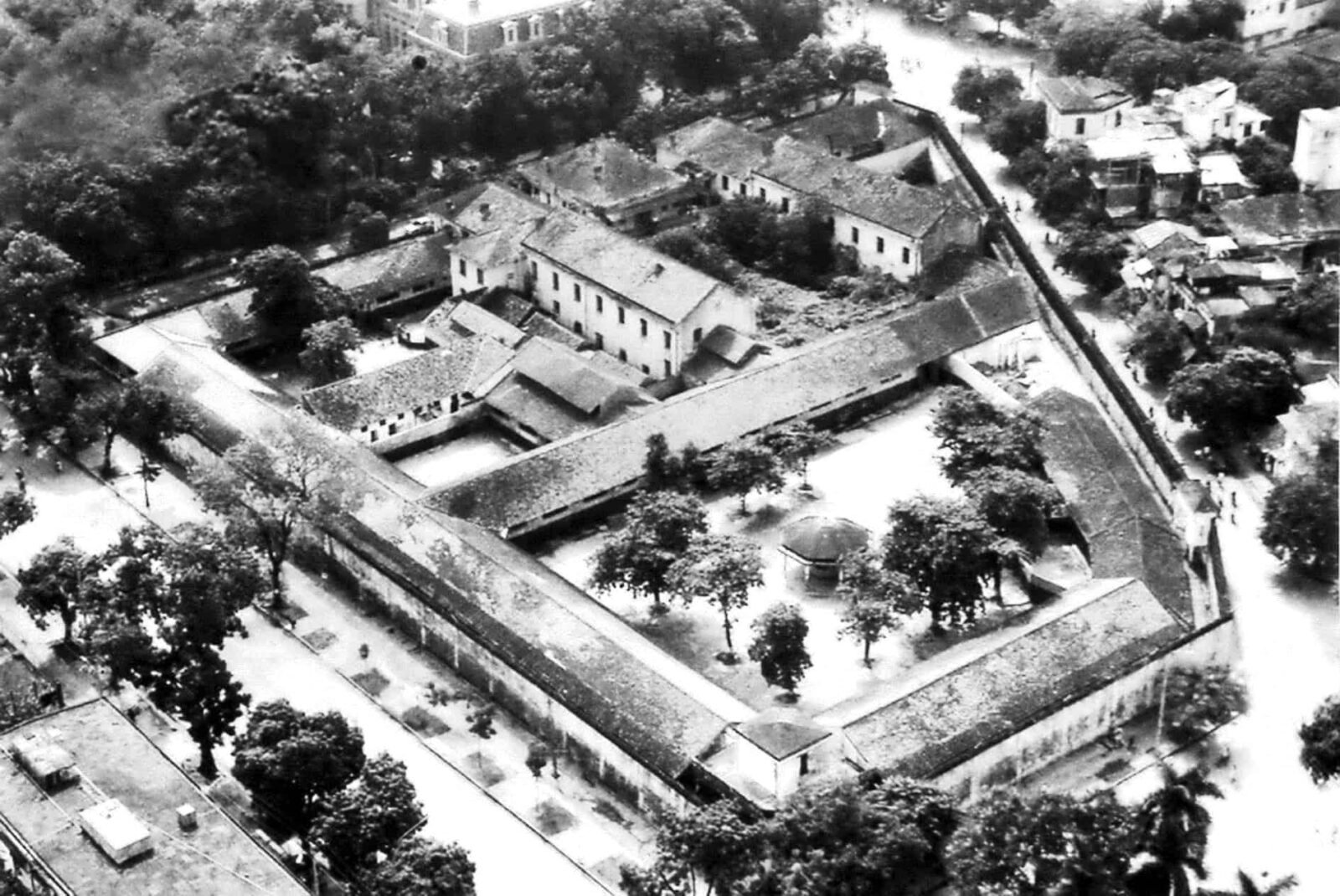
In 1896, French colonialists built
Hoa Lo Prison with an area of nearly 13,000m2 to detain thousands of Vietnamese patriotic revolutionary soldiers. At this time,
Hoa Lo Prison was called Central Prison (Maison Centrale). However, because it was built on the land of Phu Khanh village - a famous craft village of Ha Thanh land (the familiar folk name of Hanoi today) specializing in making all kinds of clay pots, clay kettles and stoves, with the furnace blazing day and night, people commonly called it Hoa Lo or Hanoi prison. After the Liberation of the Capital on October 10, 1954, the Vietnamese State used
Hoa Lo prison to detain lawbreakers. From August 5, 1964 to March 29, 1973,
Hoa Lo prison was used to detain American pilots. During this period, American pilots humorously called Hoa Lo “Hilton Hotel - Hanoi” or “Heart-Broken Hotel”.
Dubbed “hell on earth”,
Hoa Lo prison witnessed the cruel tactics of French colonialists against Vietnamese revolutionary soldiers through the detention and repression regime; diet for prisoners, inhumane forms of torture... Prisoners with sentences of up to 5 years or death were detained by the French colonialists in Hoa Lo. According to the original design, the French colonialists intended to lock up 450 prisoners in
Hoa Lo prison, but in reality, they detained up to 2,000 people.
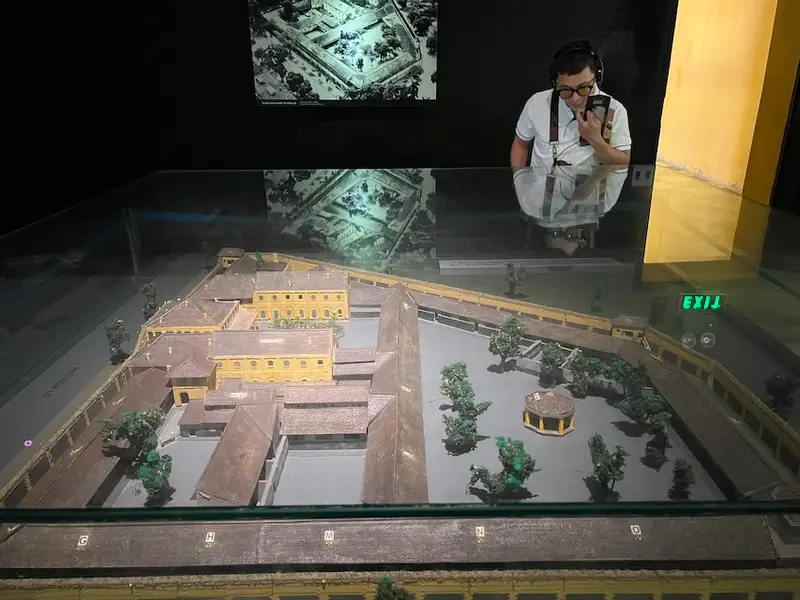
Surrounding
Hoa Lo prison is a solid stone wall 4m high, 0.5m thick, with broken glass and high voltage wires to prevent prisoners from escaping. At the foot of the inner wall is a 3m wide sidewalk for guards to patrol around the prison area. At the four corners there are four watchtowers, capable of observing the entire inside of the patrol road and around the outside of the prison.
Hoa Lo prison is divided into four separate areas A, B, C, D, of which:
Areas A and B are for prisoners under investigation, minor crimes, or violations of prison discipline.
Area C is for French or foreign prisoners.
Area D is for prisoners with serious crimes and awaiting execution.
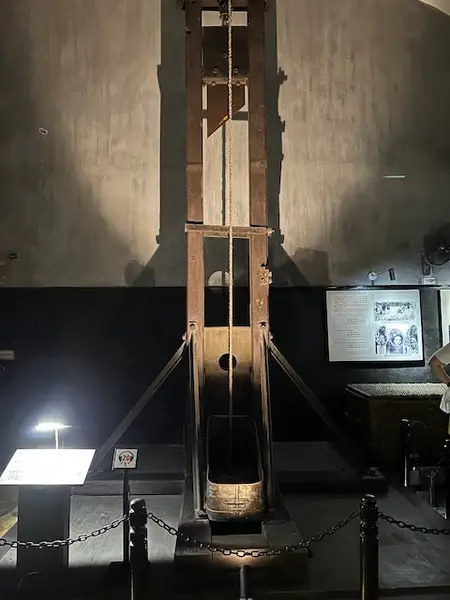
Prison D is one of the largest prisons in
Hoa Lo Prison, and is also the most important place because this area is mainly used to detain political prisoners. Behind Prison D is the path leading to Cachot (solitary confinement). This is where prisoners who are accused of violating prison regulations or having acts of resistance are punished. In the southwest corner of the prison, the French colonialists built a solitary confinement area to detain prisoners sentenced to death. According to regulations, death row prisoners will be detained in the death row area for 10 months, then if they are retried, their sentences can be reduced to life imprisonment. However, many people have been executed after only 2-3 days of being exiled here.
Notes when visiting
Hoa Lo Prison:
• When visiting, absolutely do not bring explosives or flammable substances, all luggage must be stored in the designated place.
• Absolutely no smoking or moving artifacts in the relic area.
• Vehicles must be parked in the designated areas.
• Incense and flowers are only allowed to be placed at the memorial area.
• Do not litter.



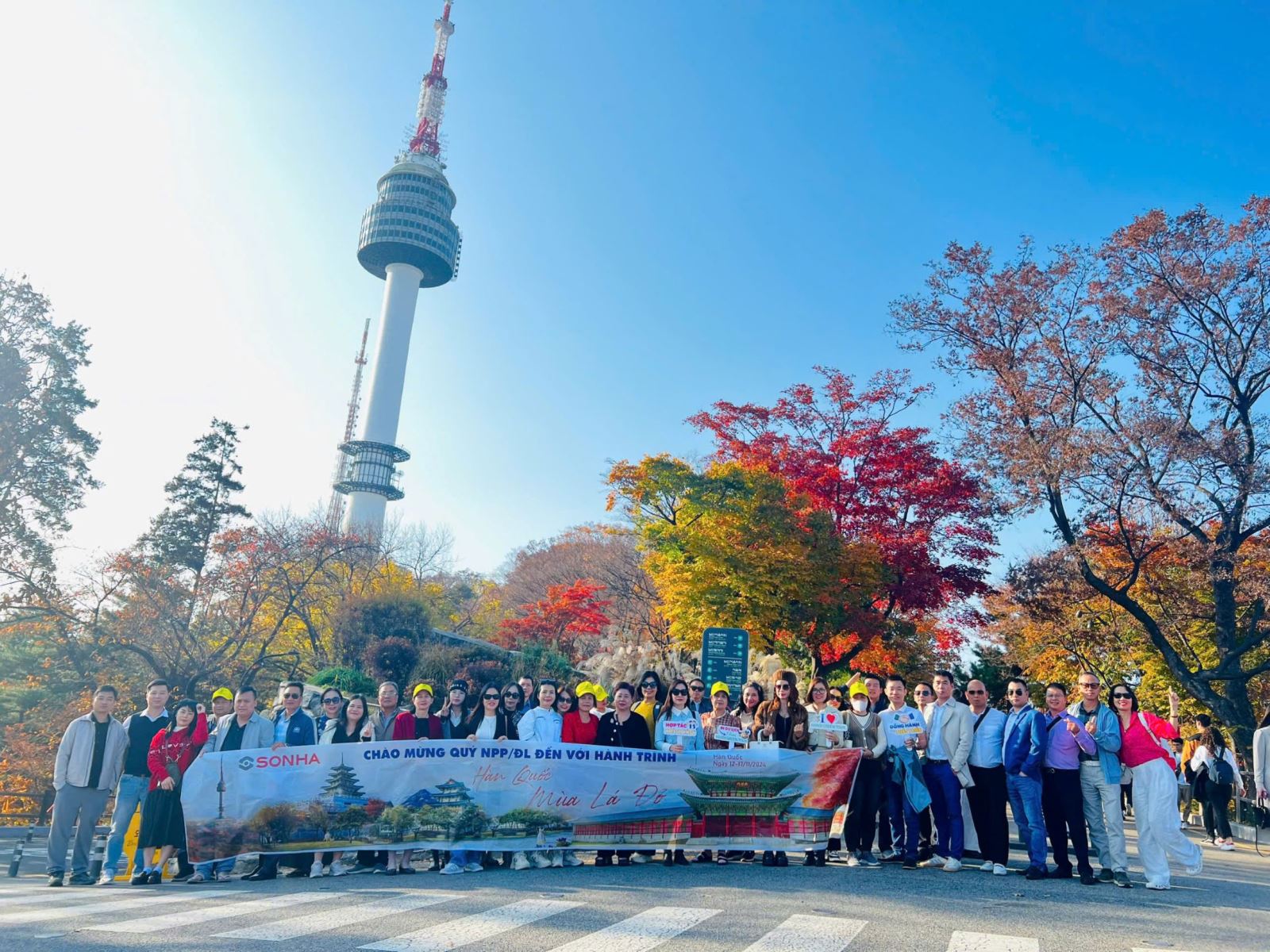



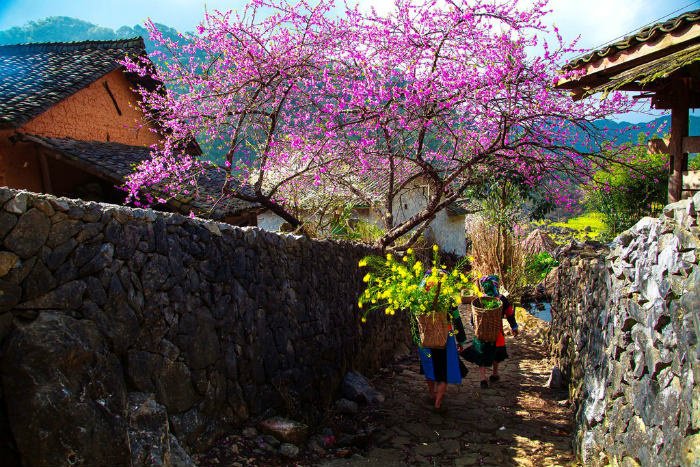
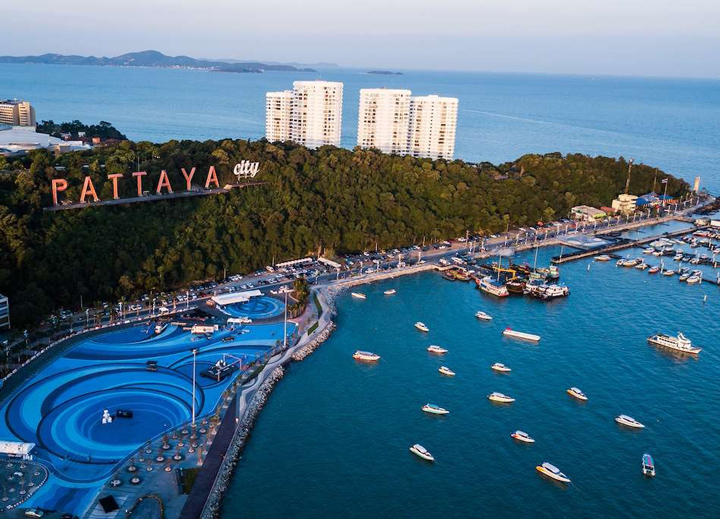
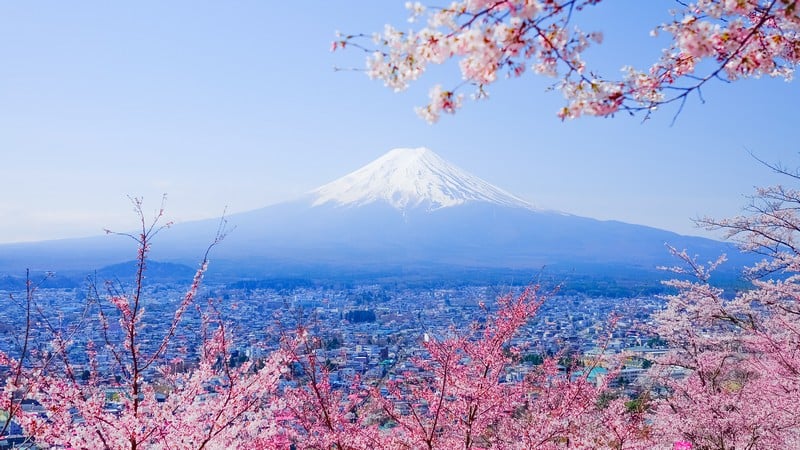


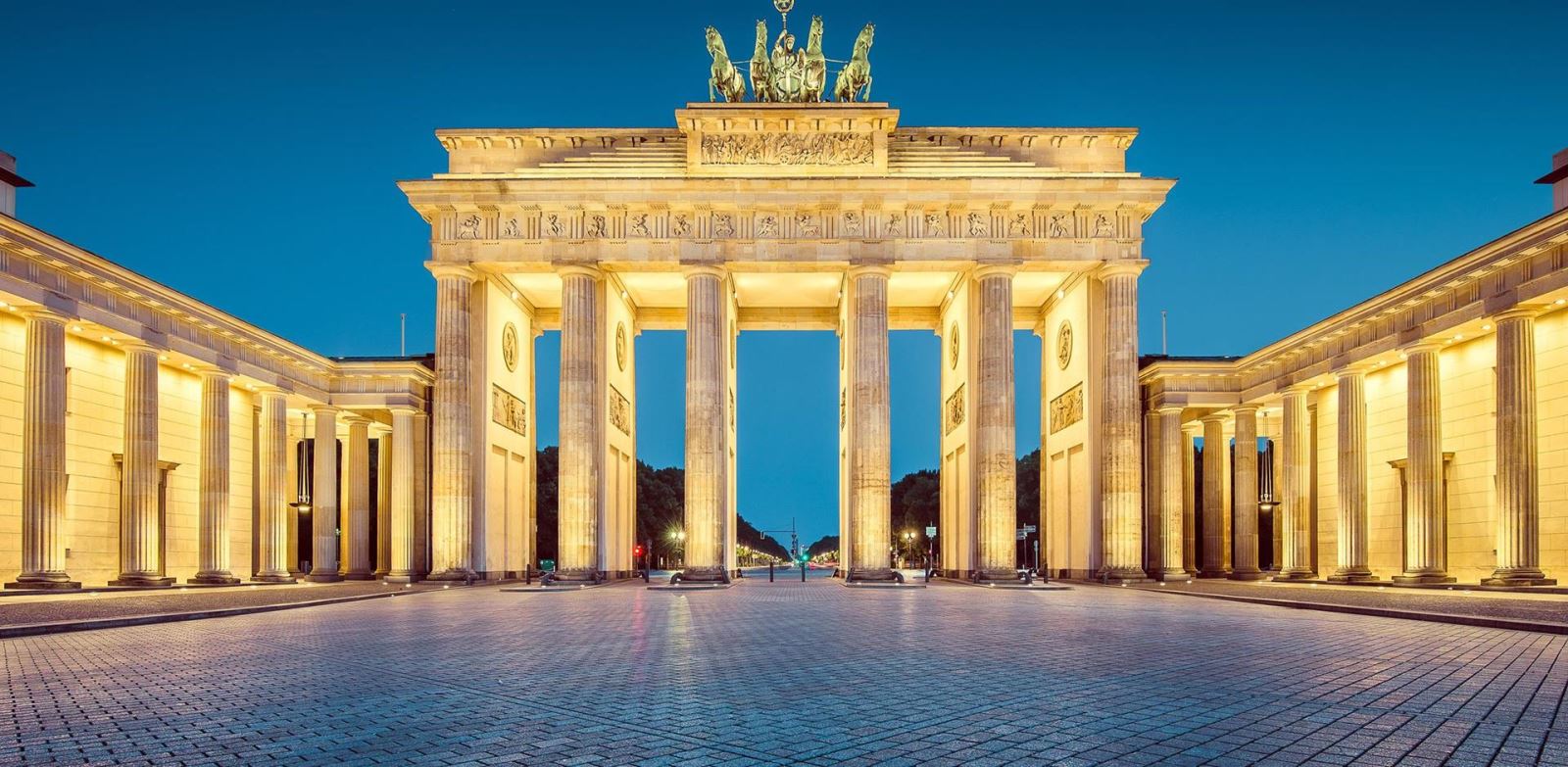
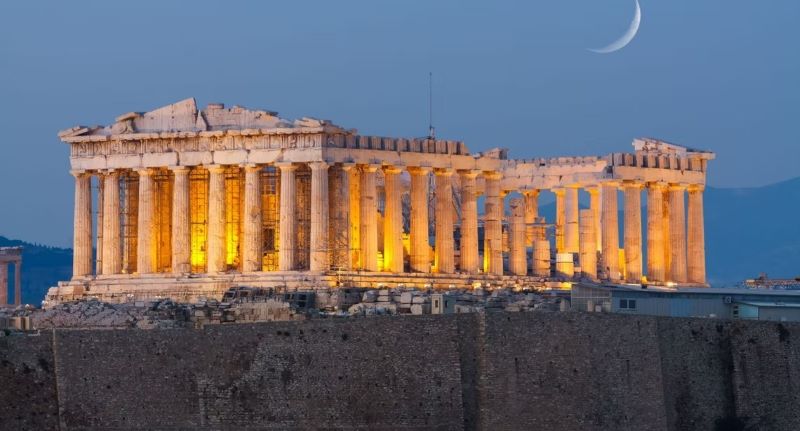
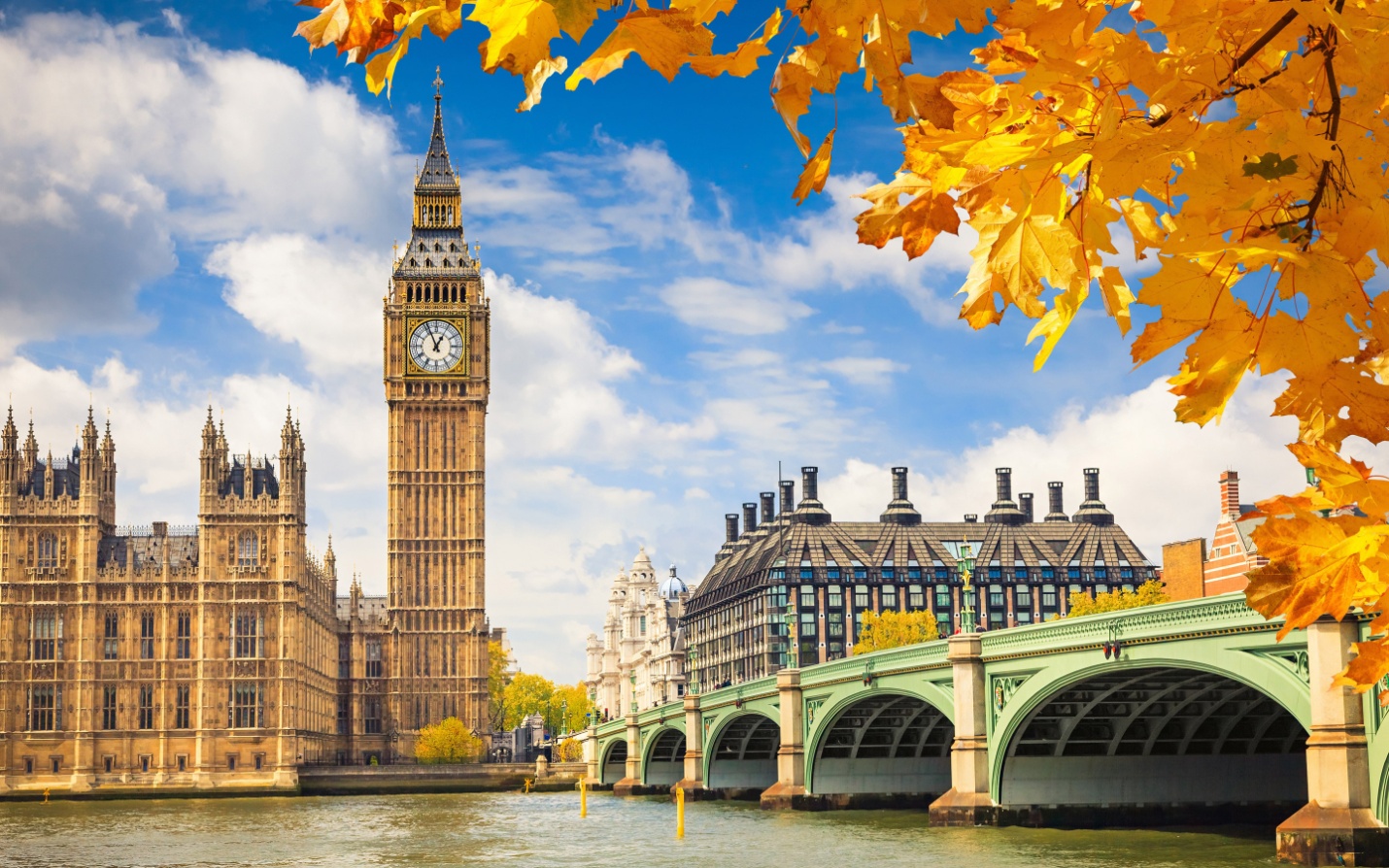
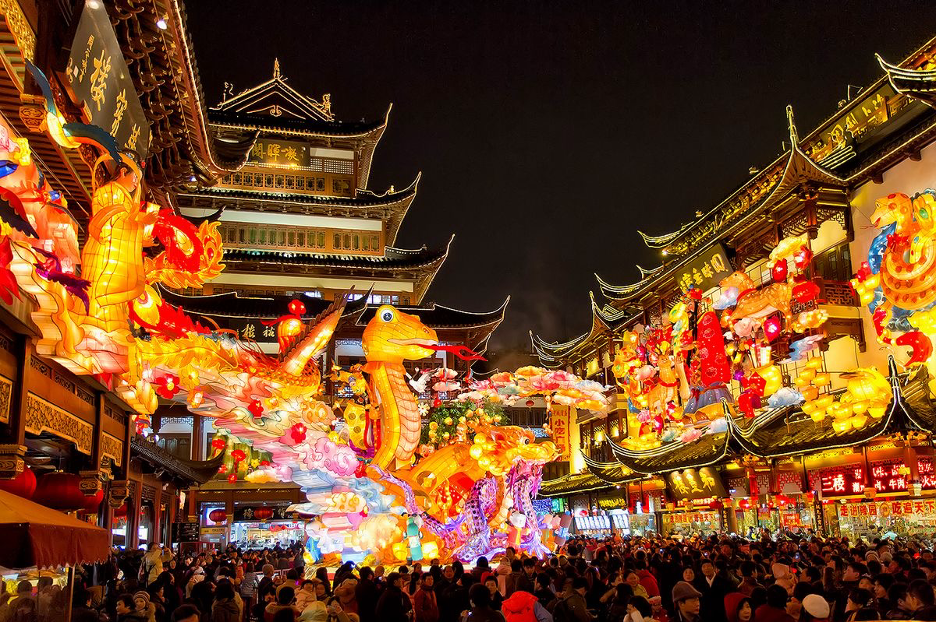
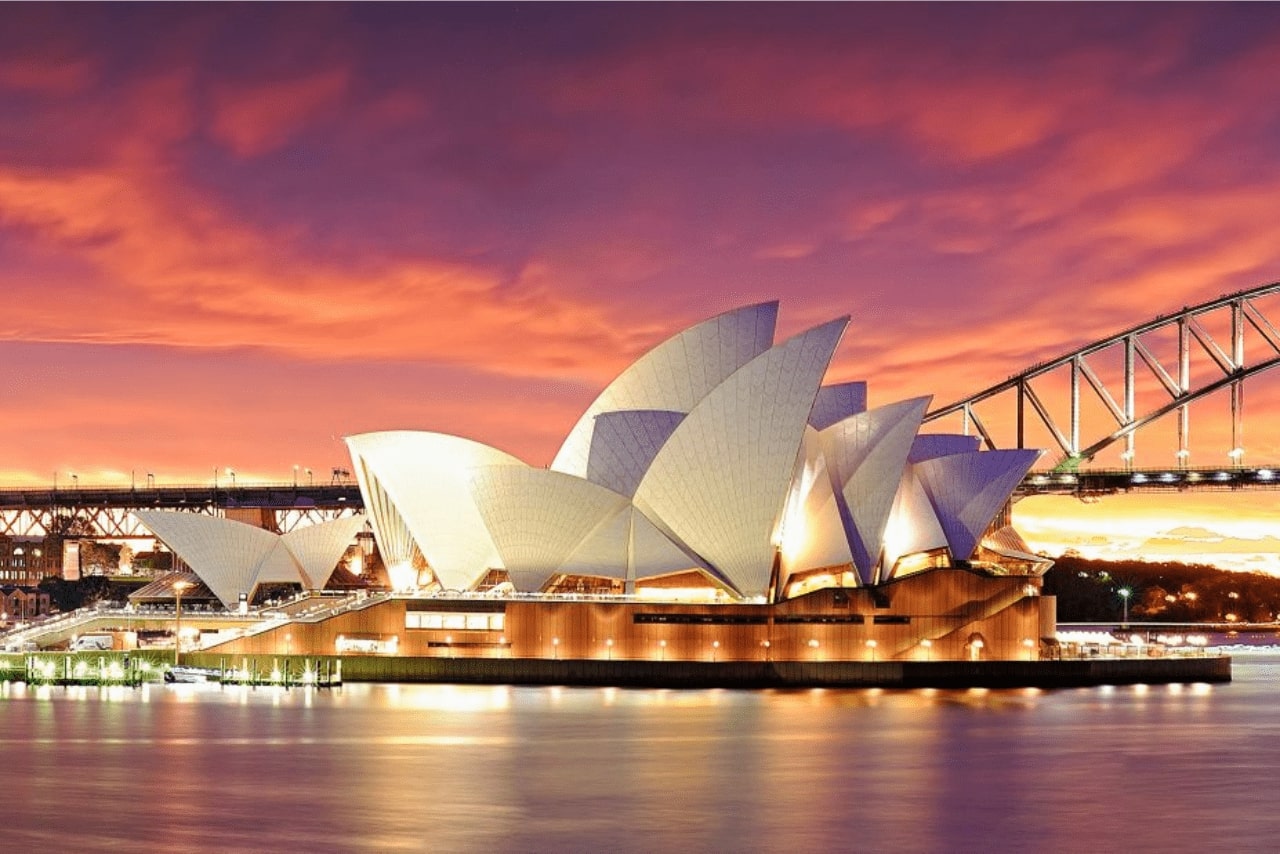
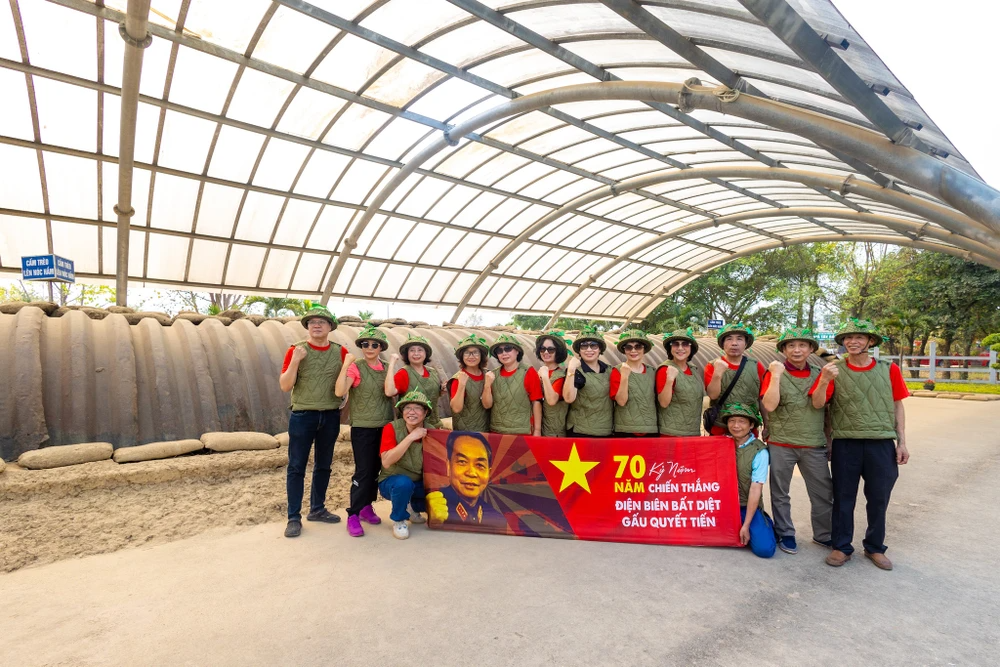
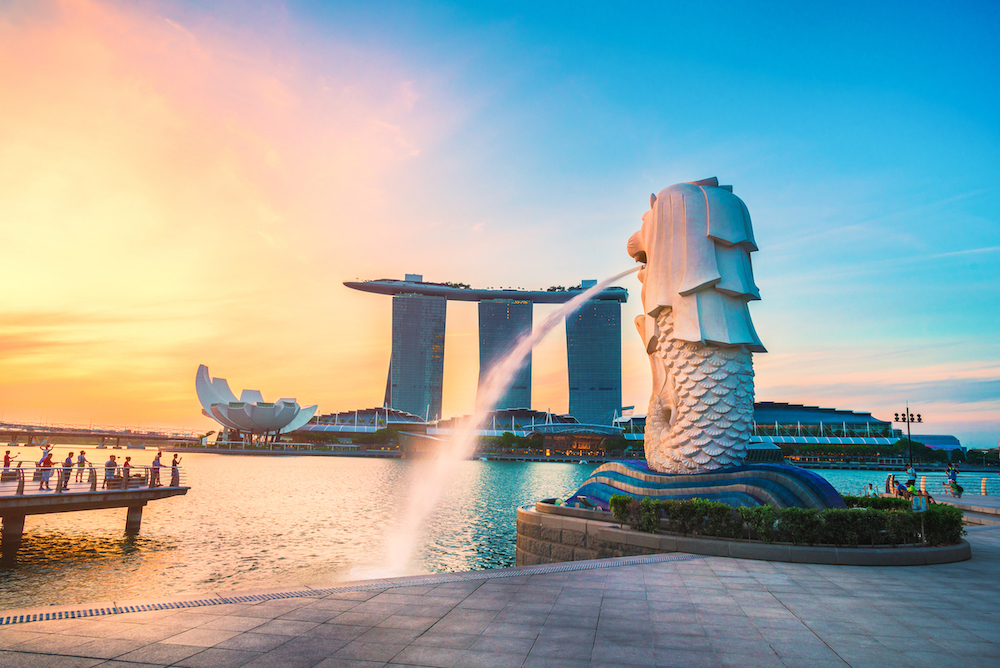
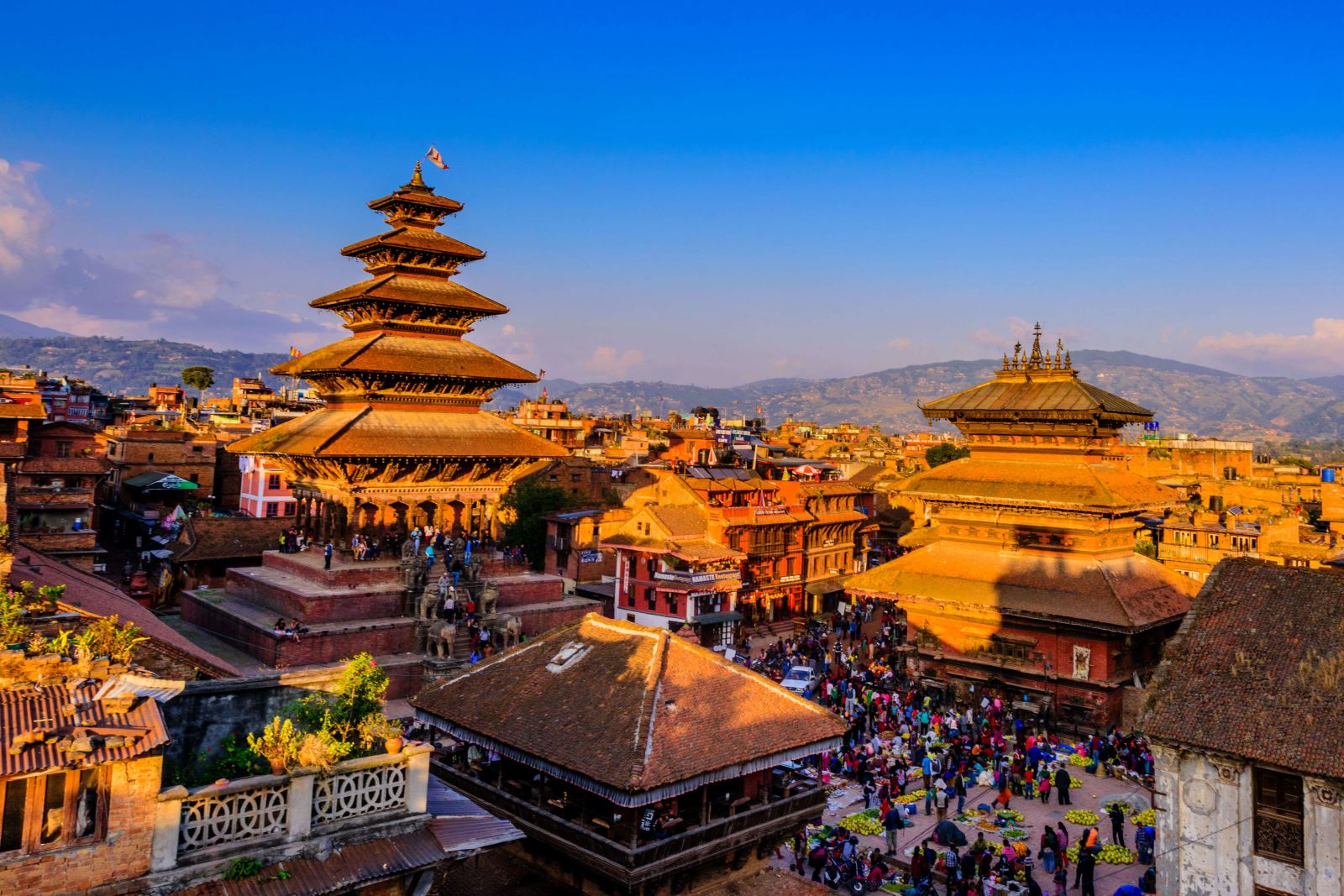
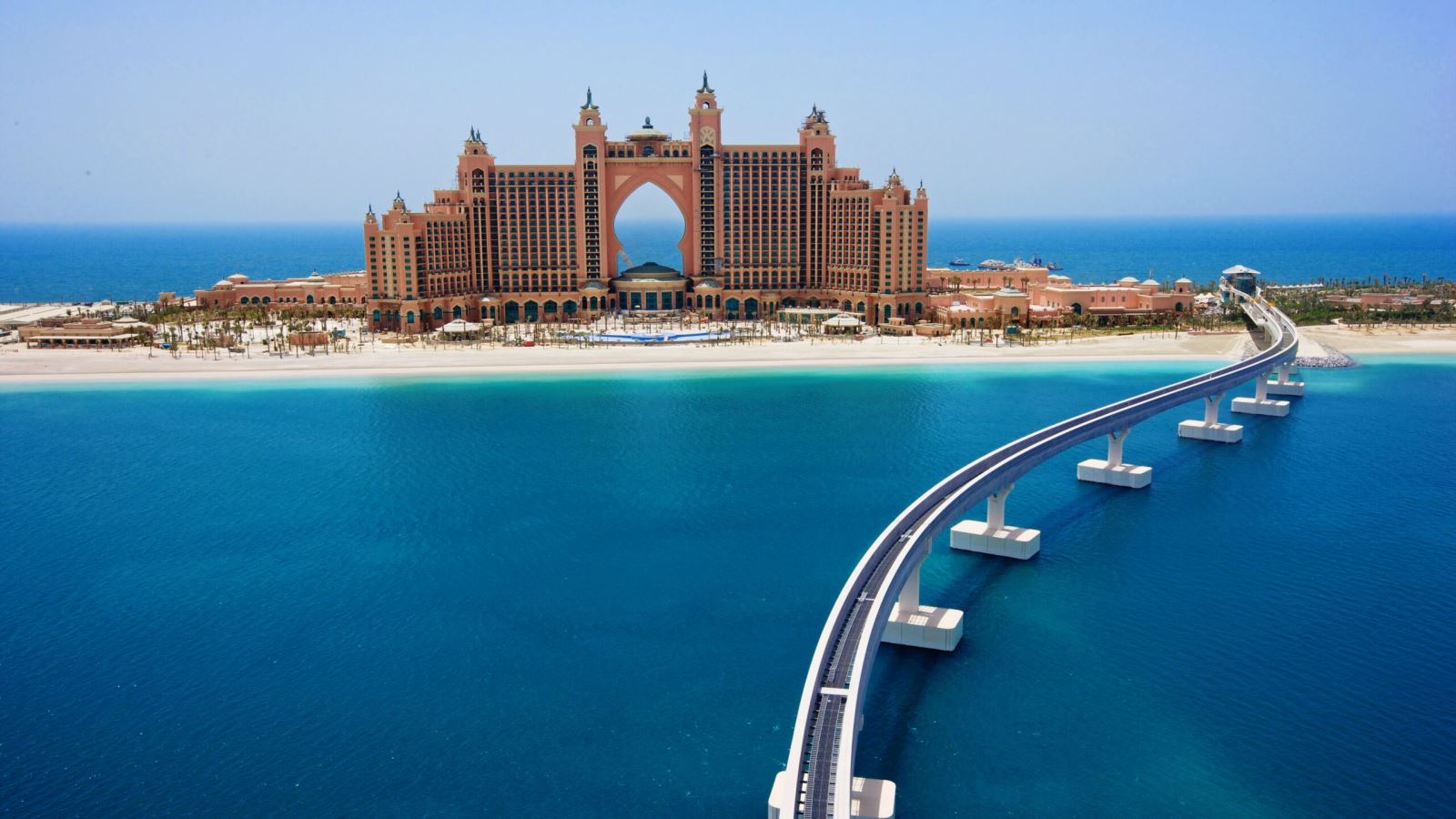


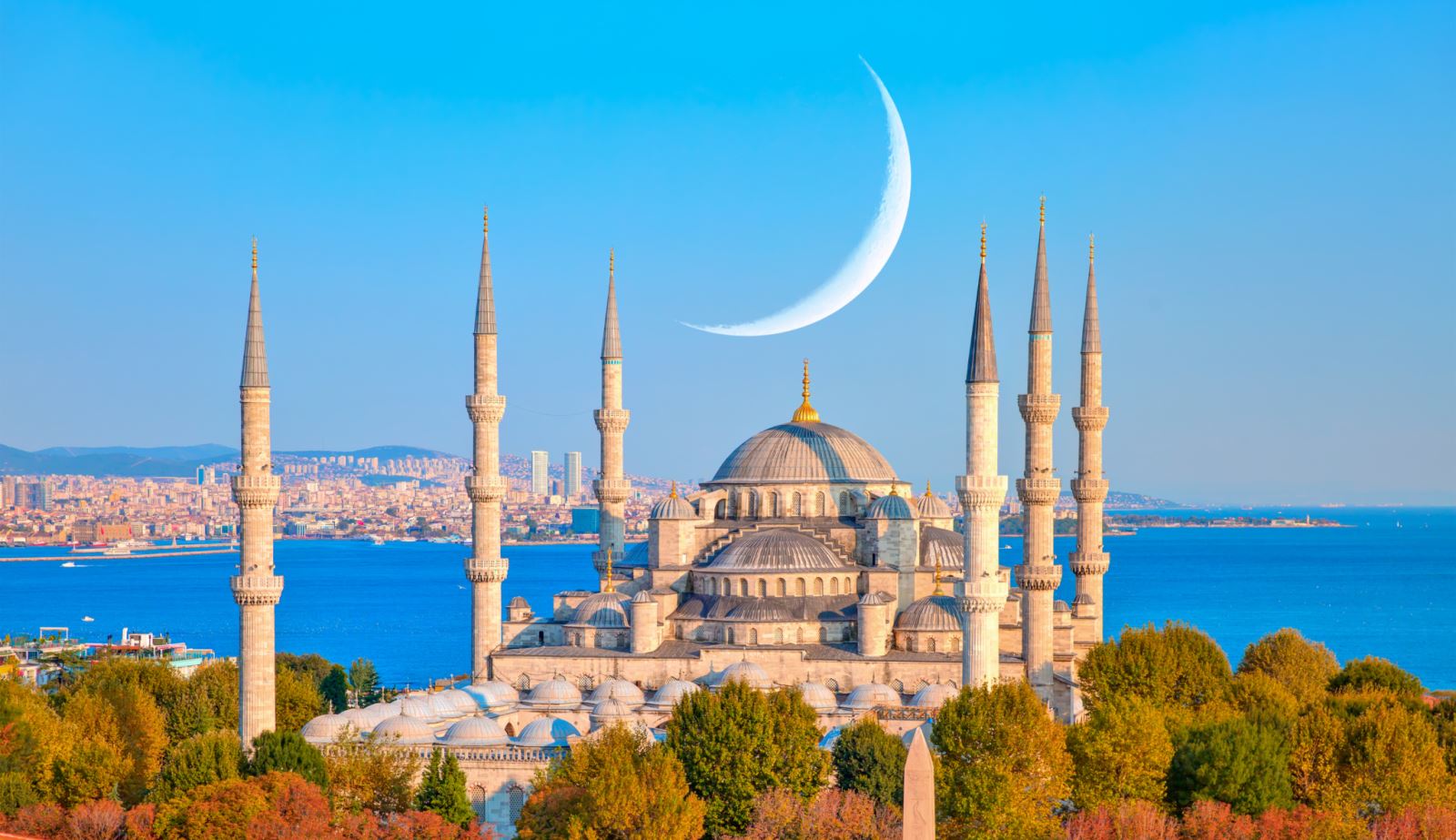




.jpg)
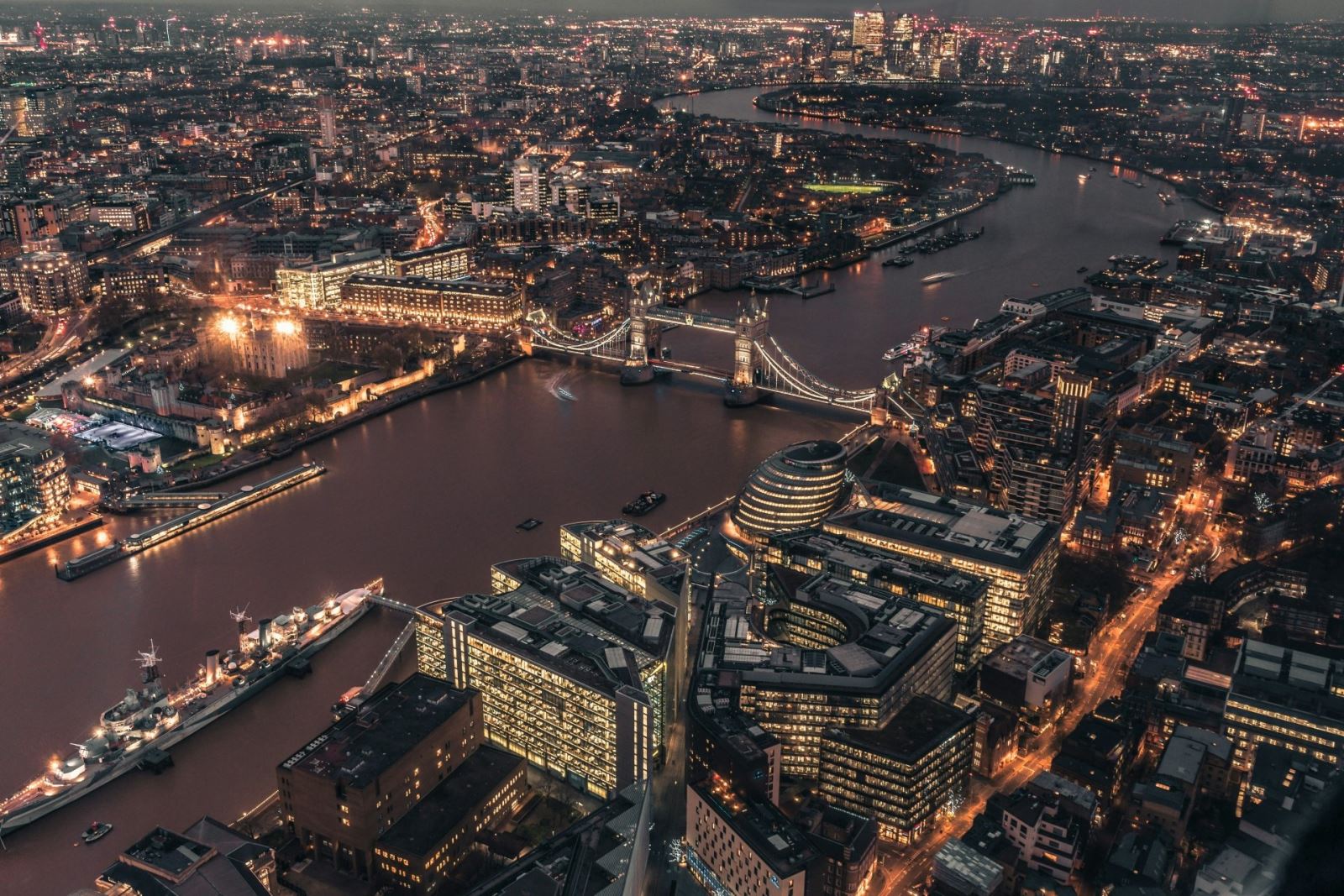


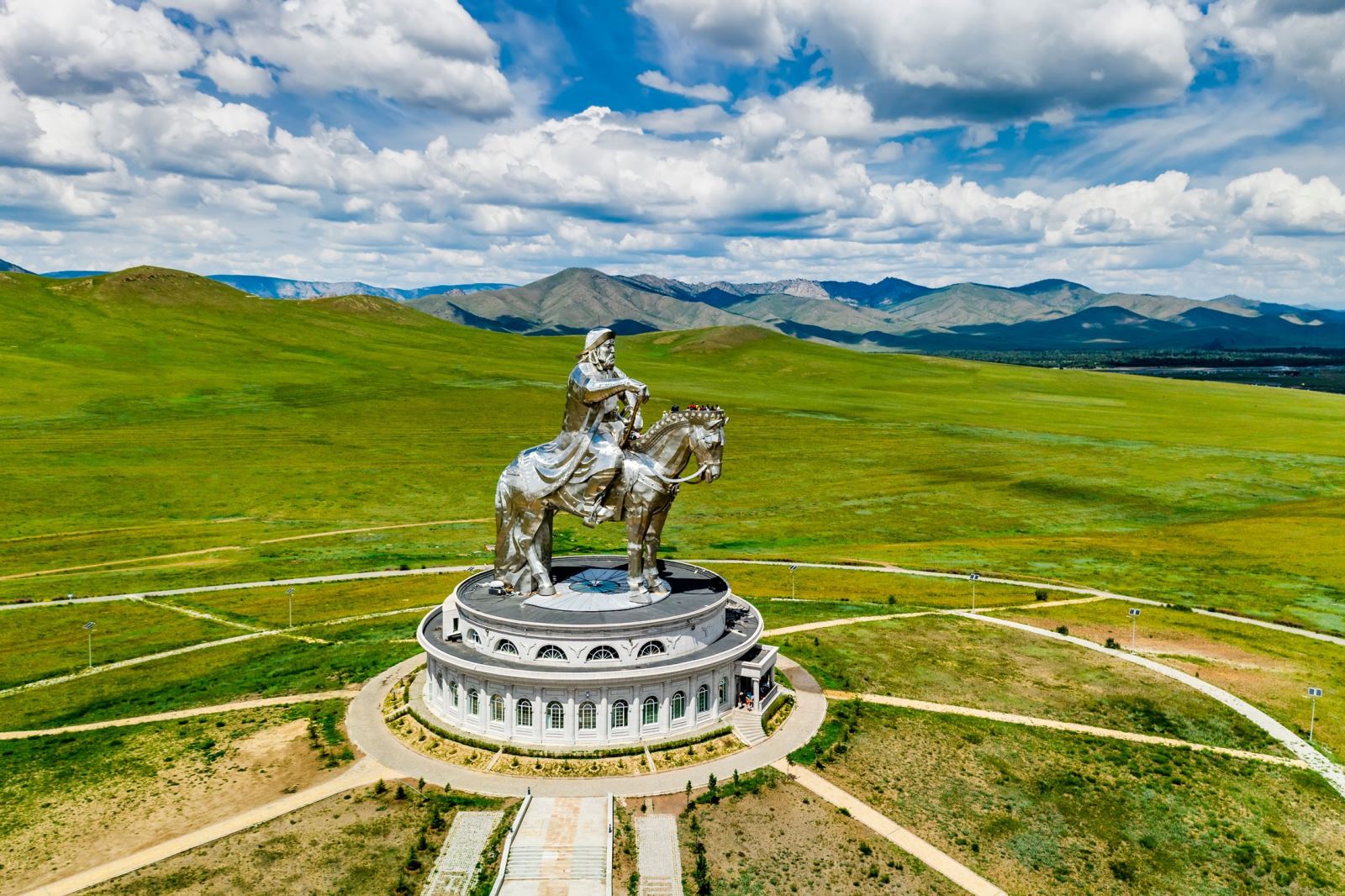

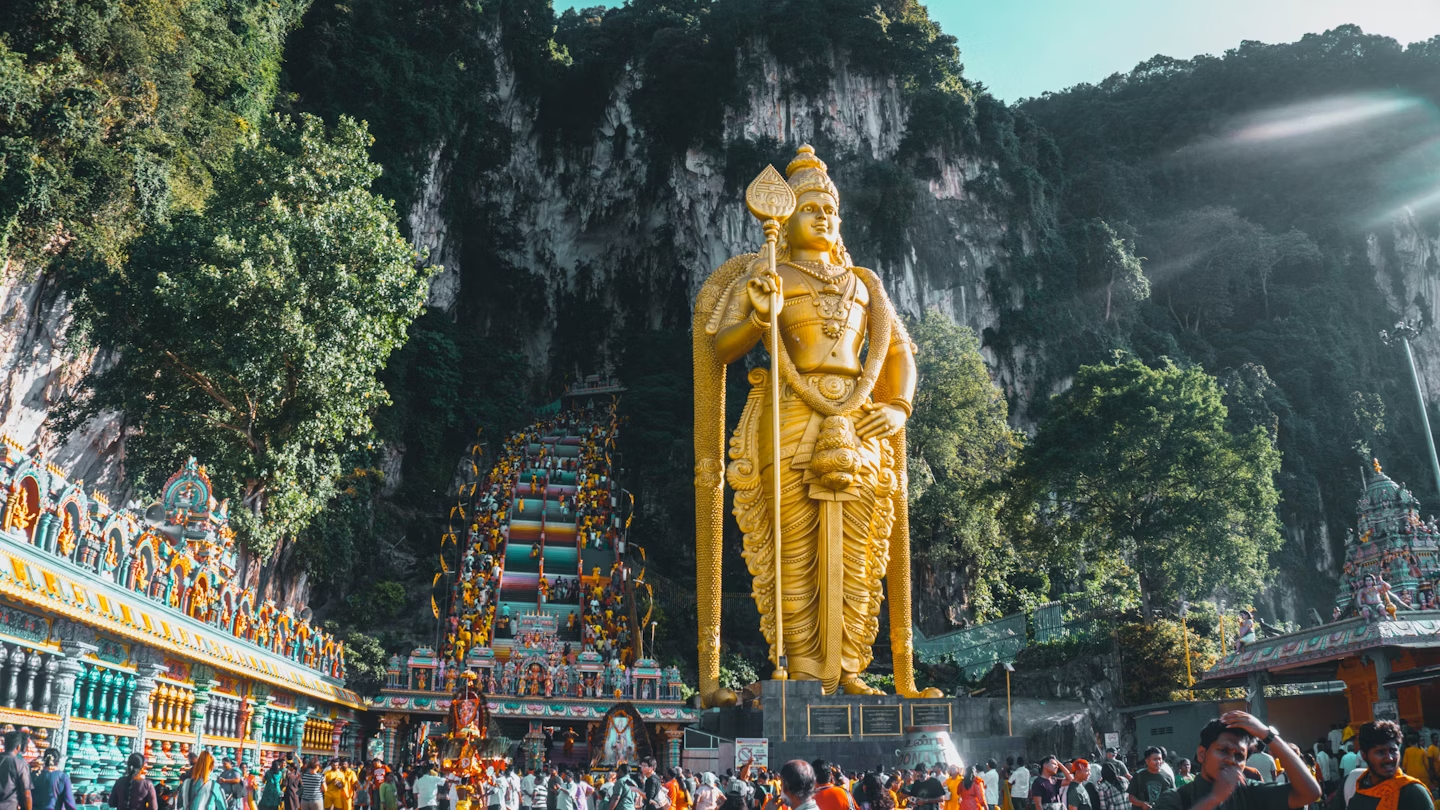
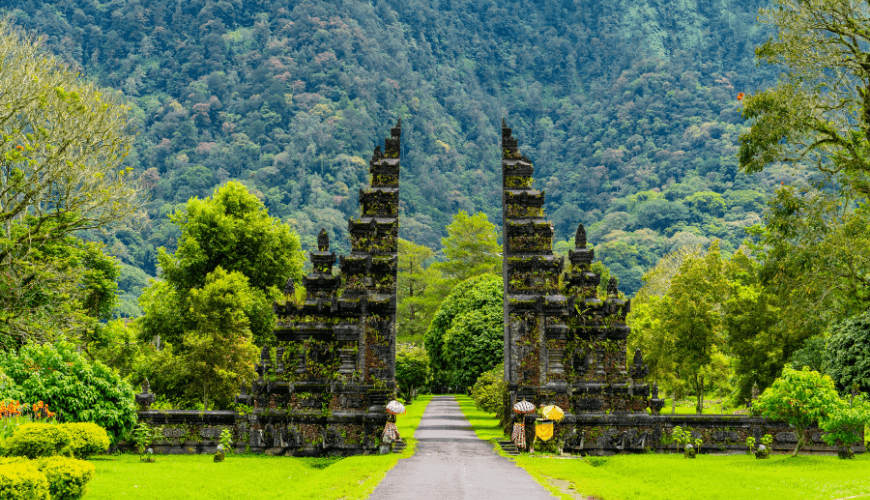
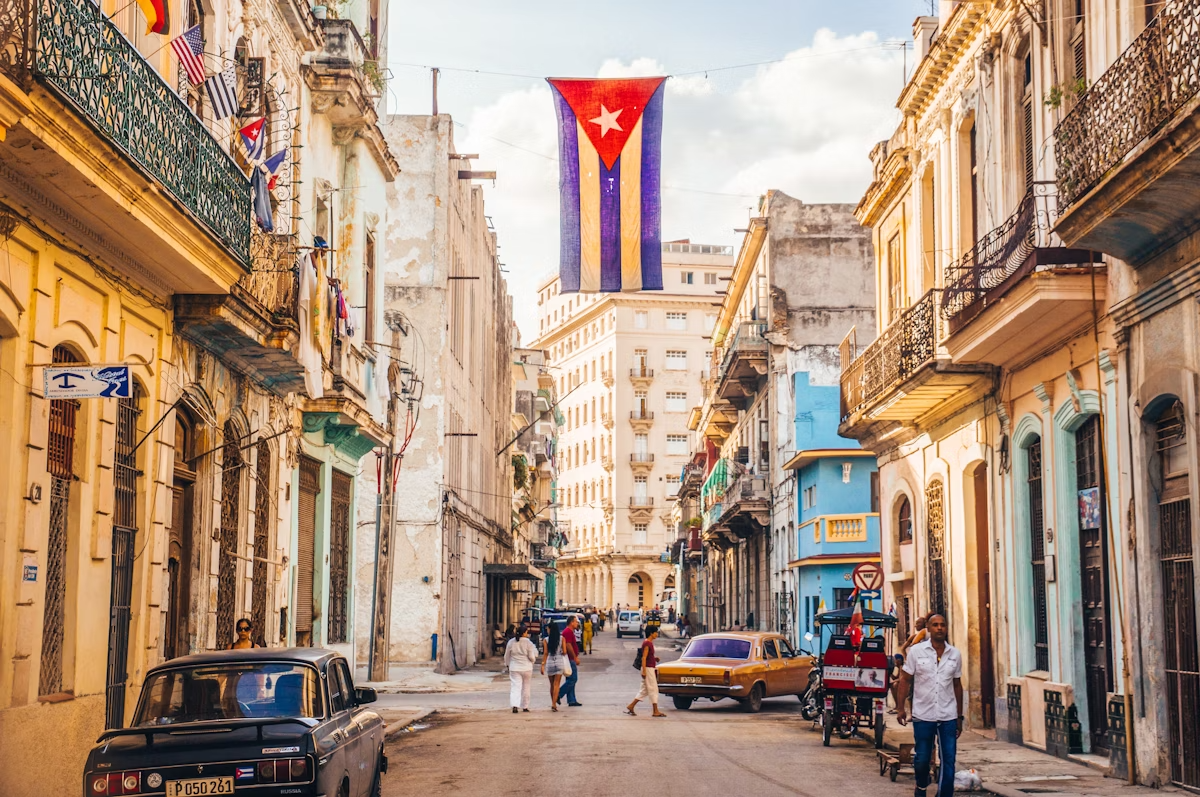

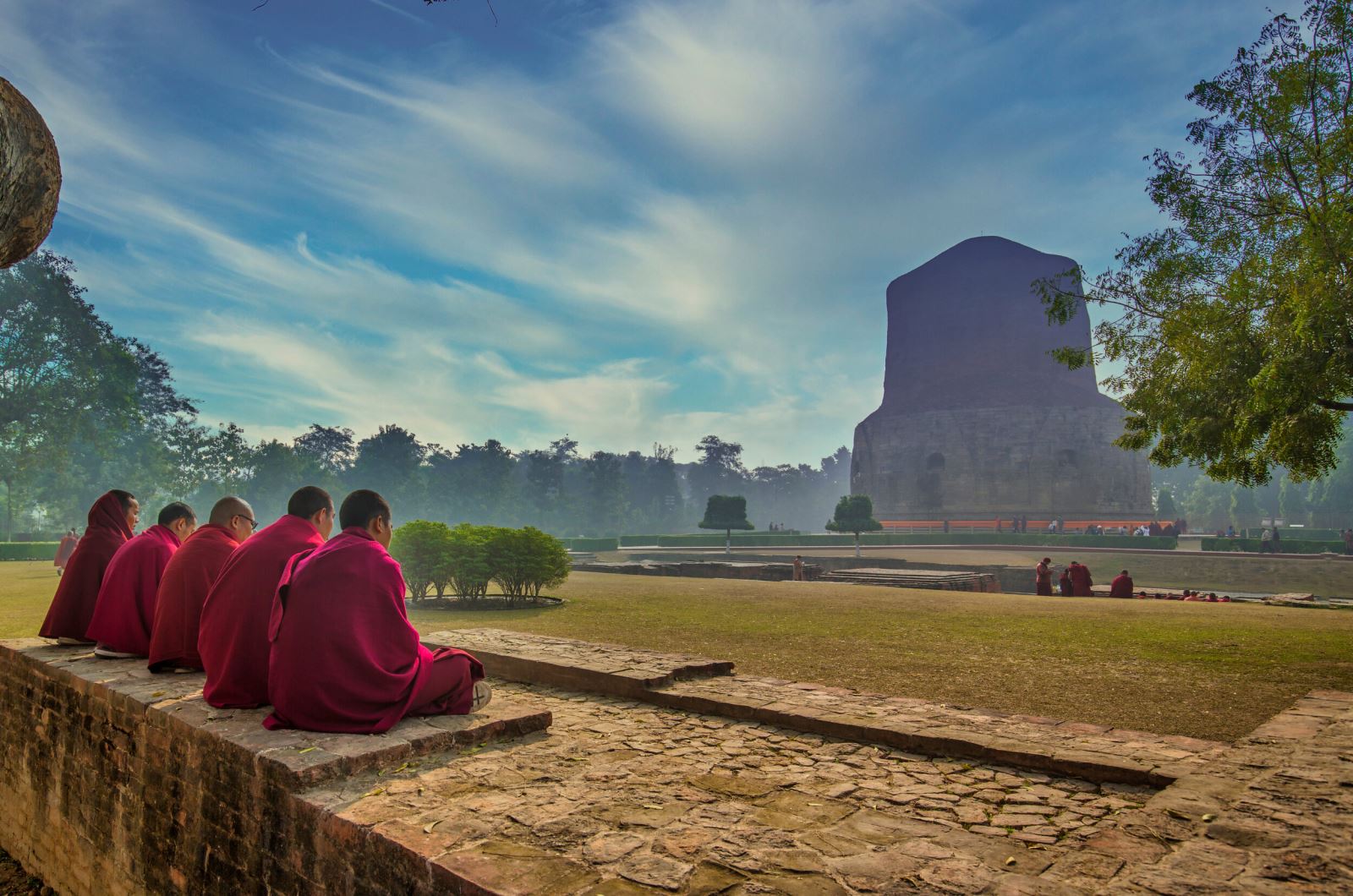


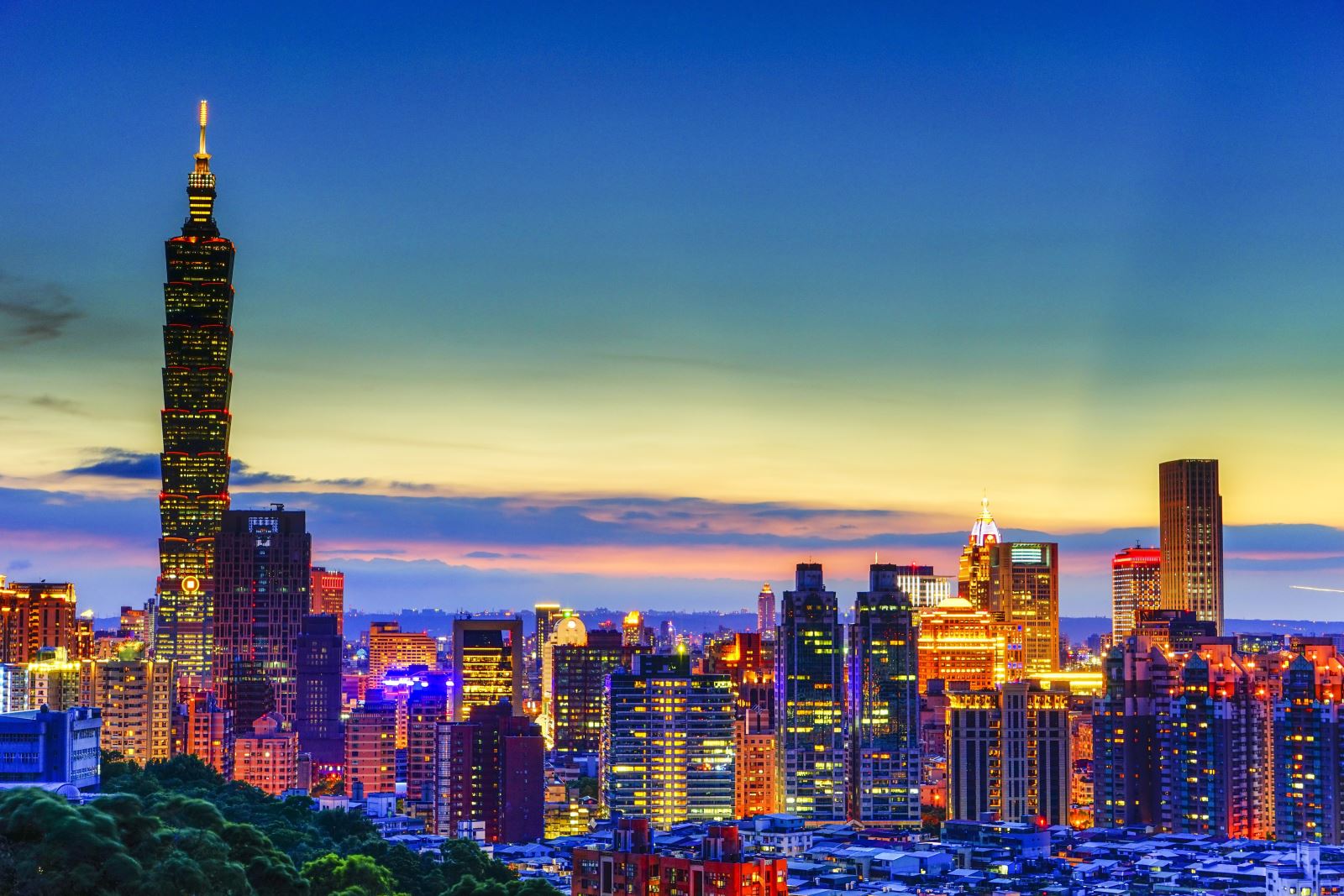
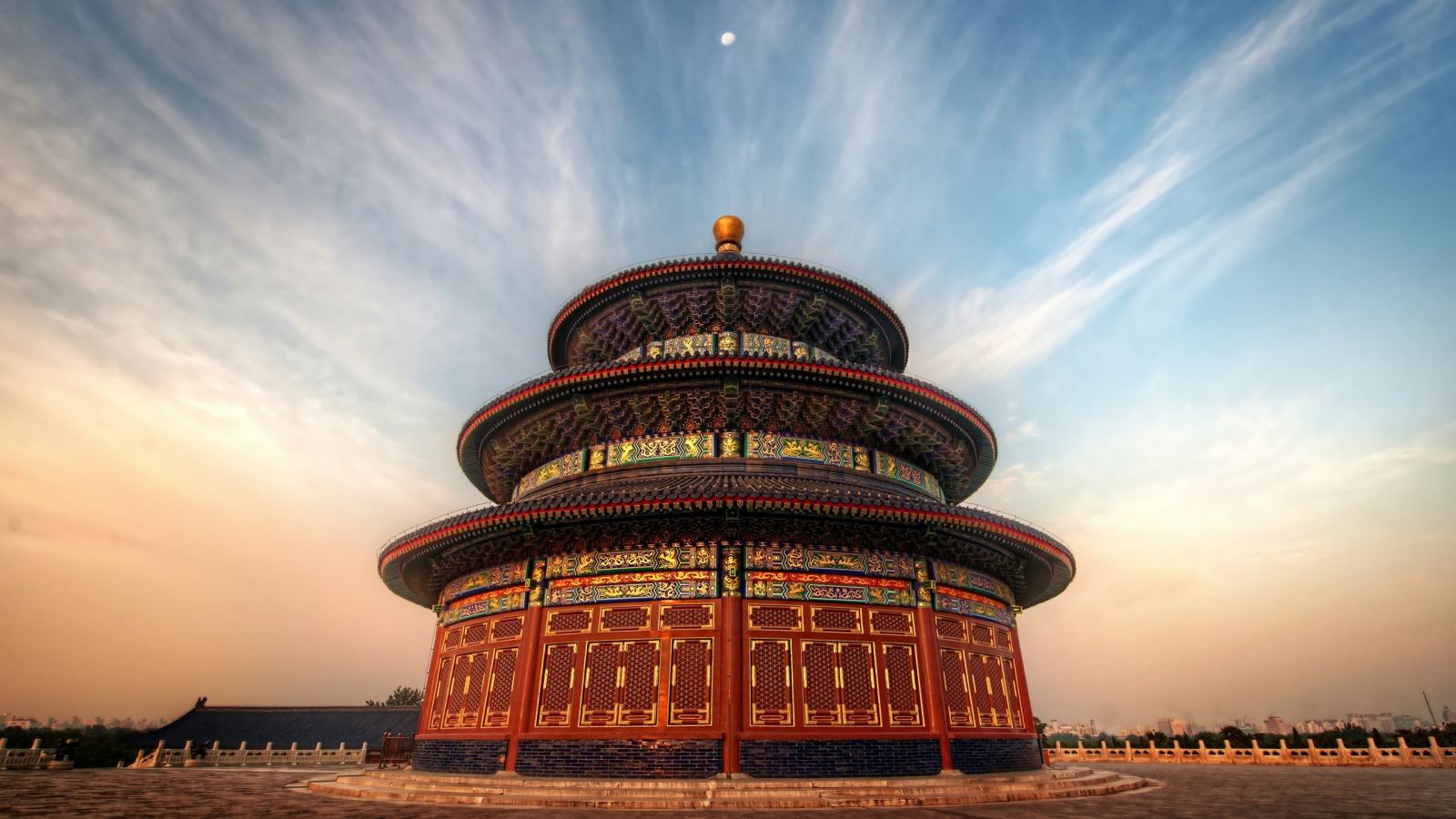
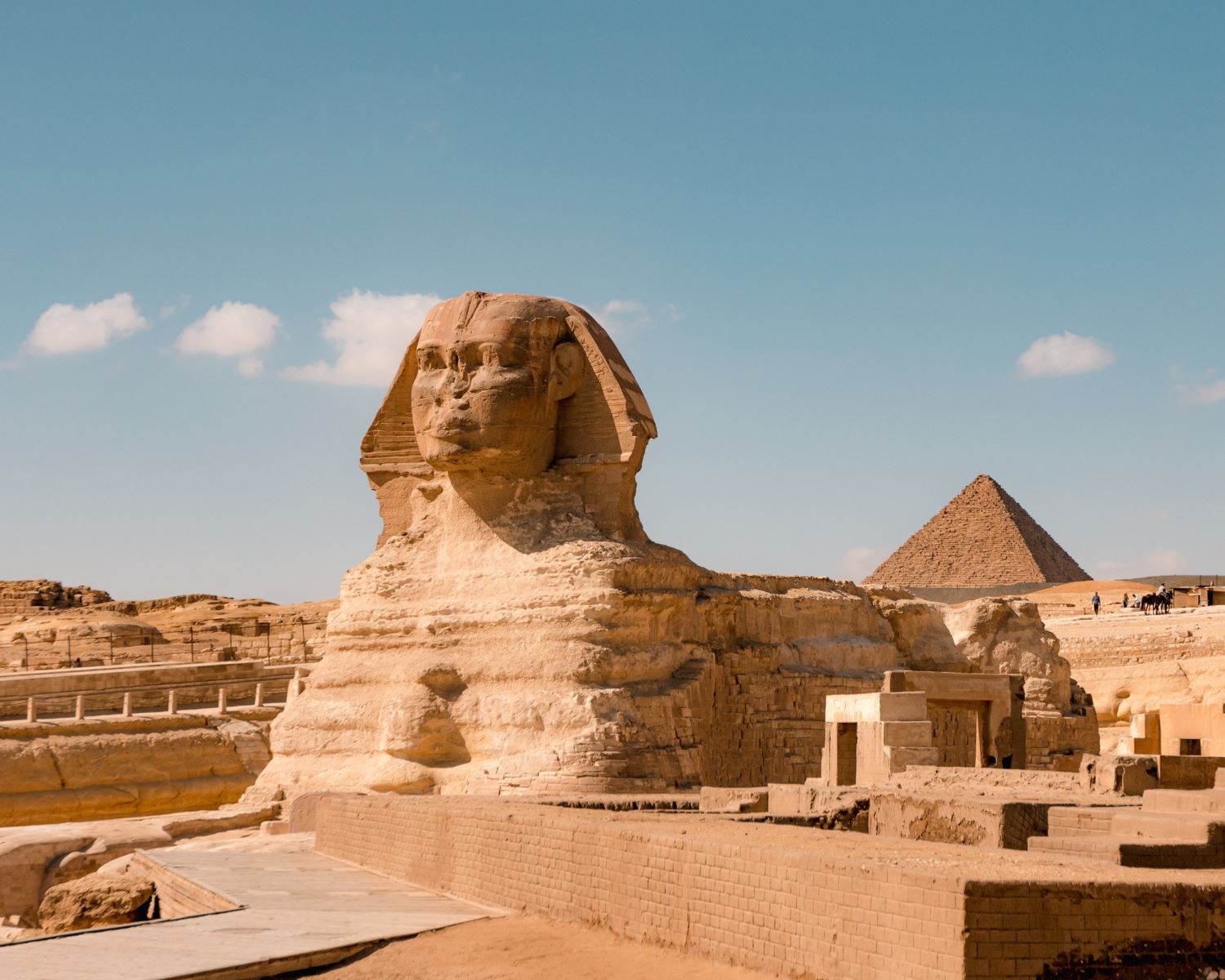


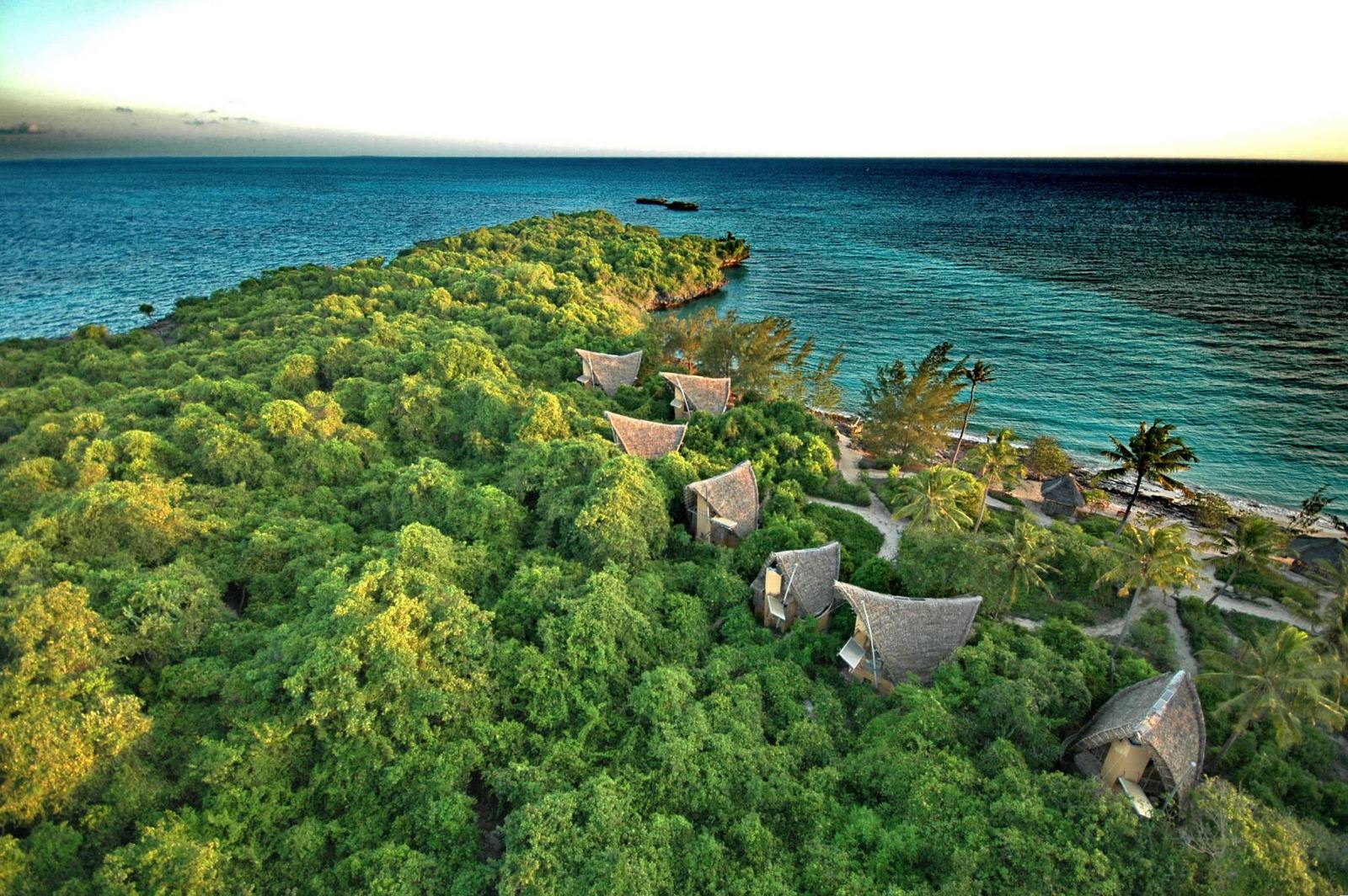
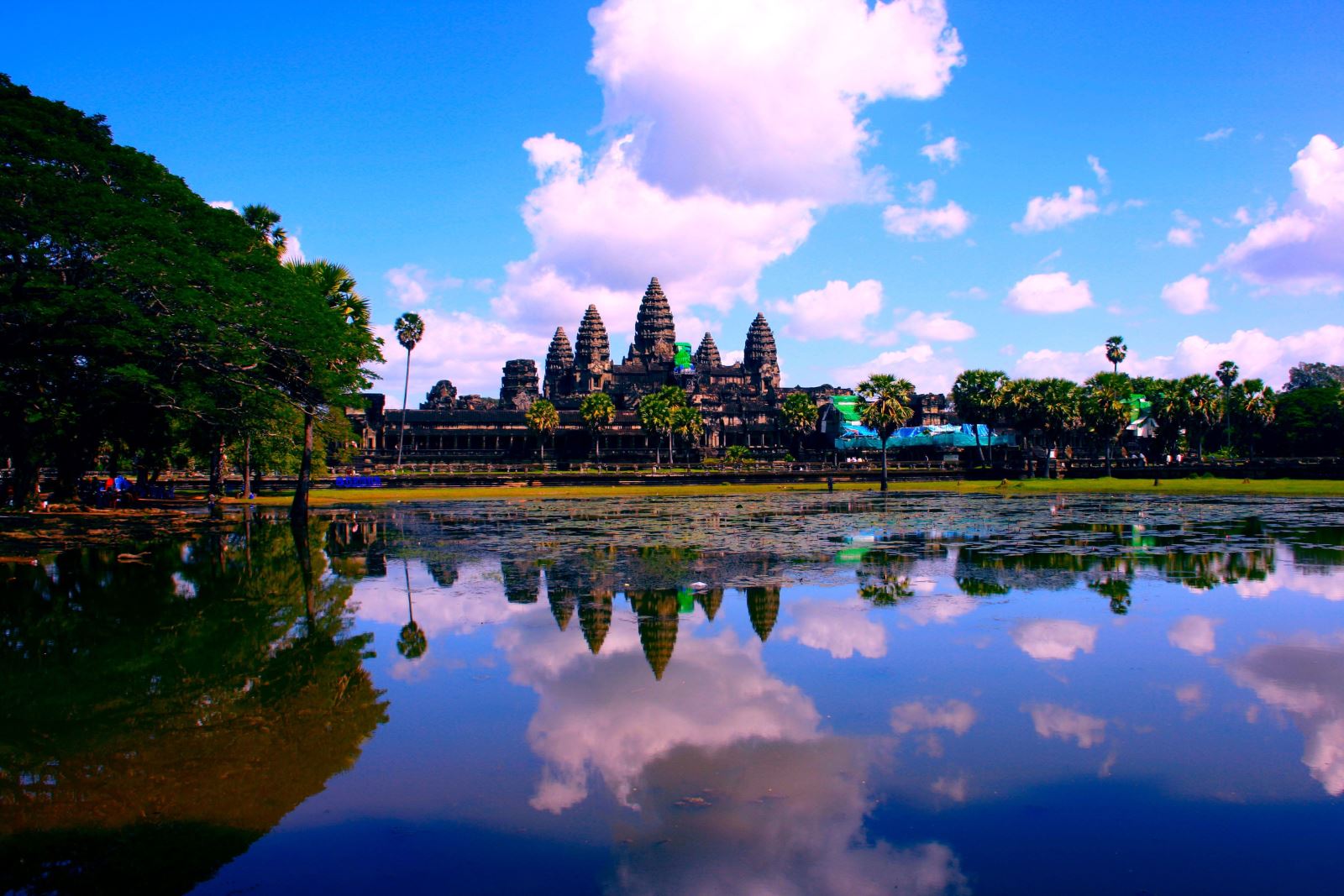
.png)








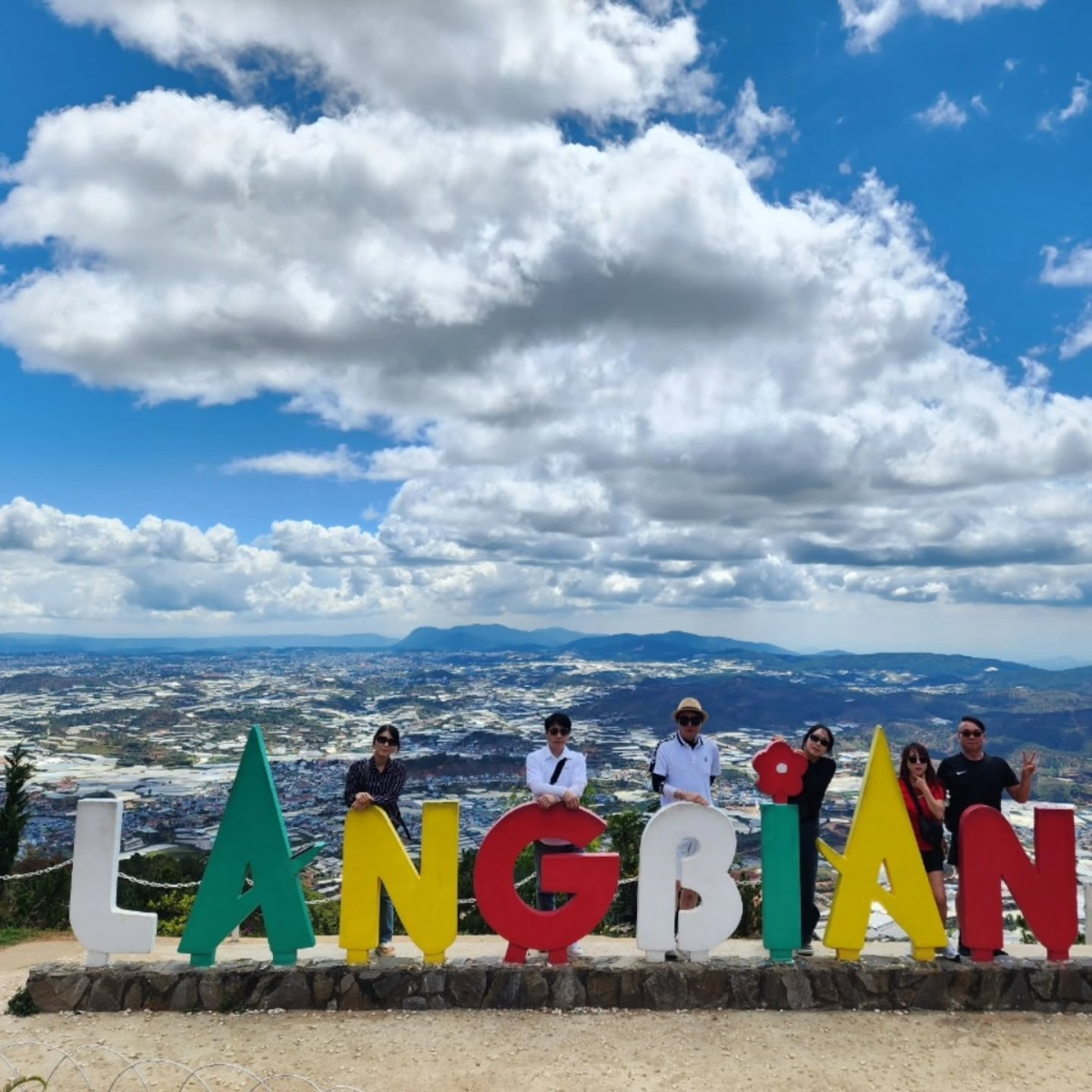
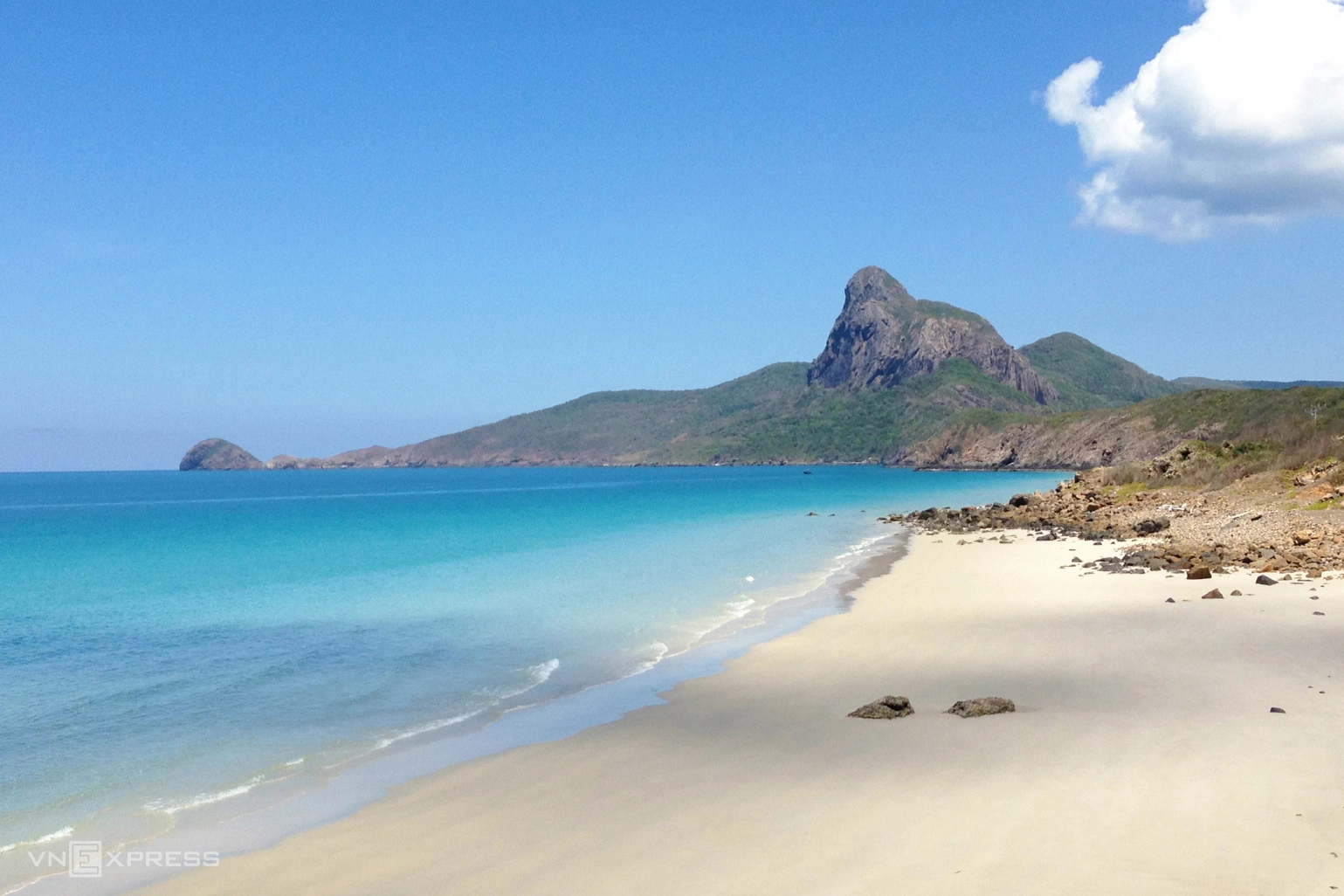

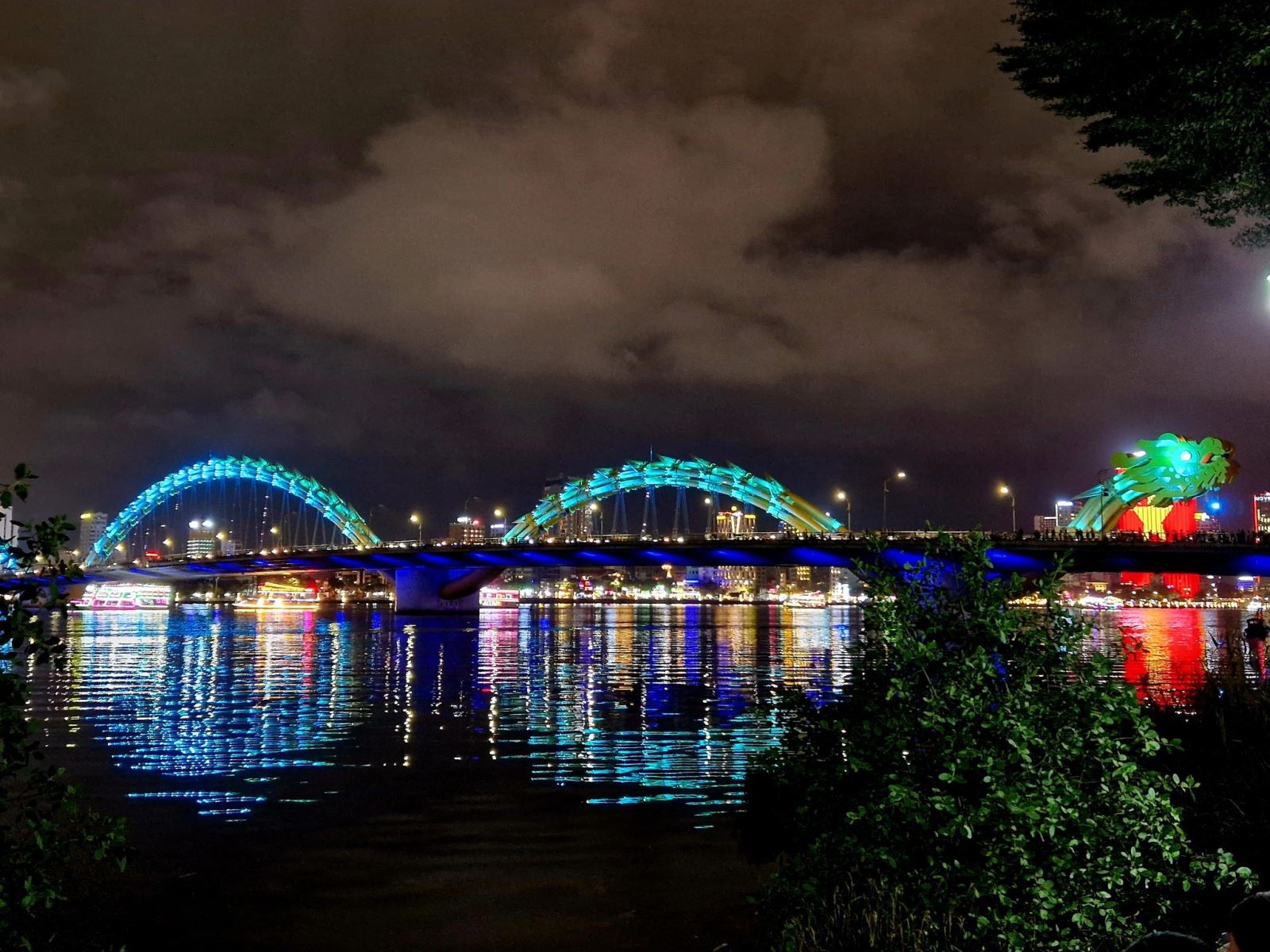

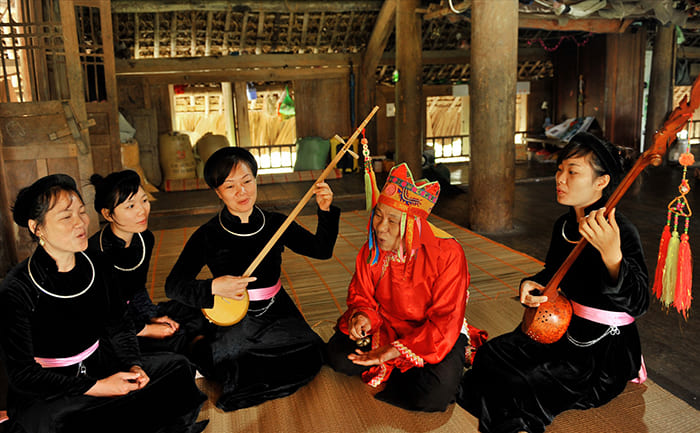
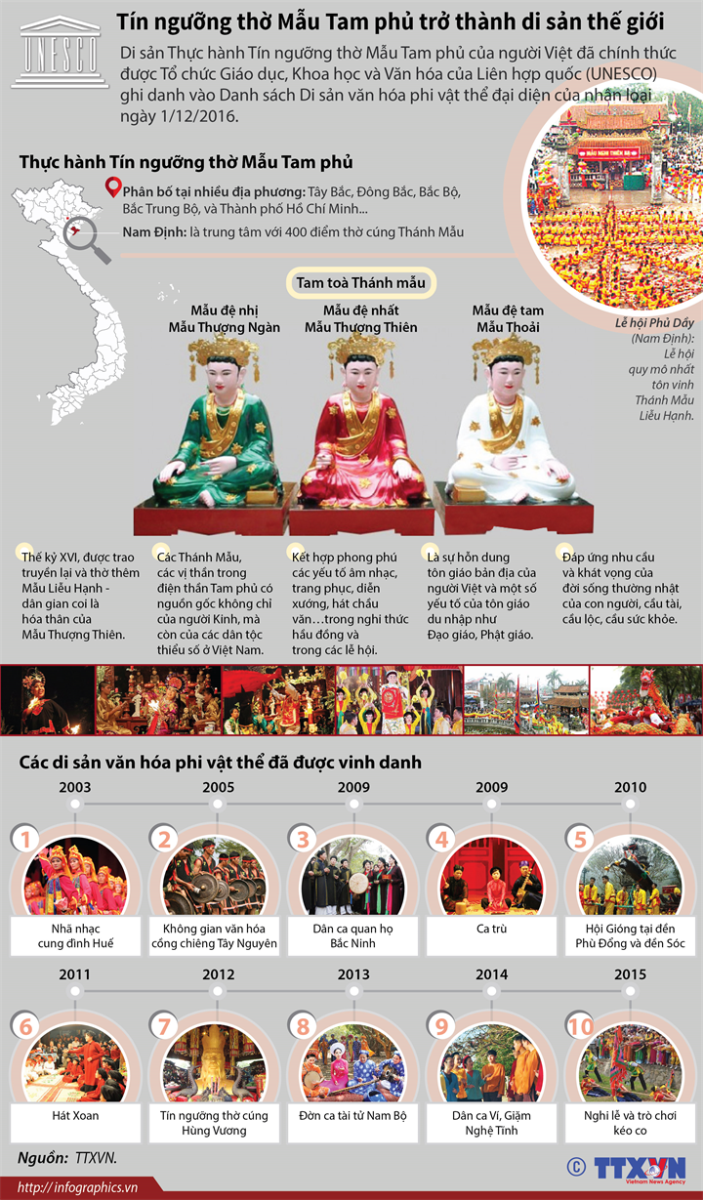
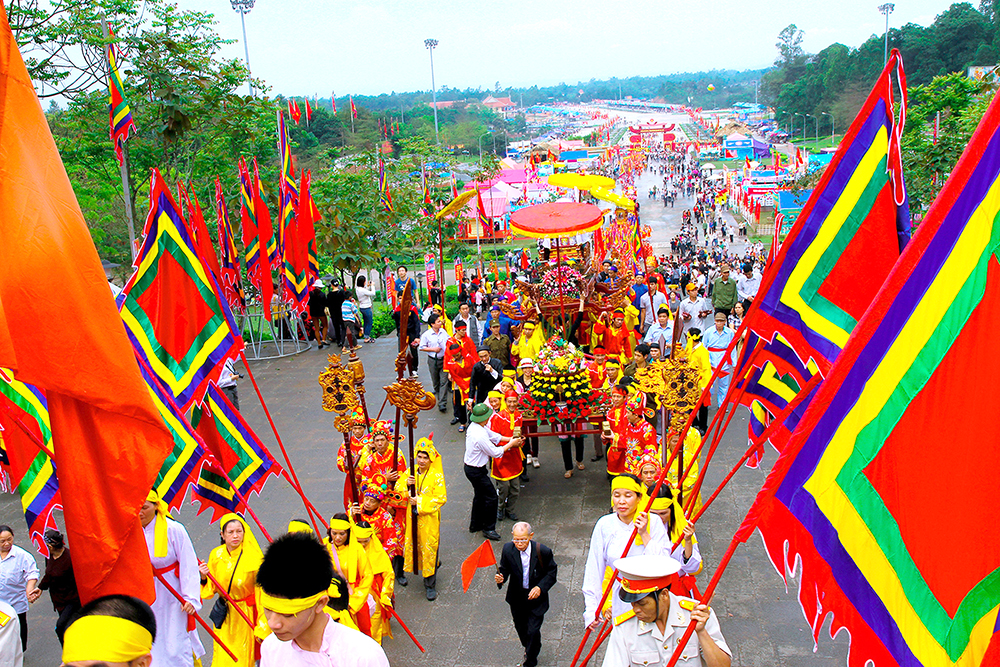
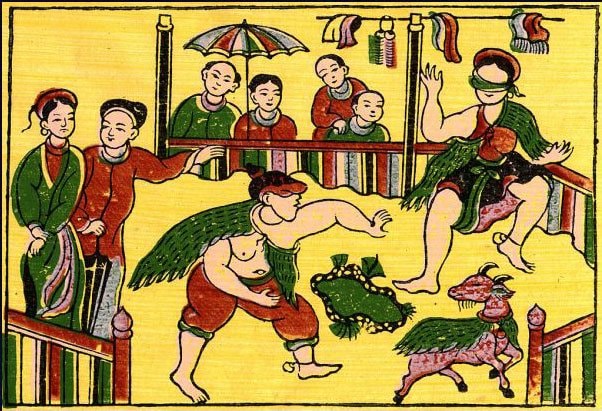

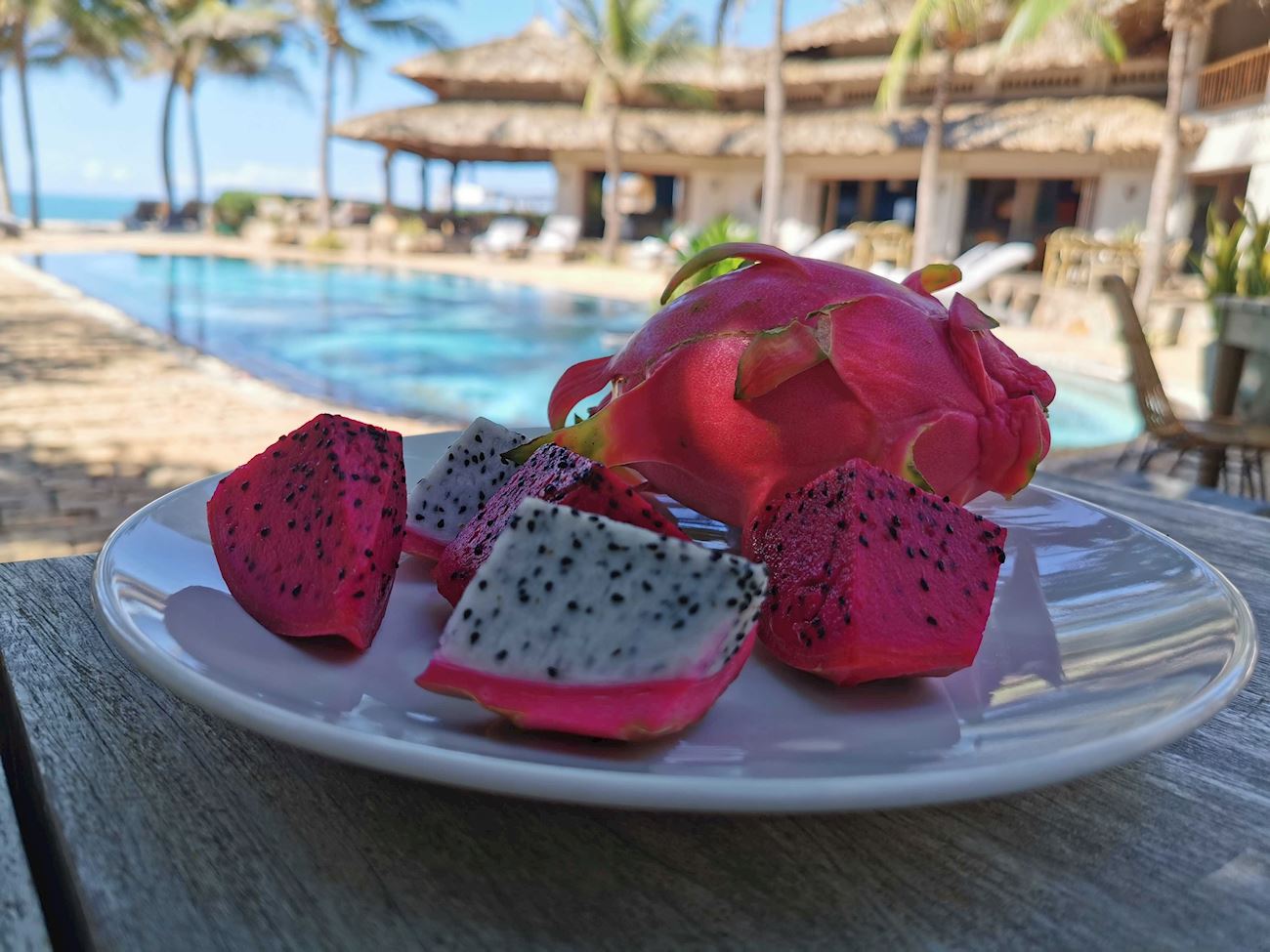
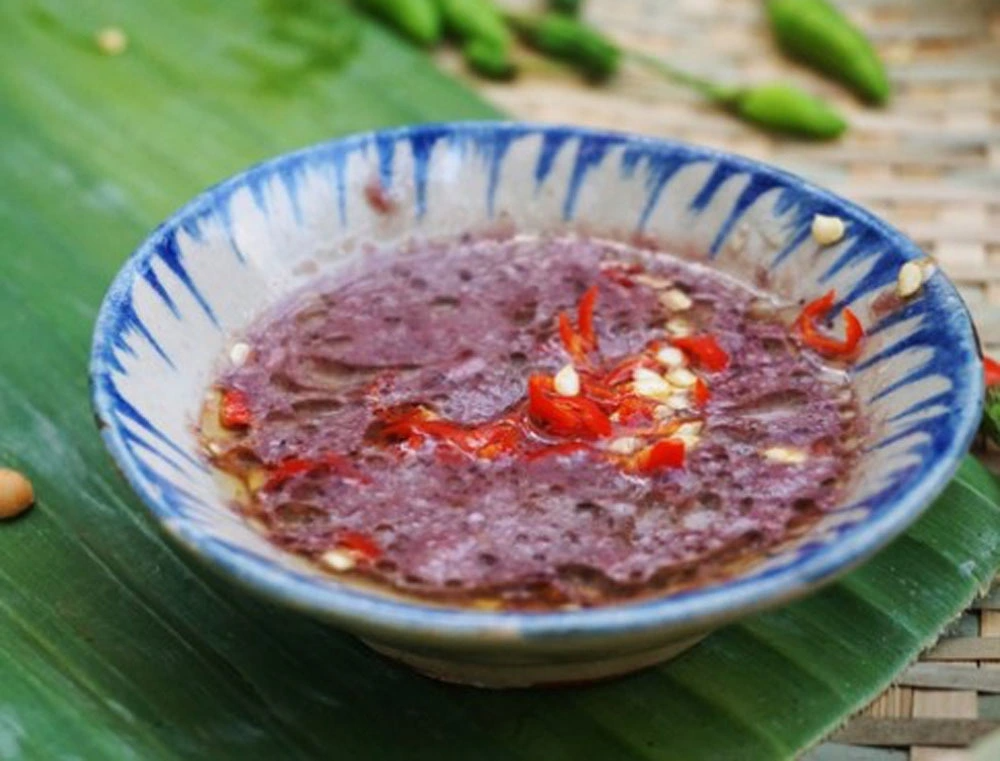
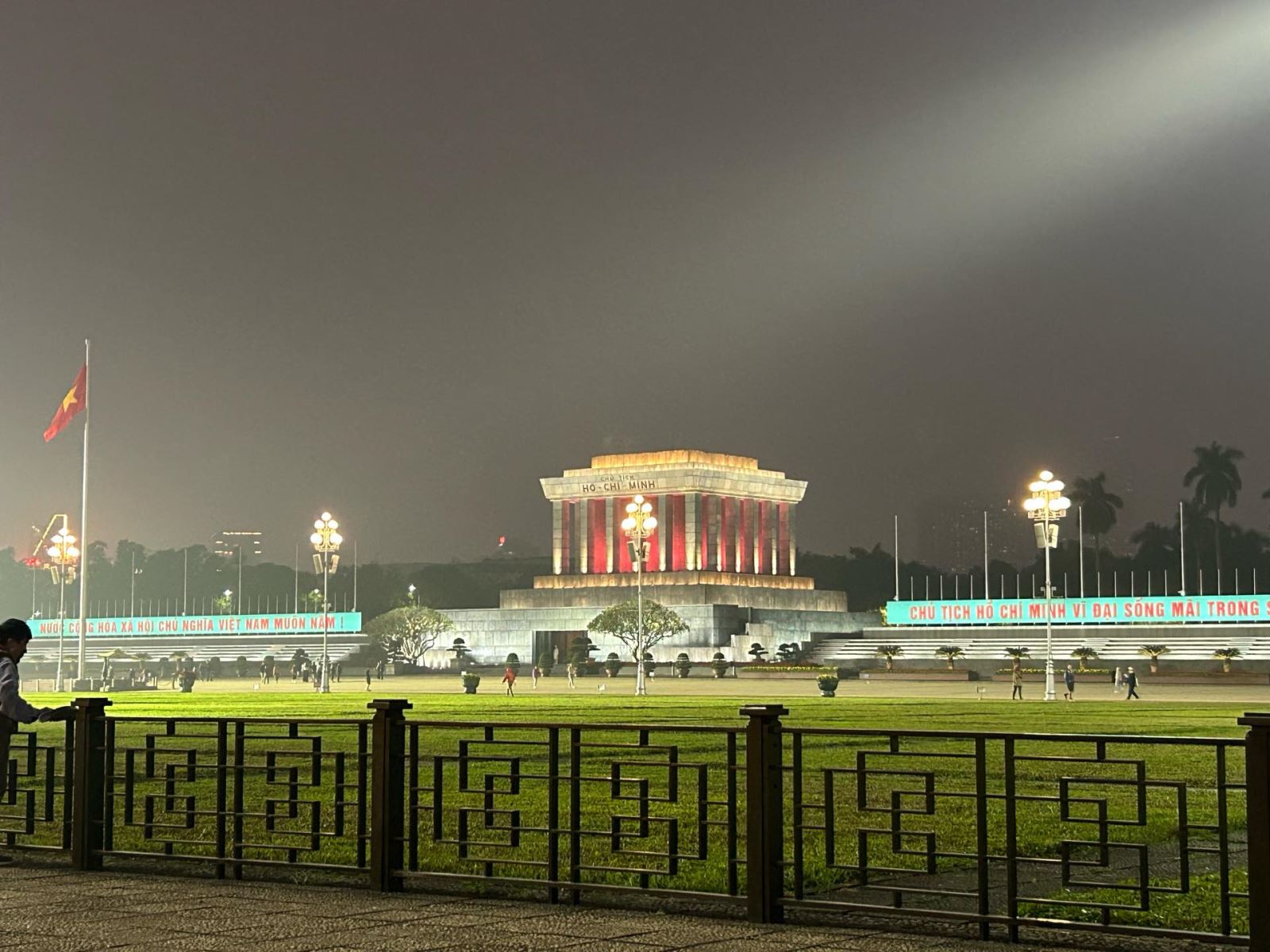
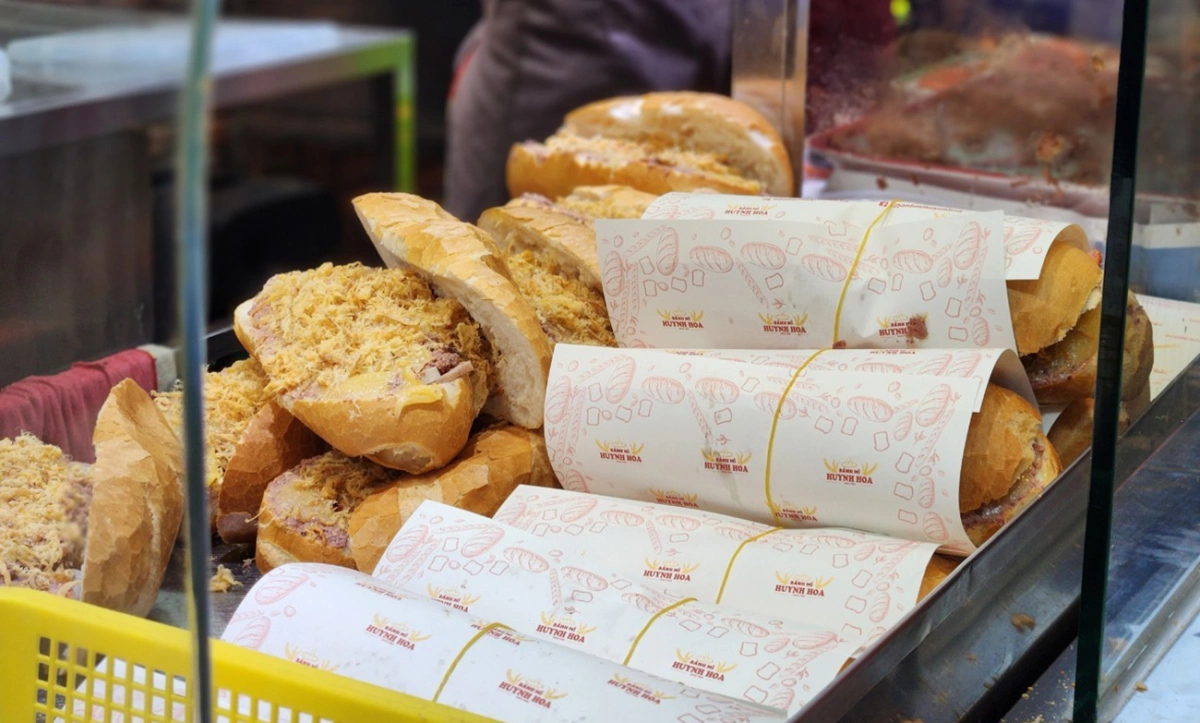
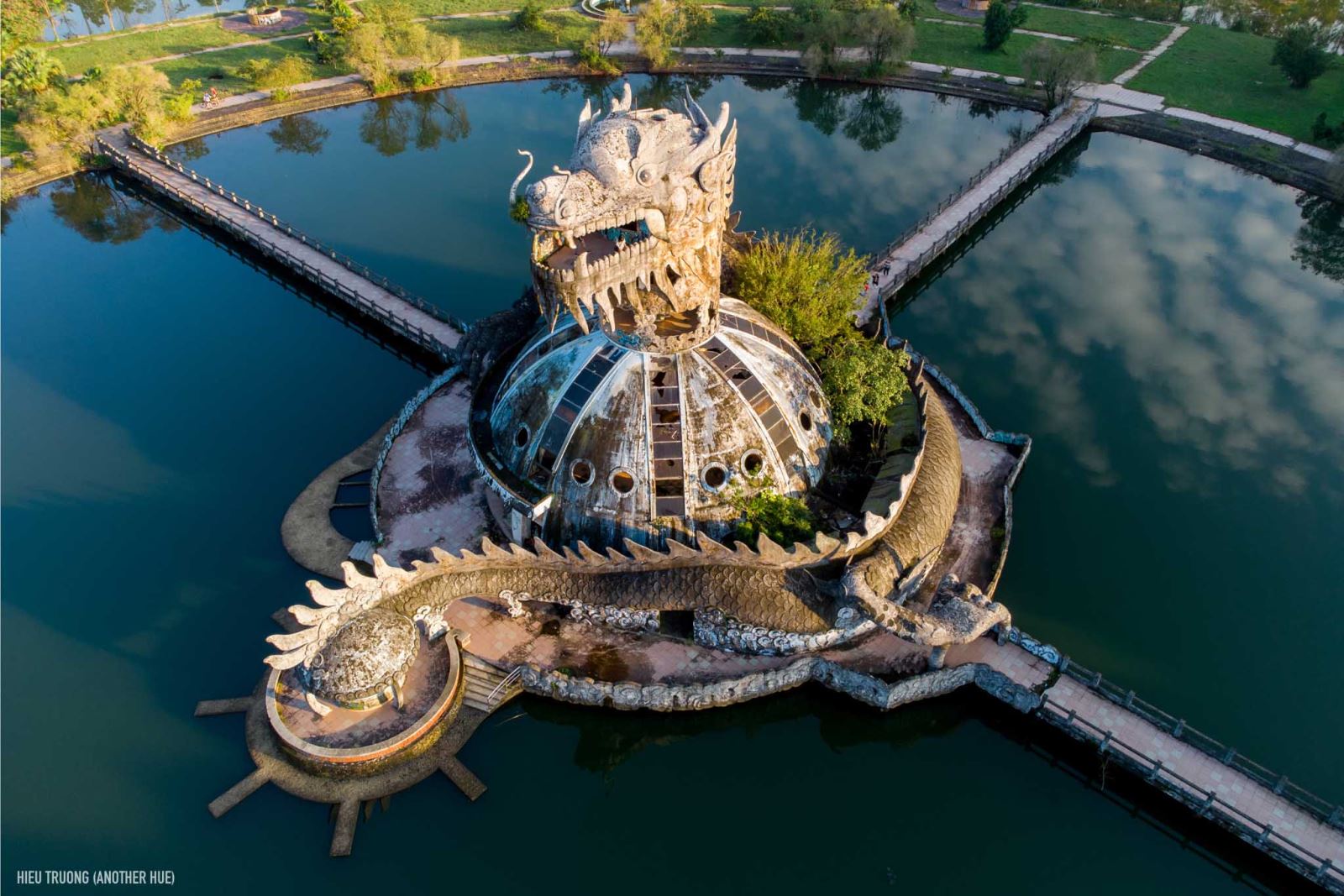
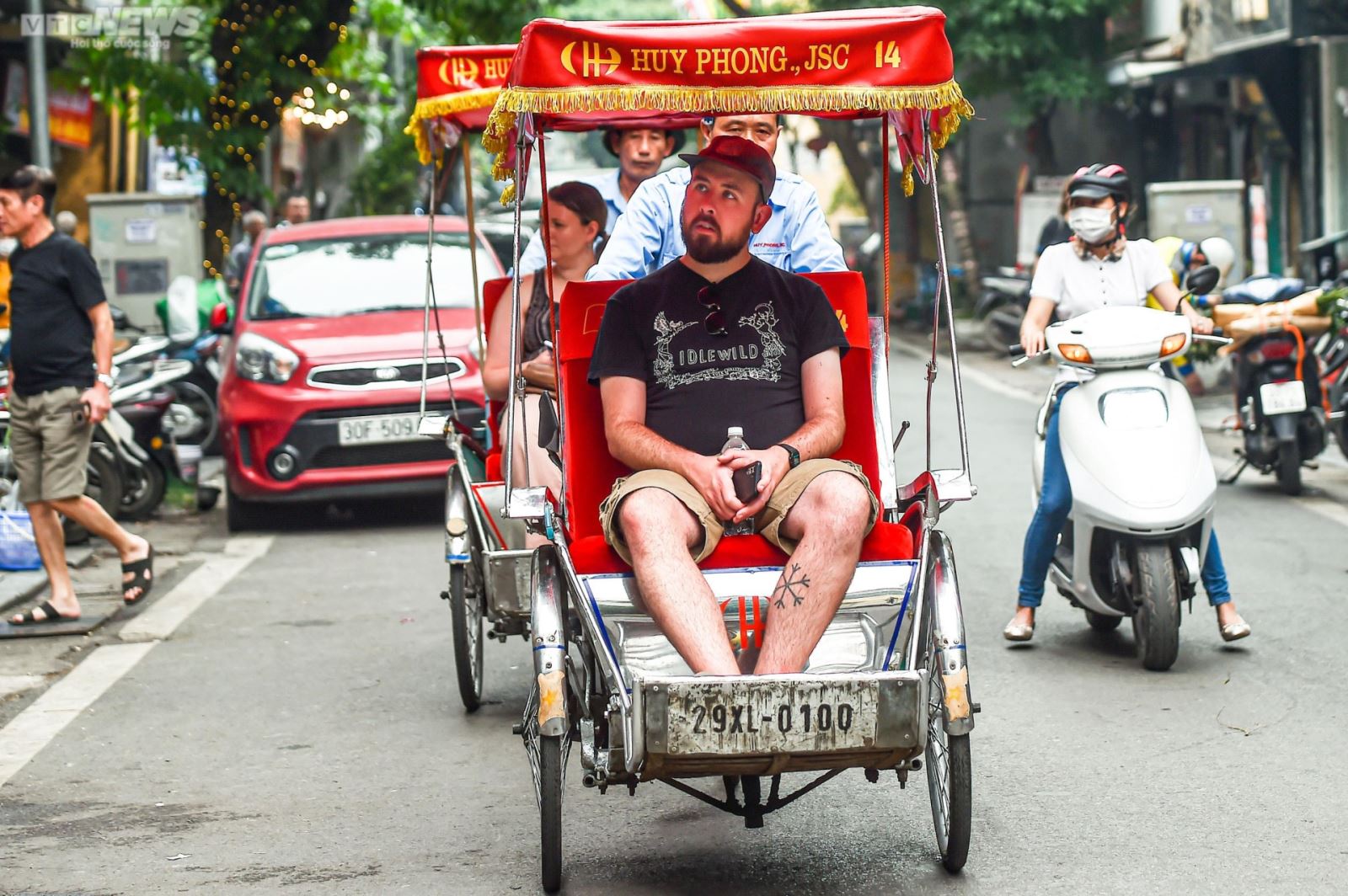
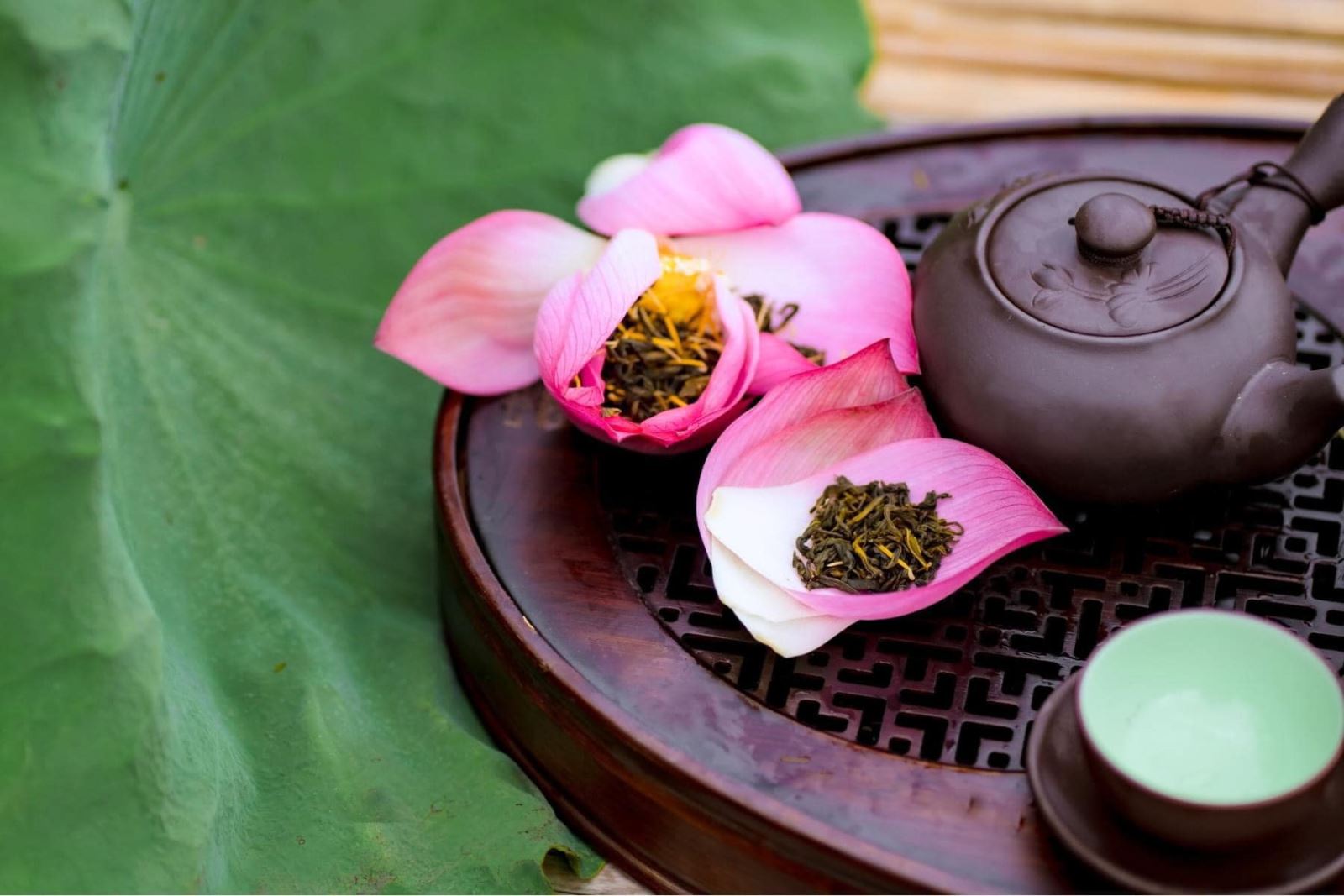
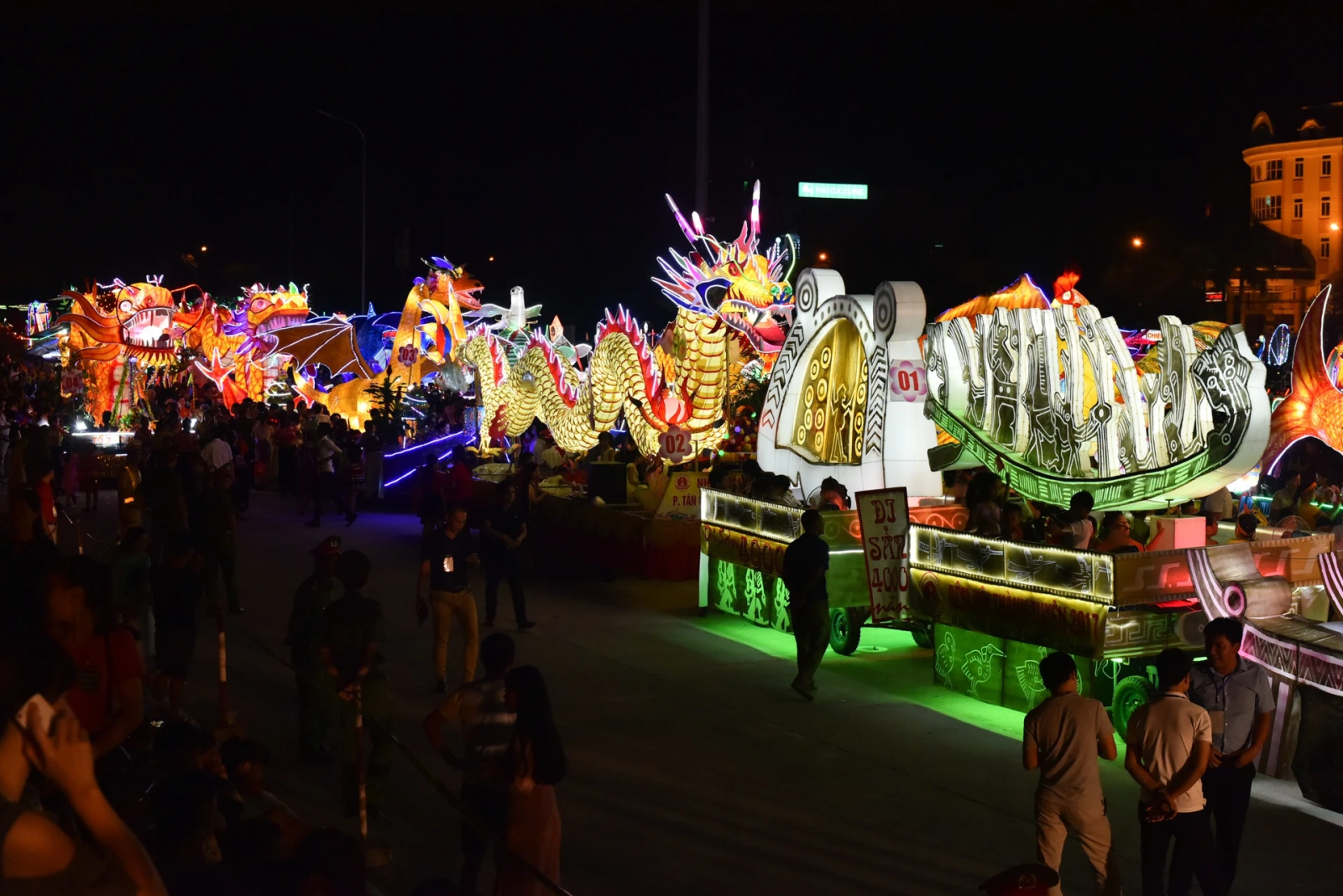




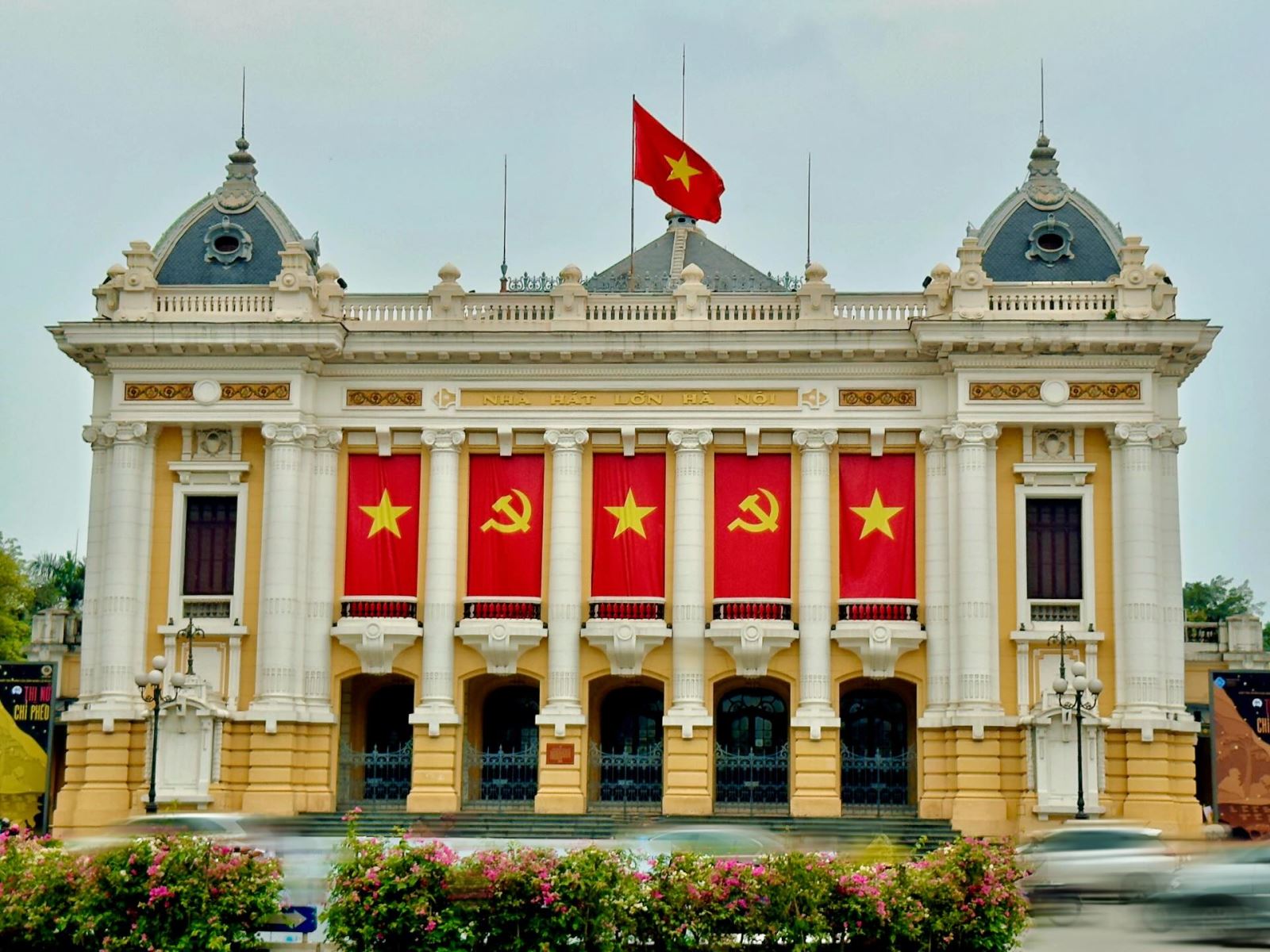
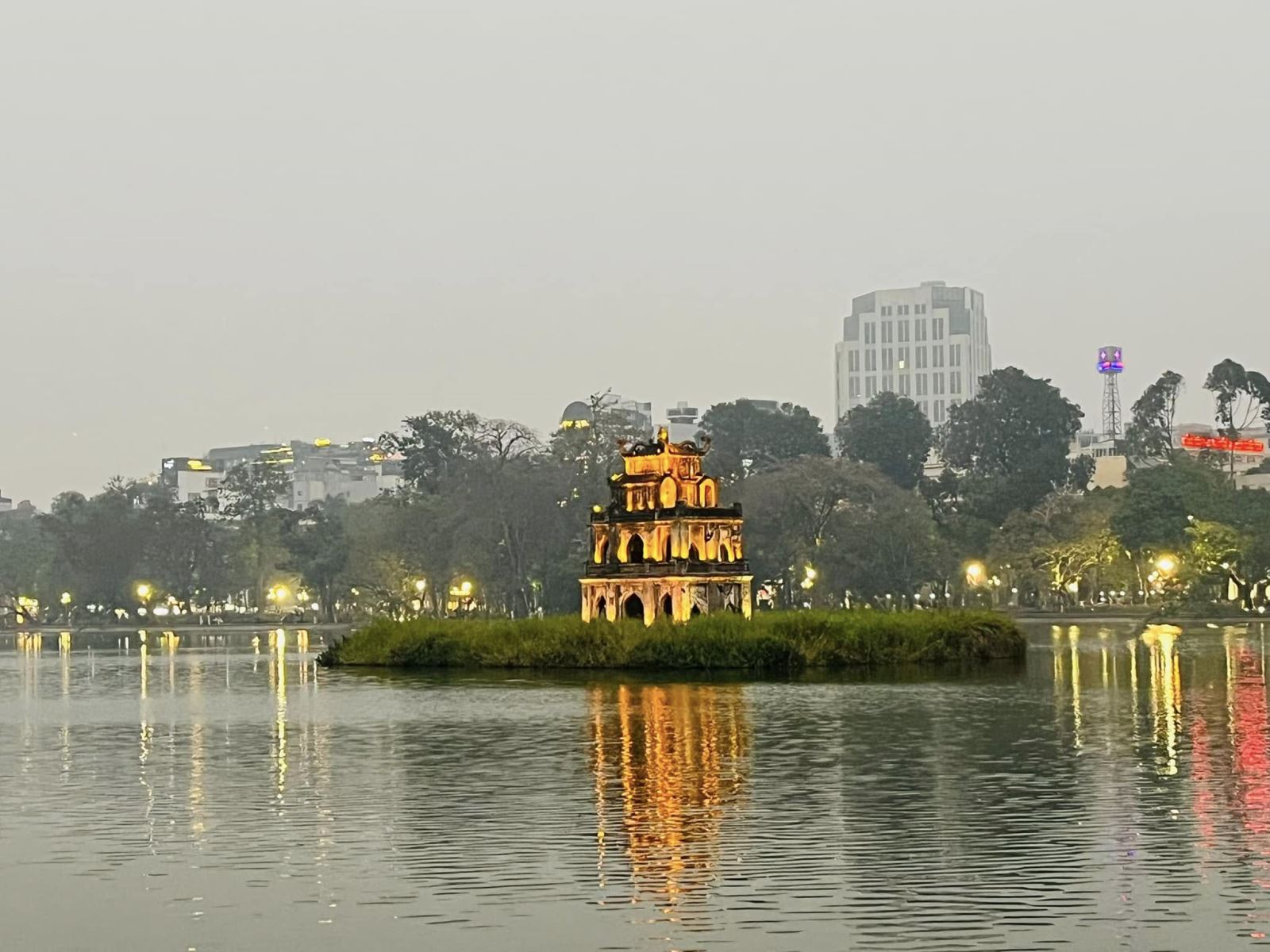
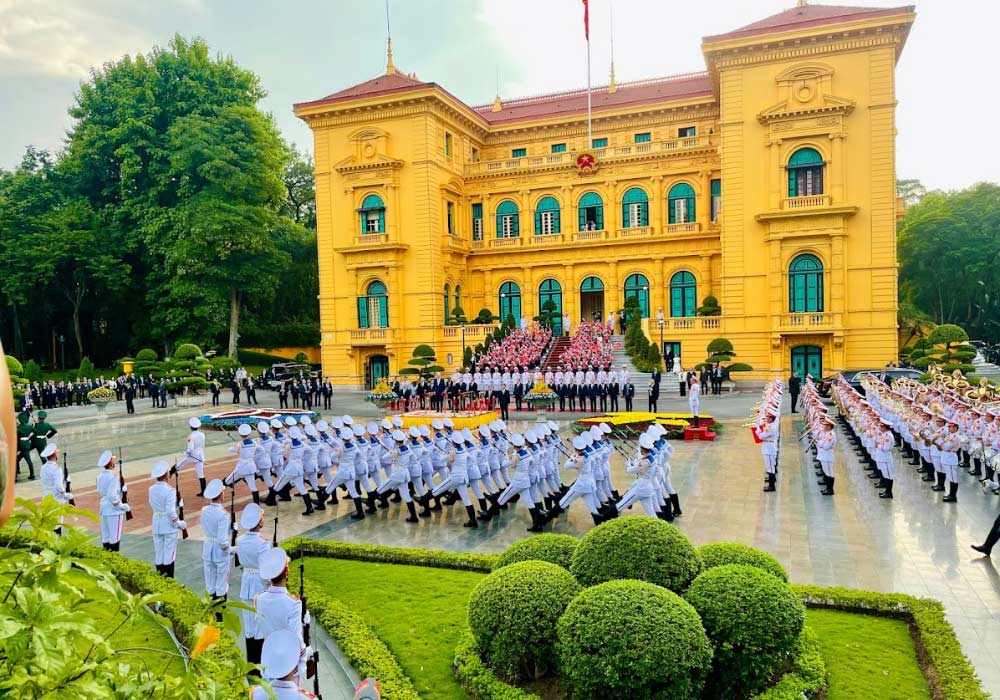
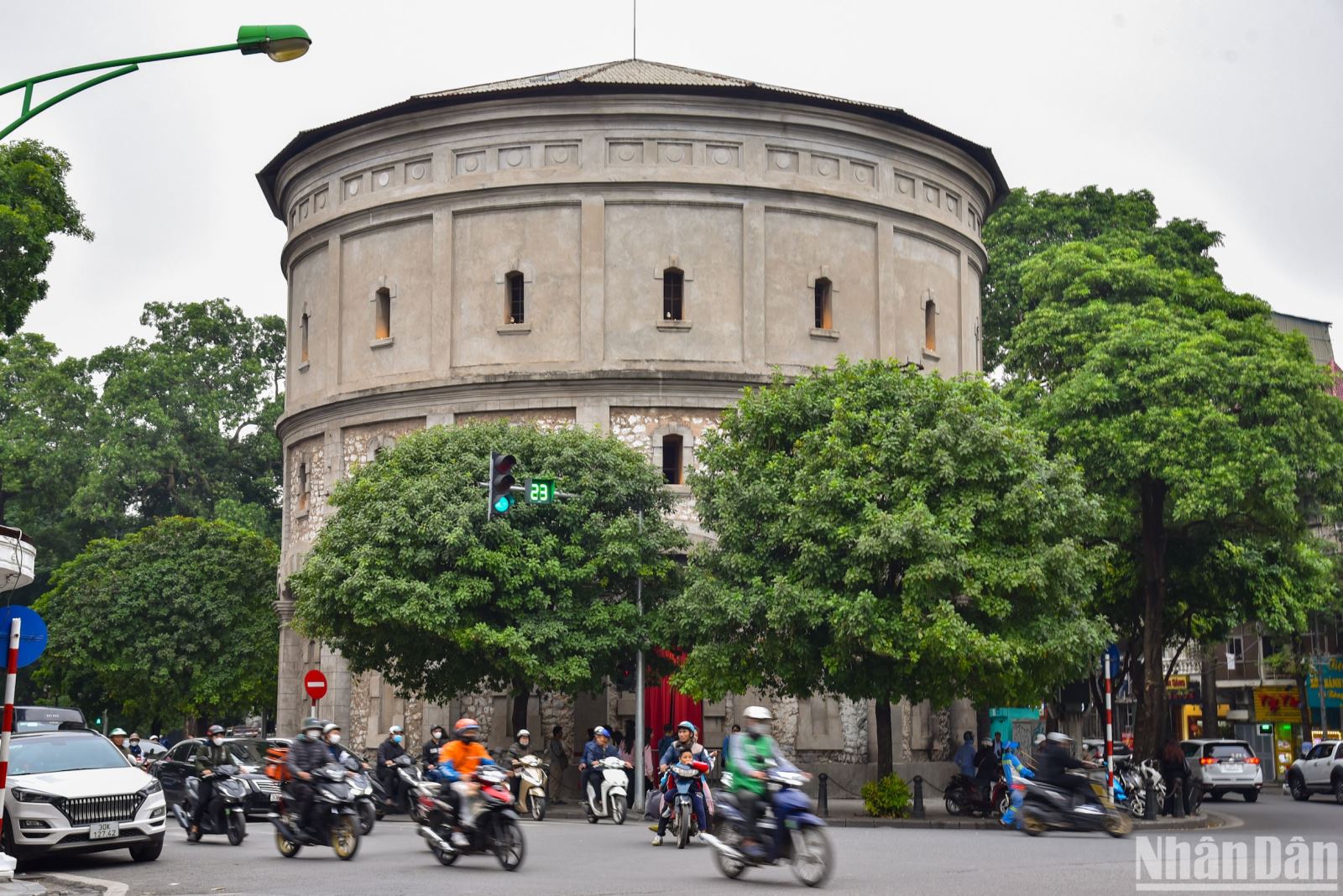
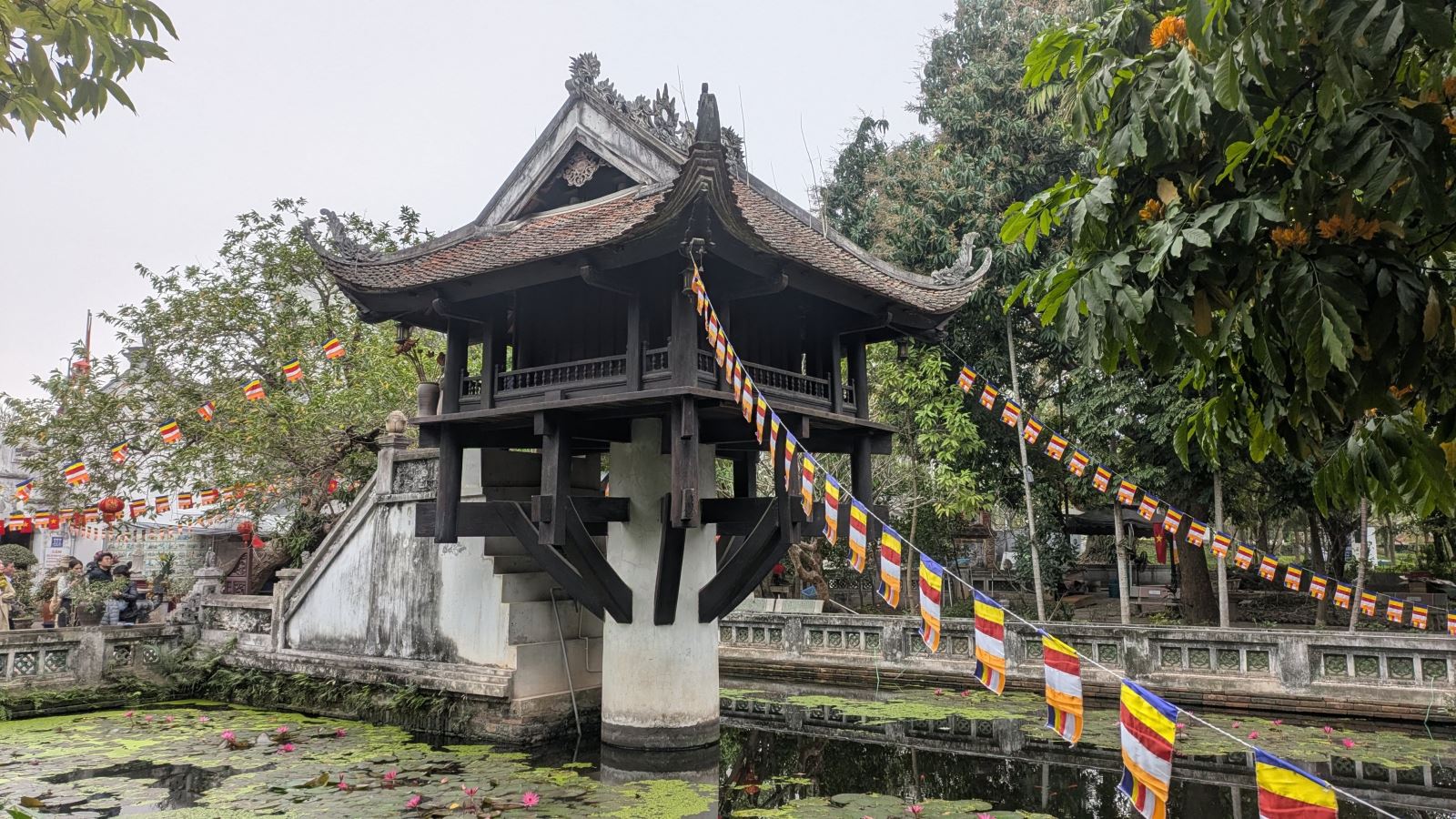
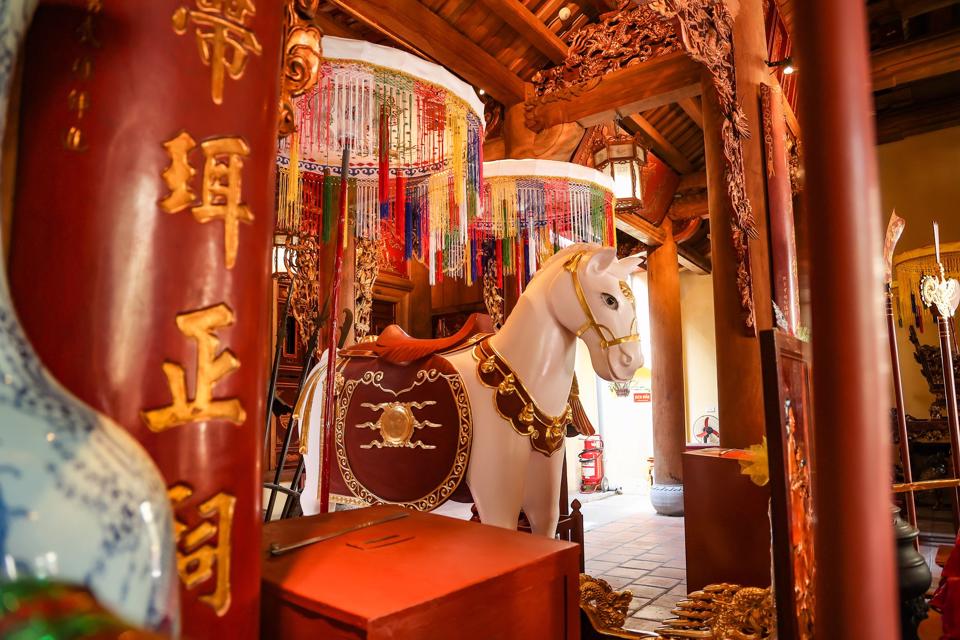
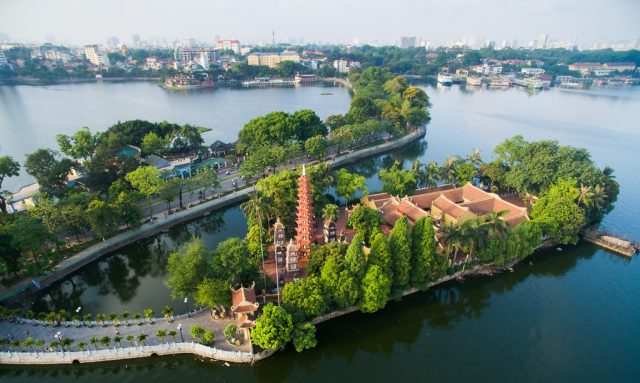
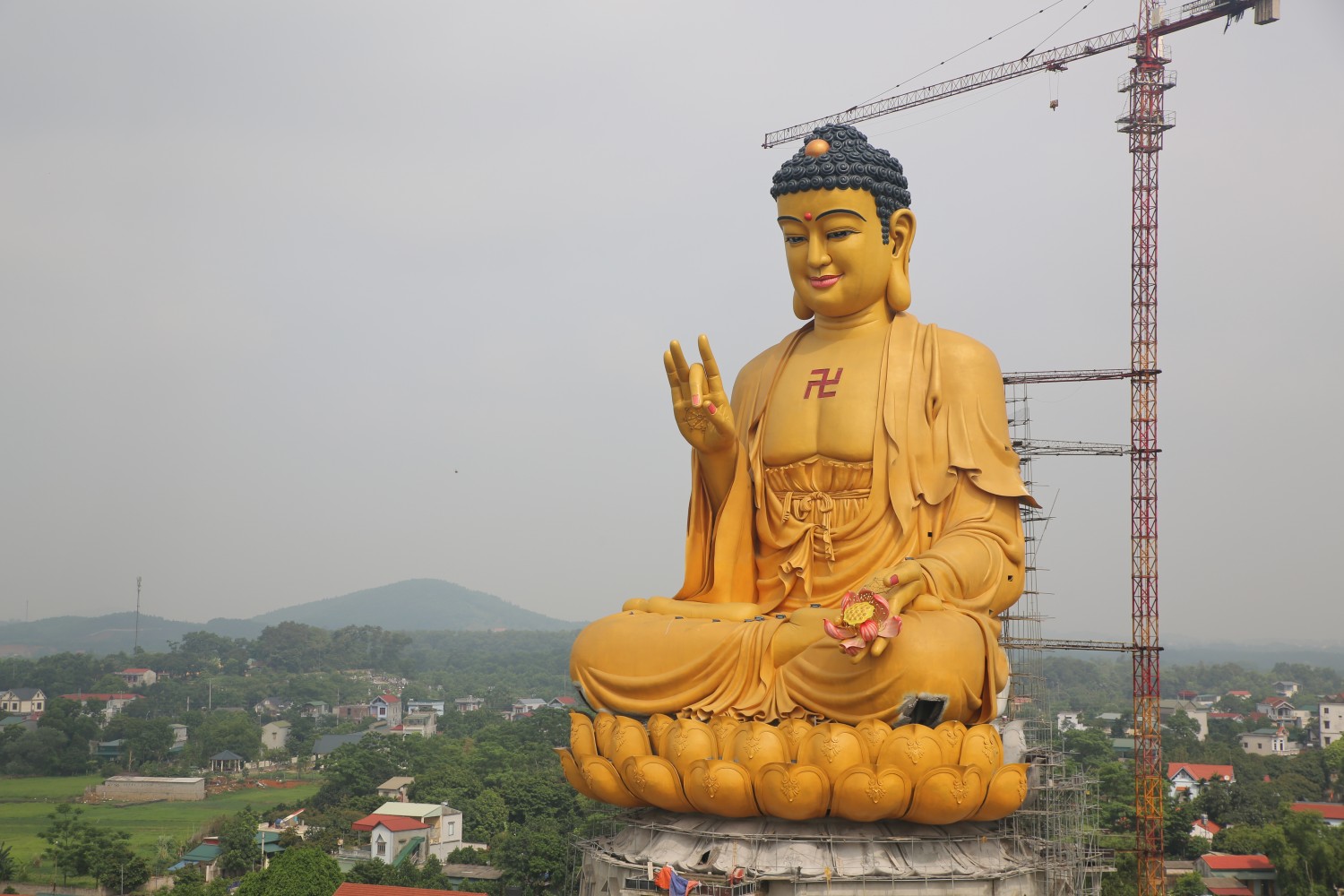
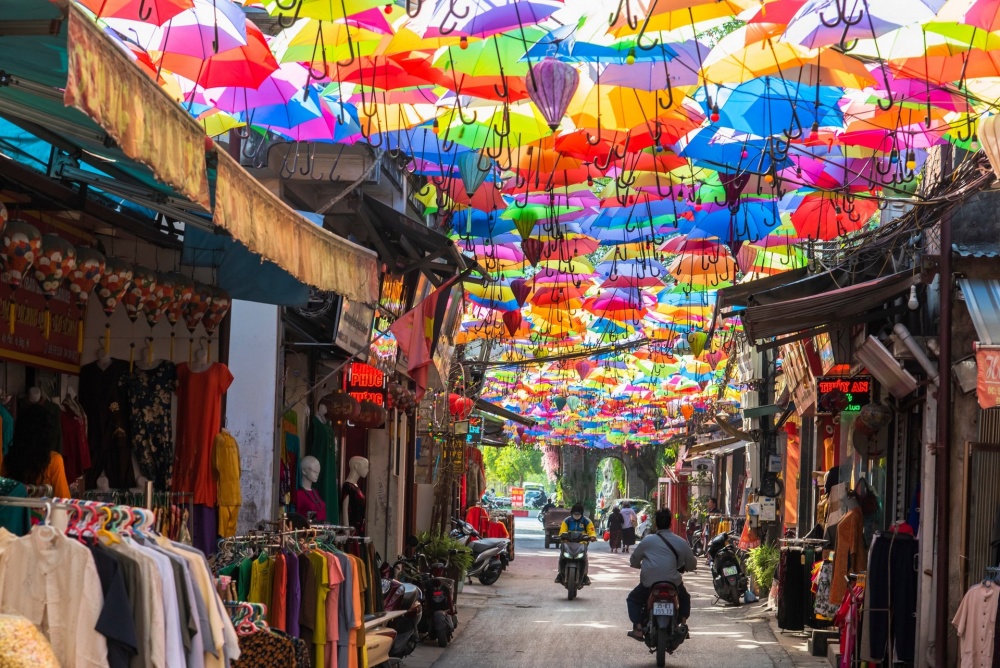

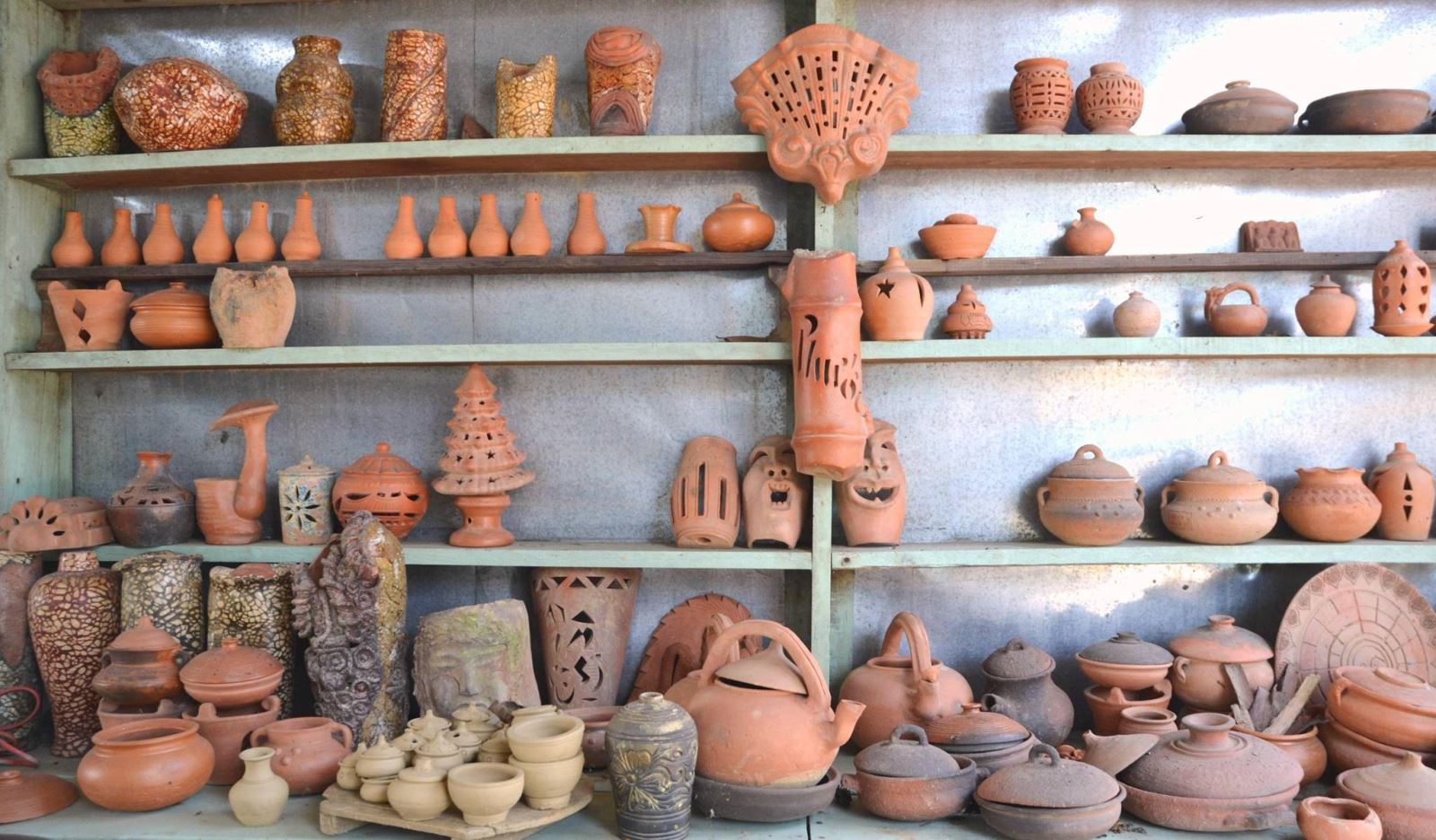
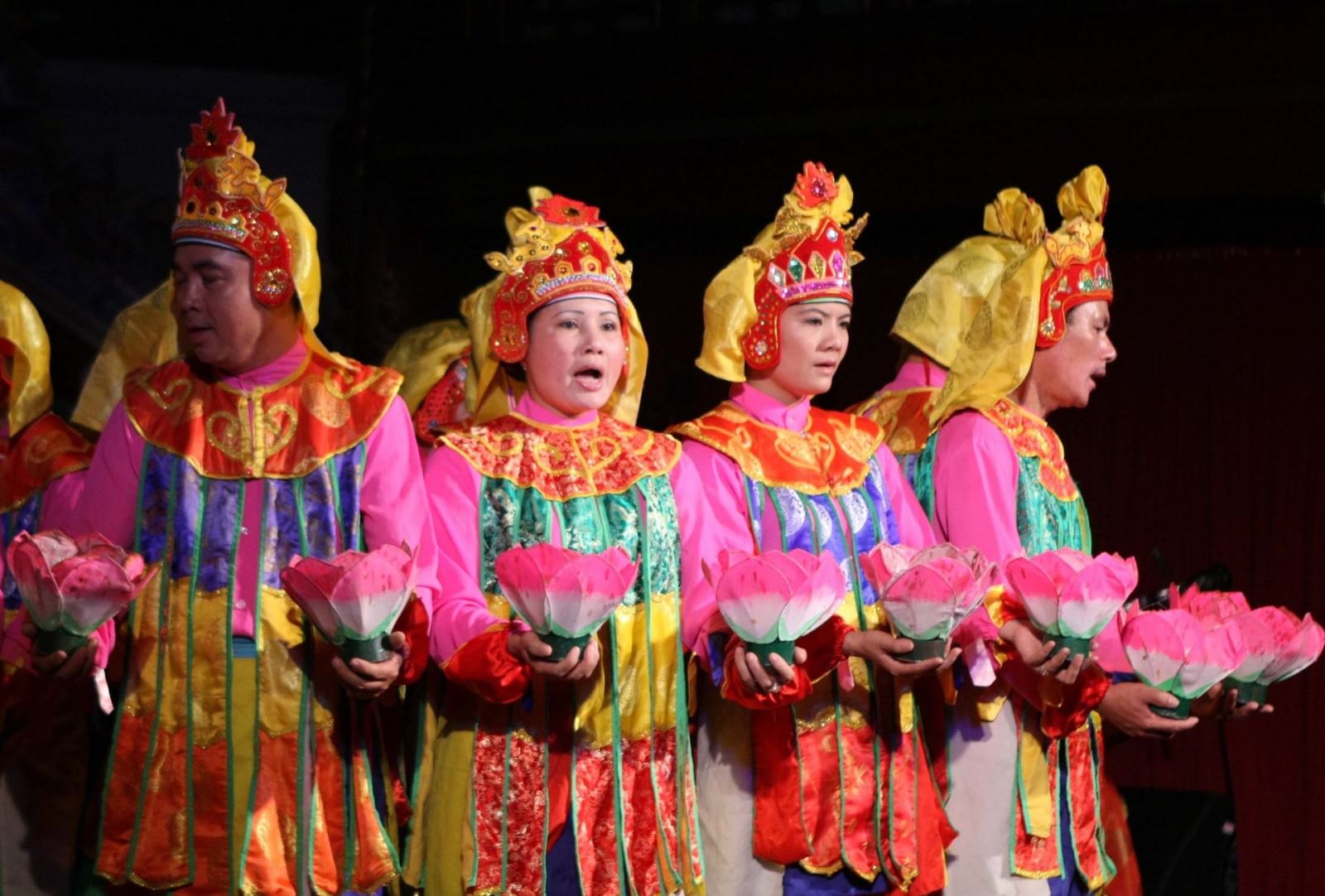
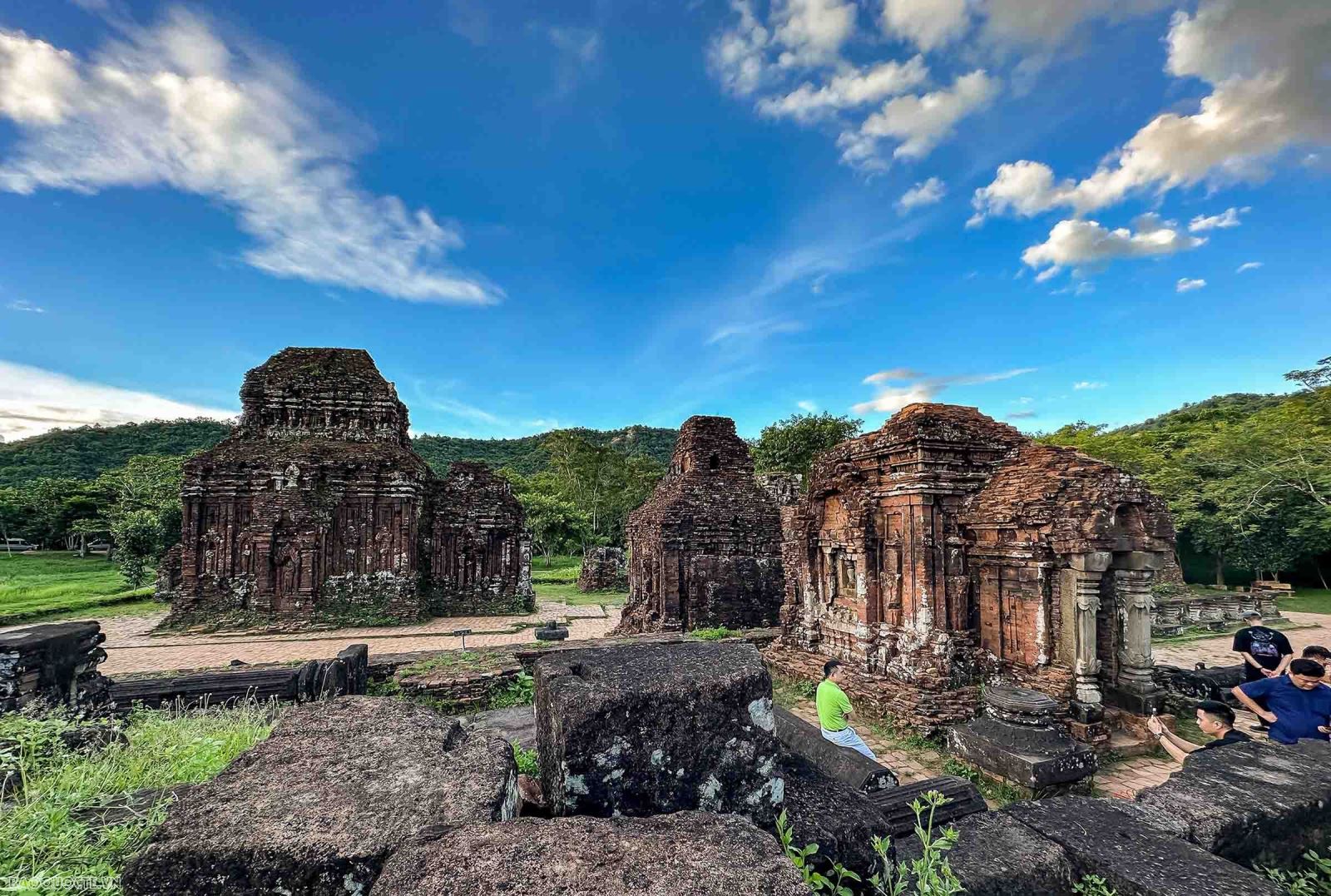
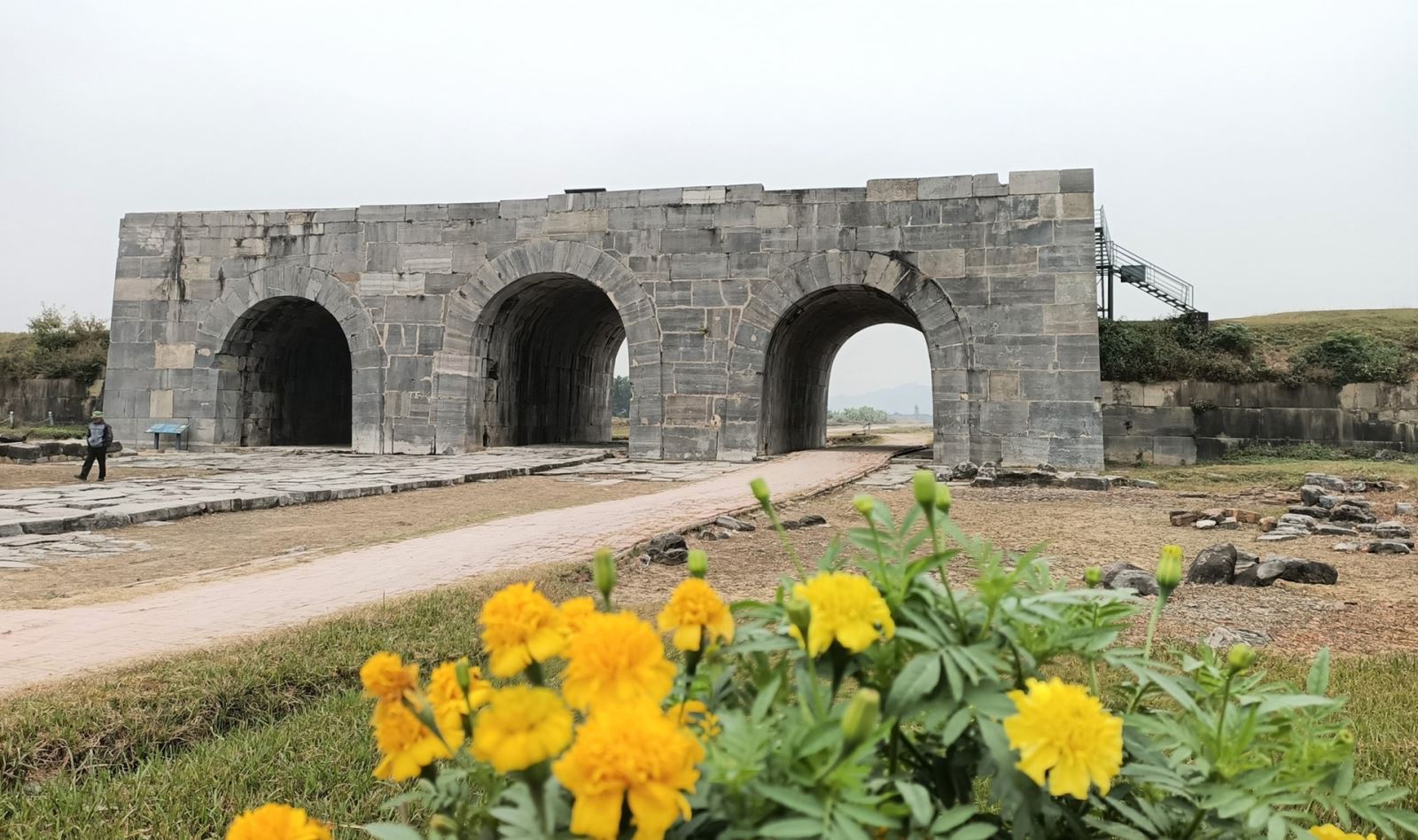
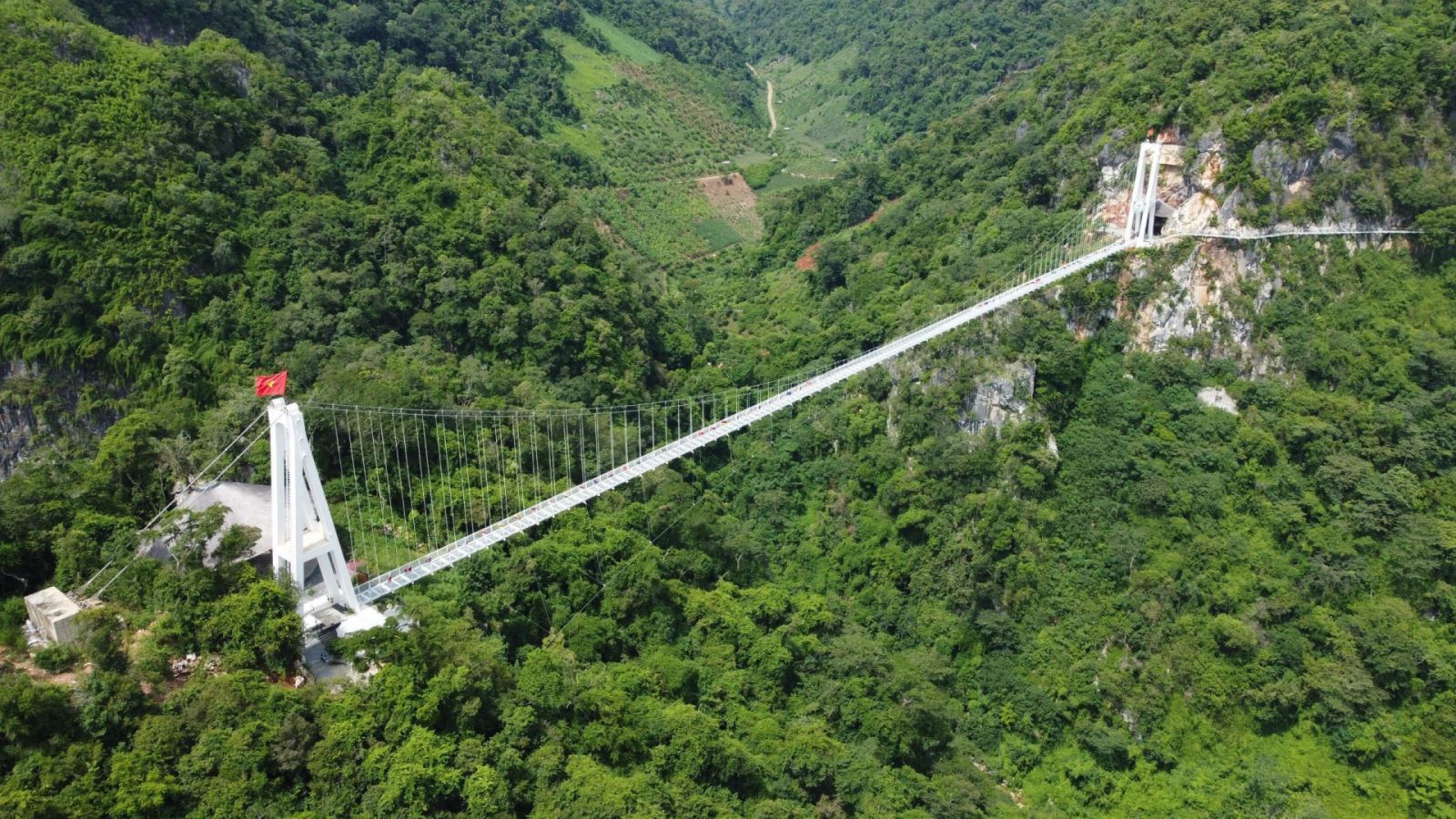

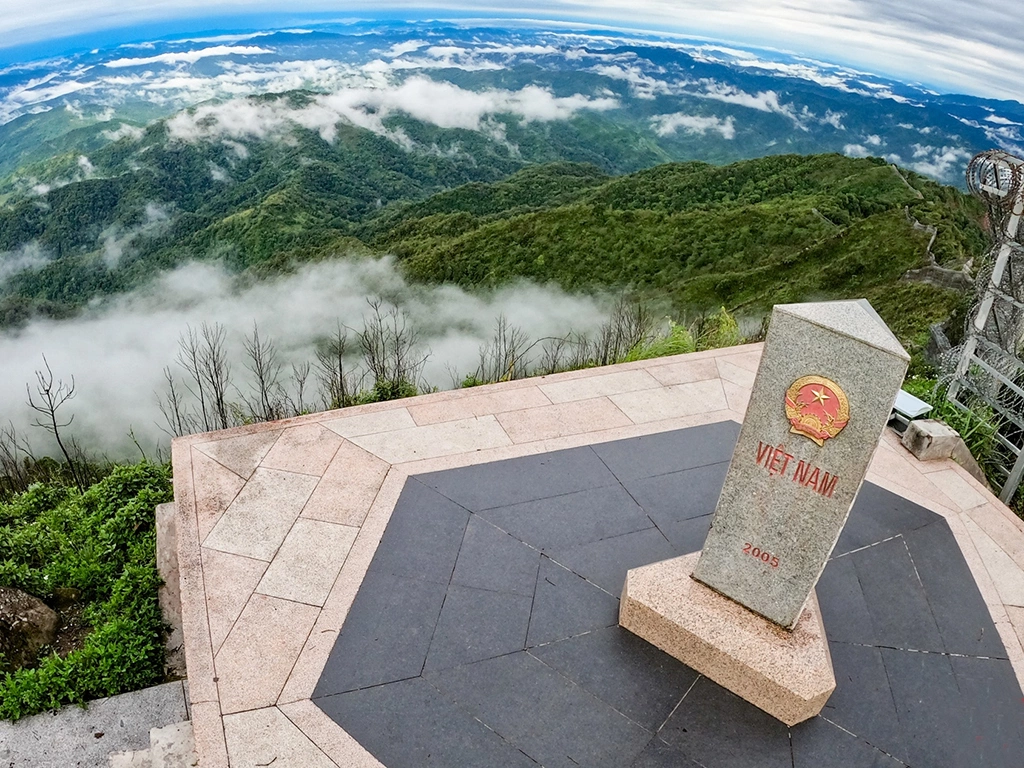

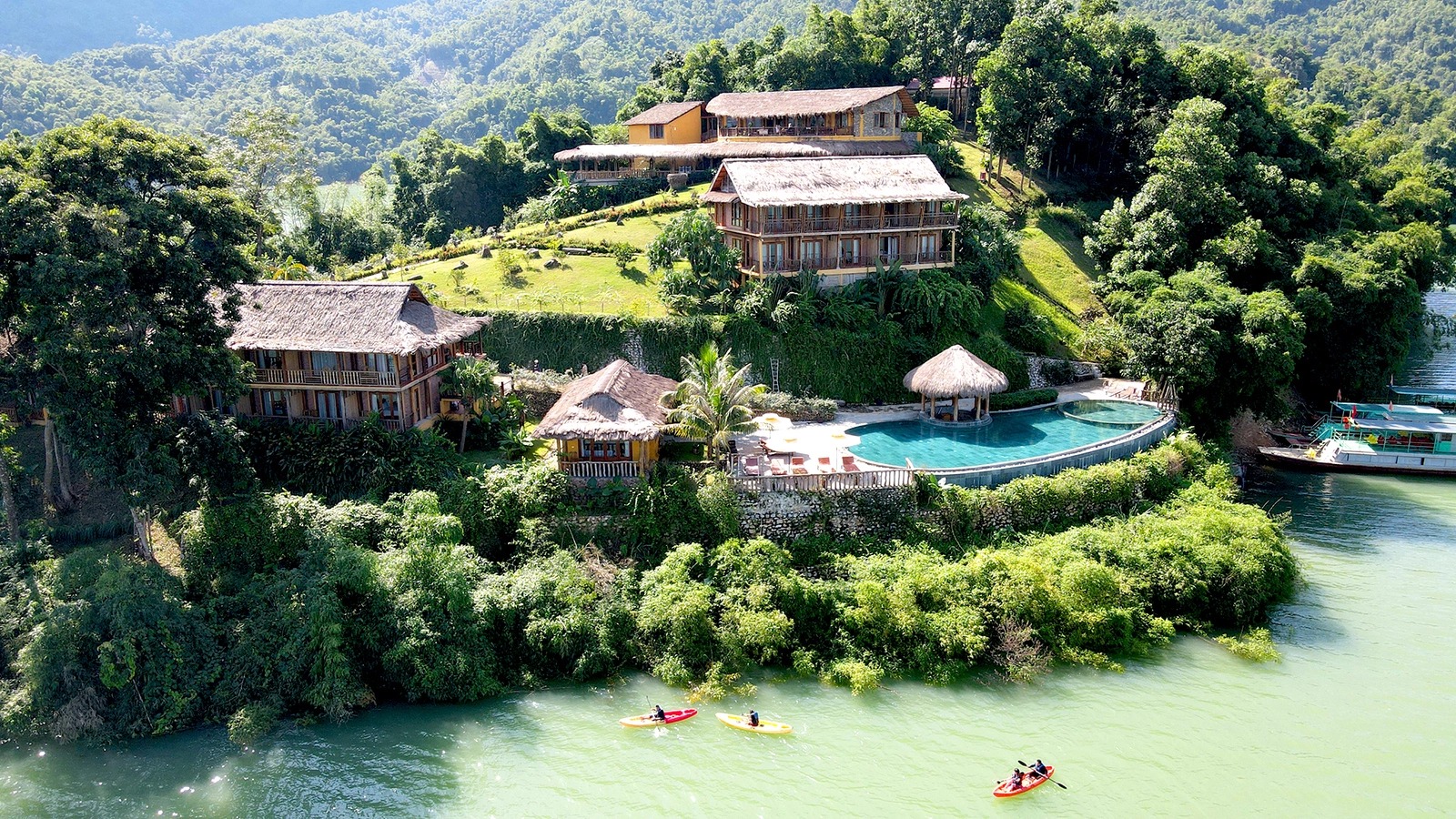
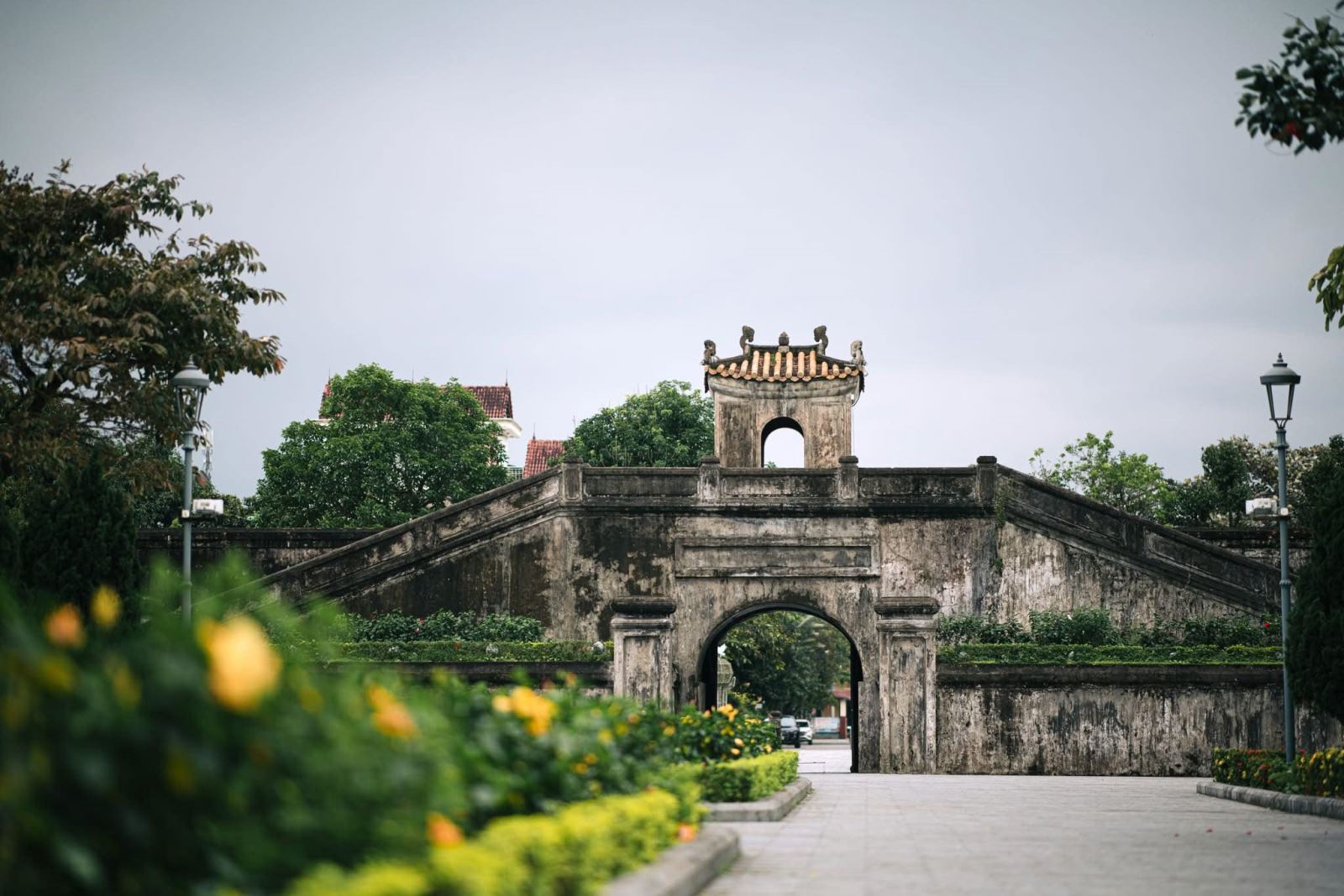
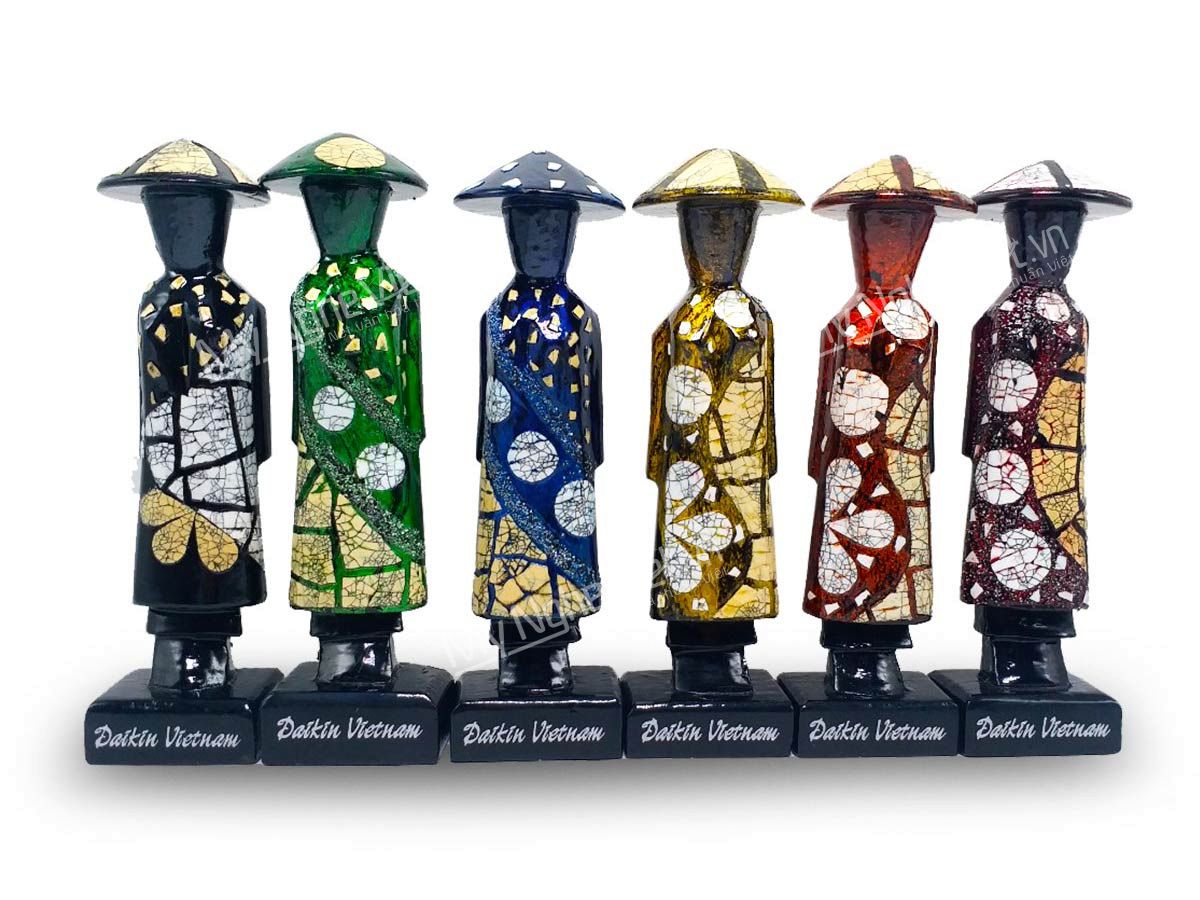
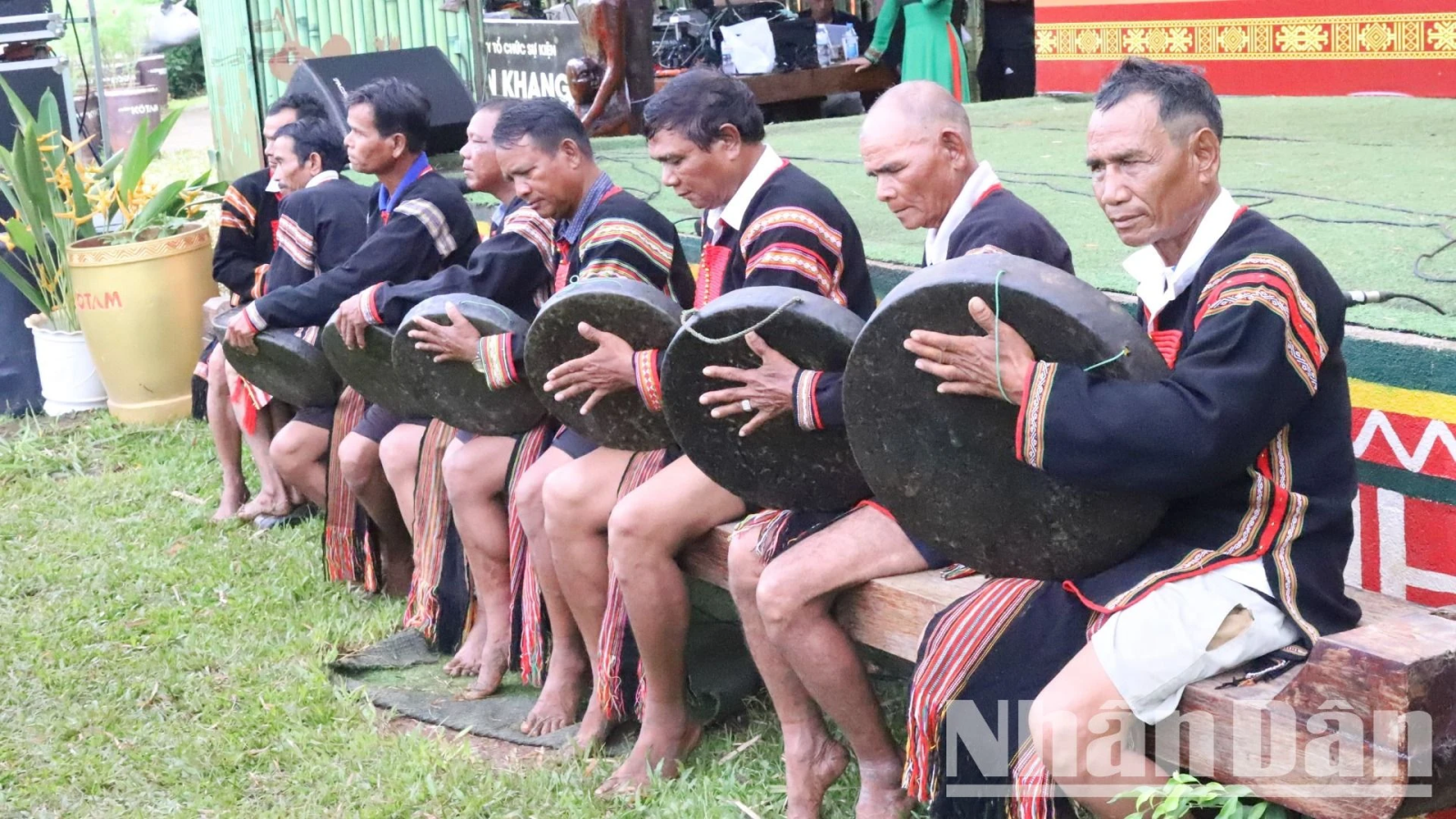


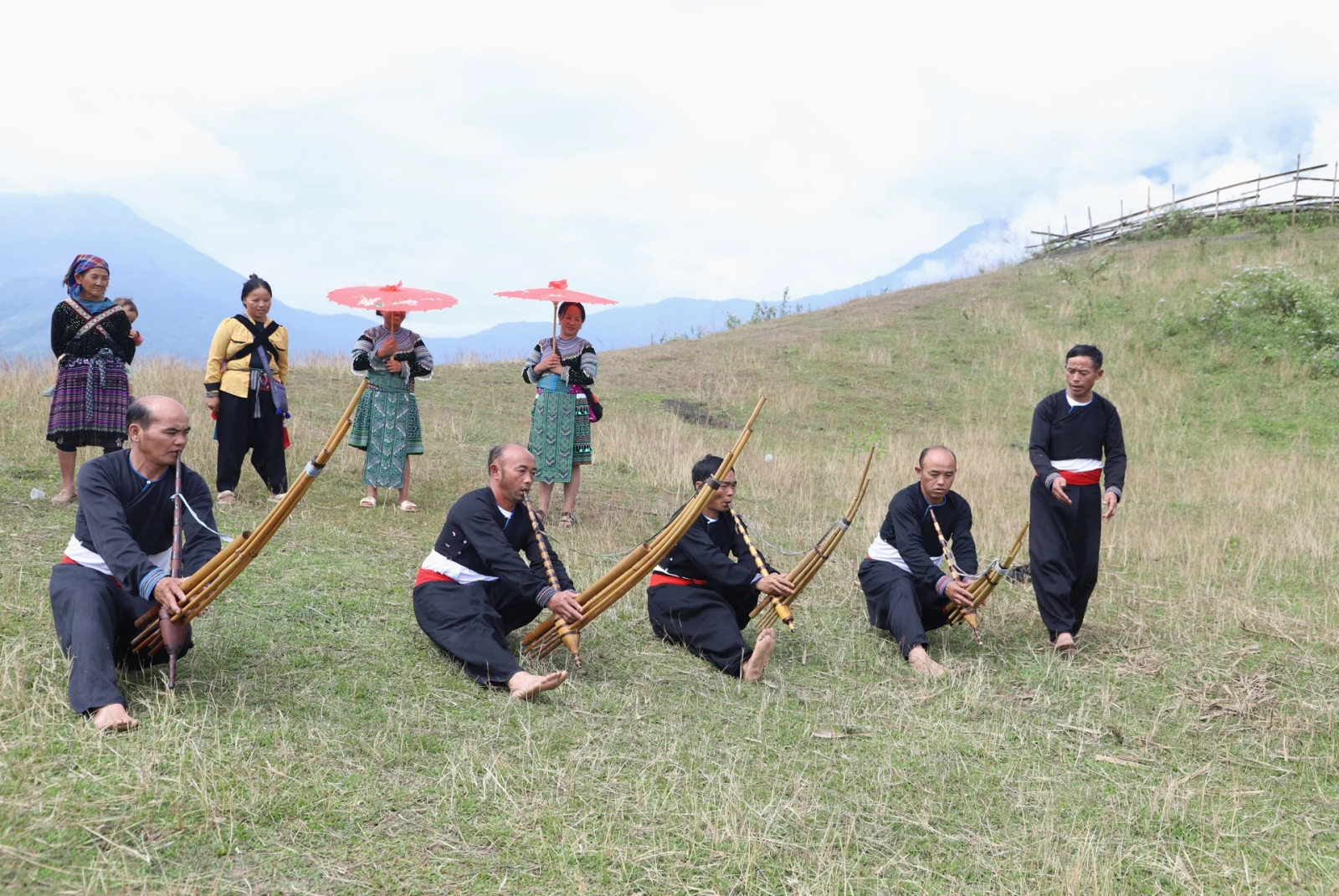

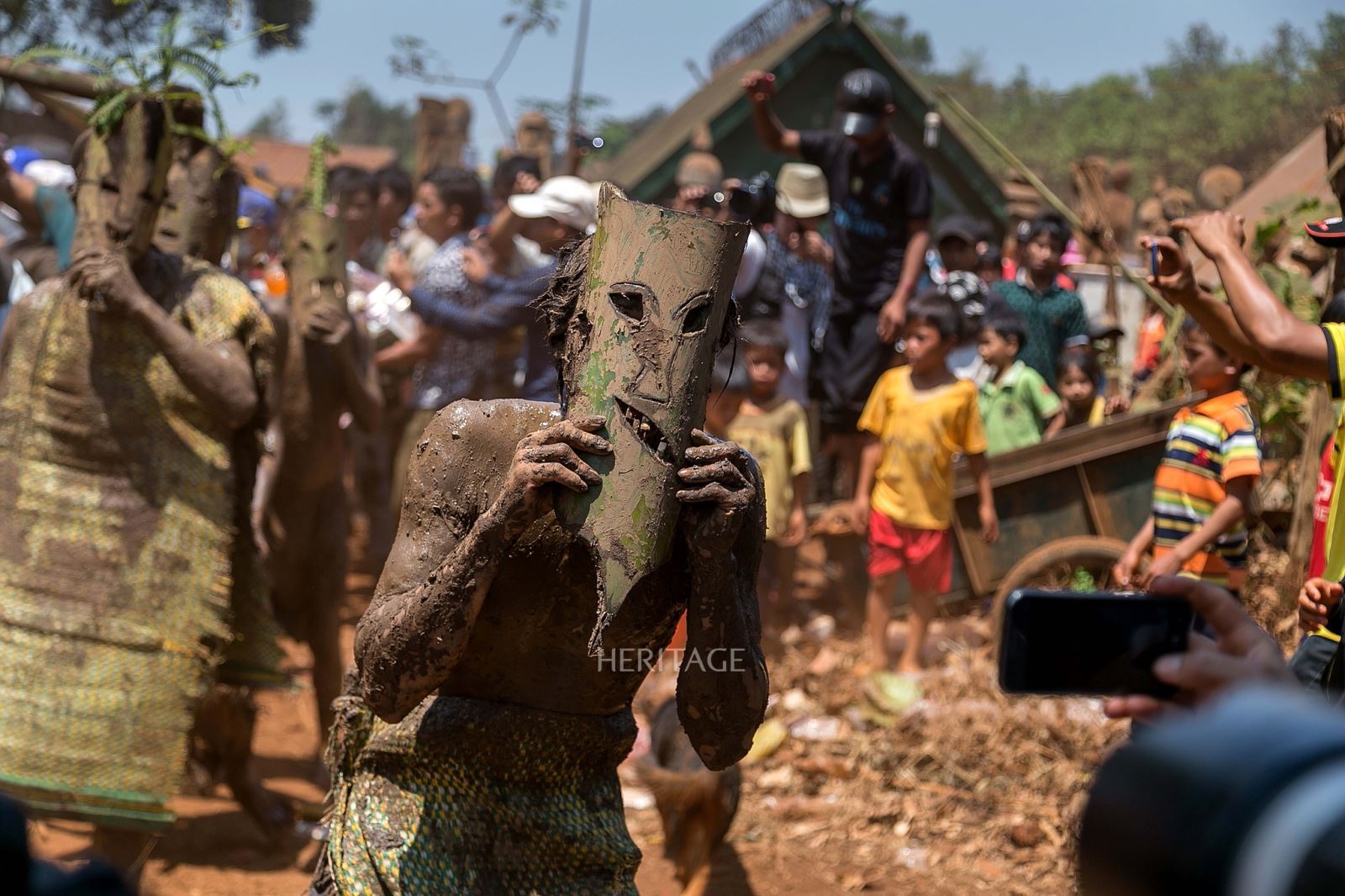

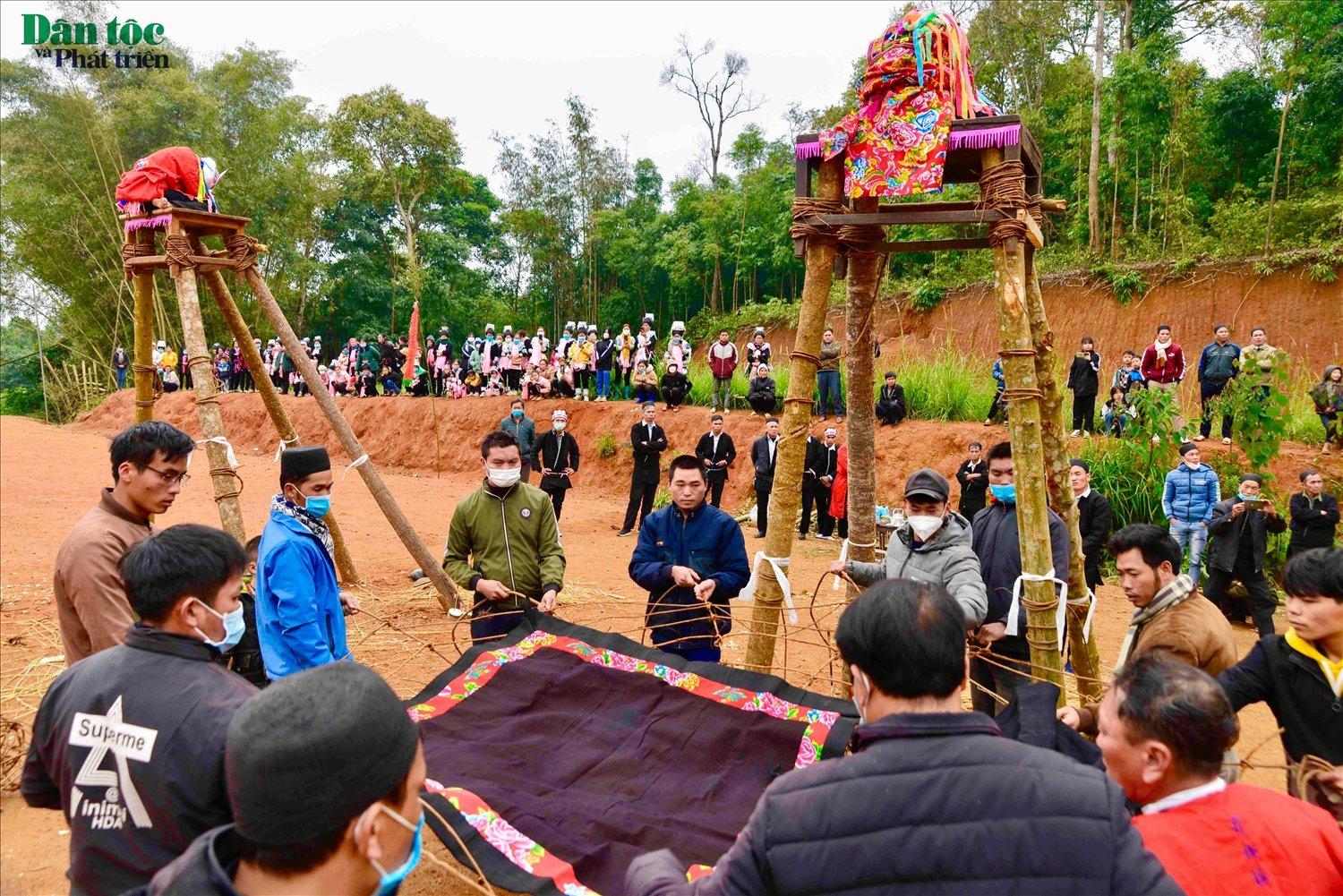
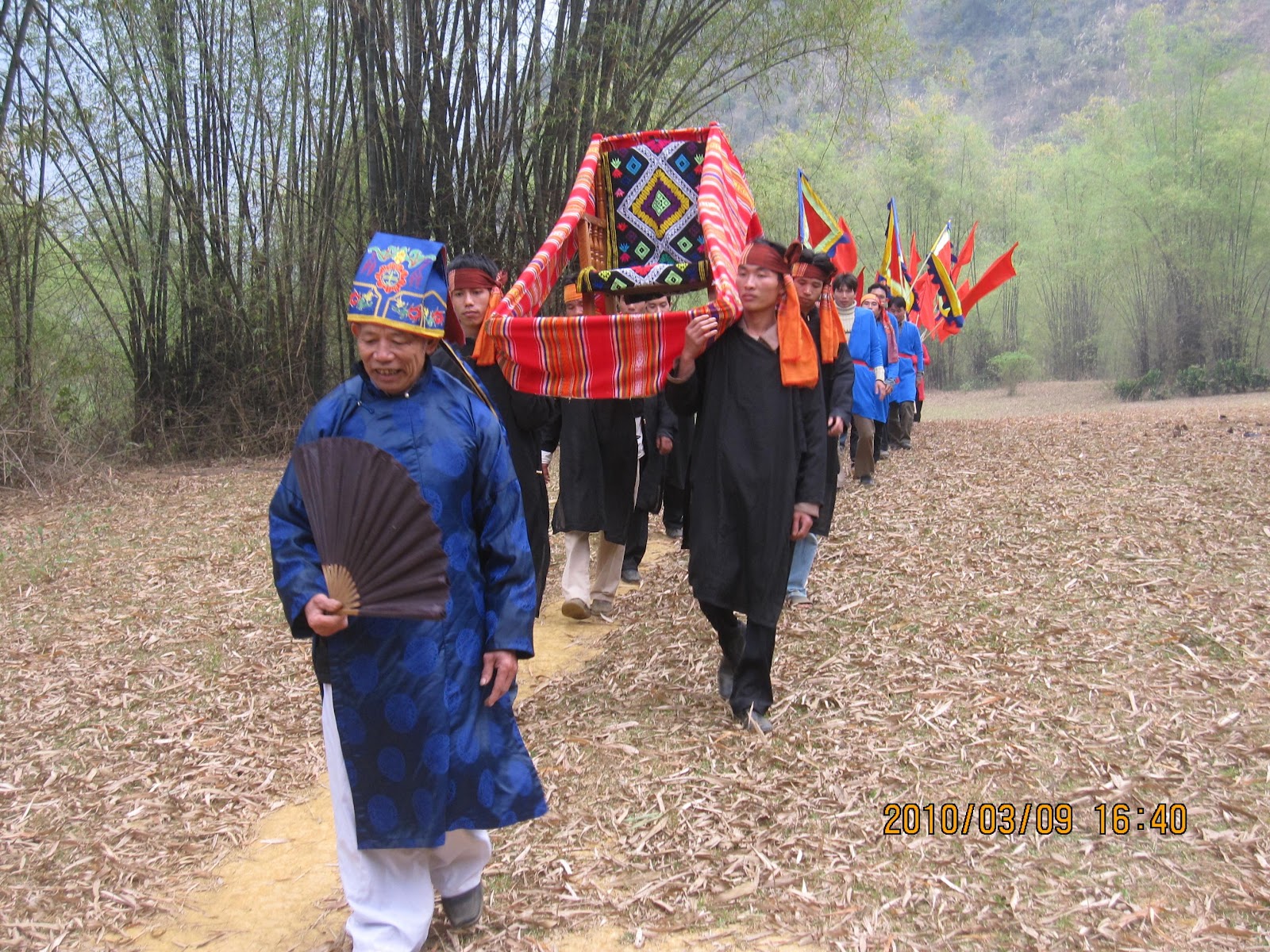
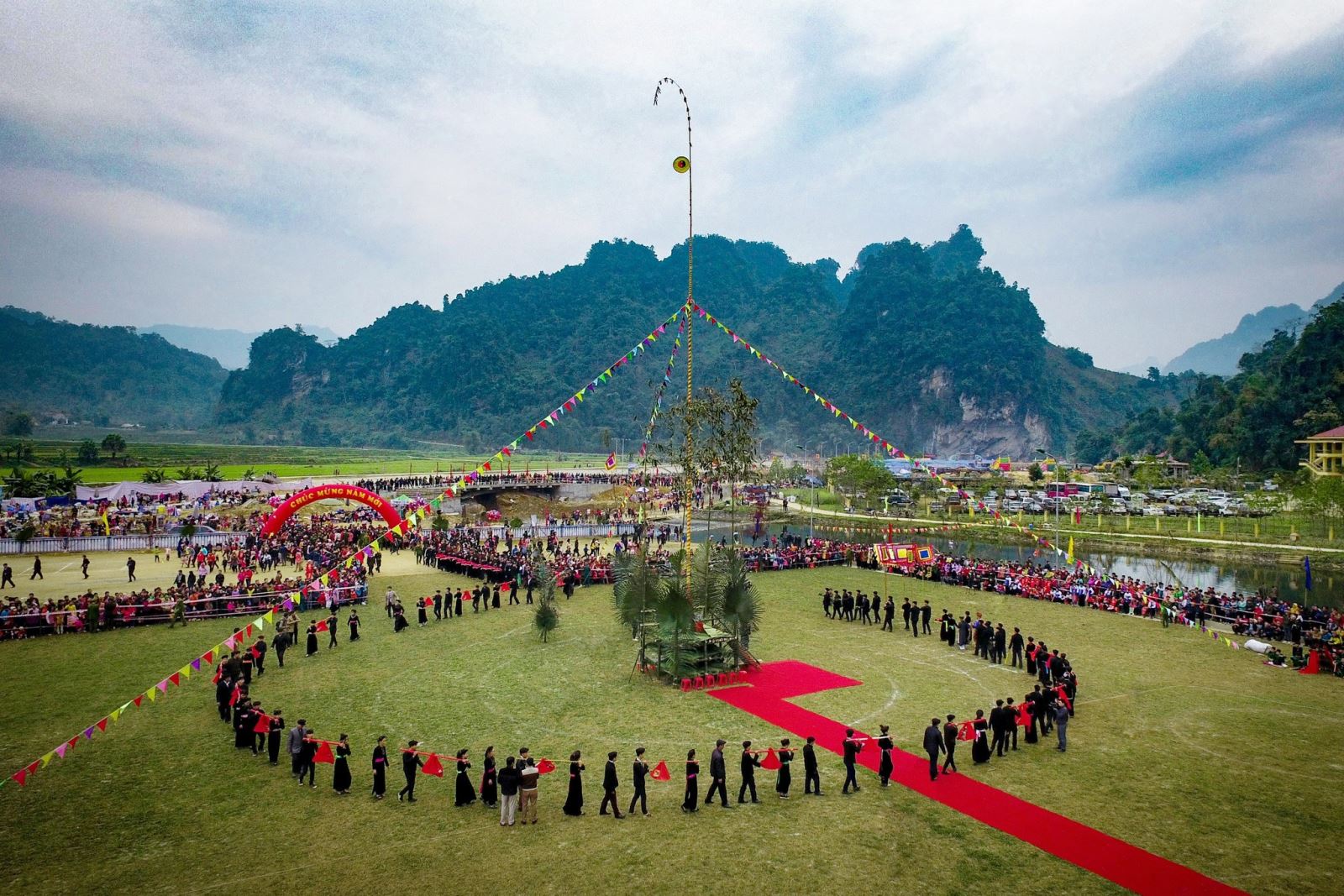
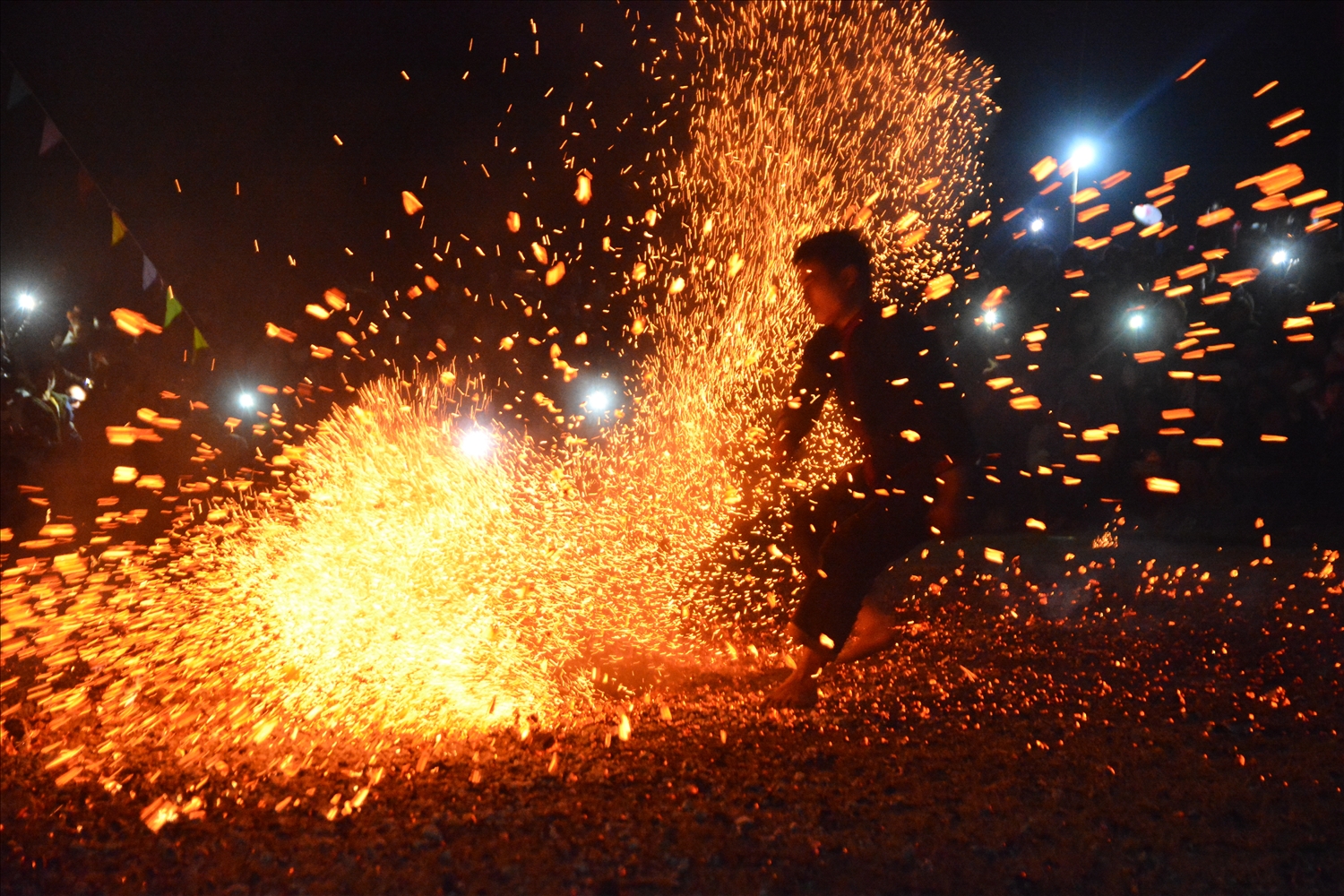
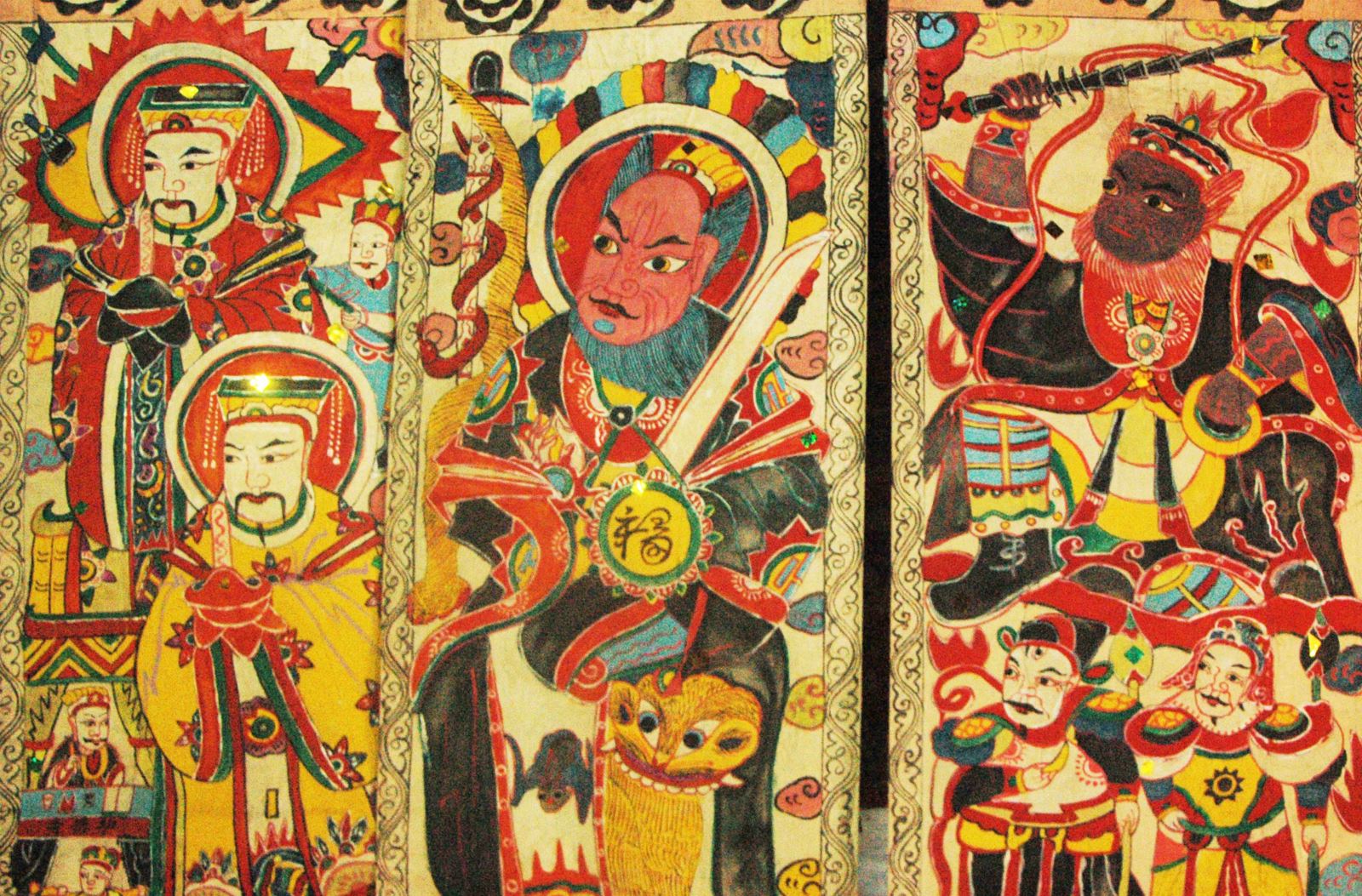
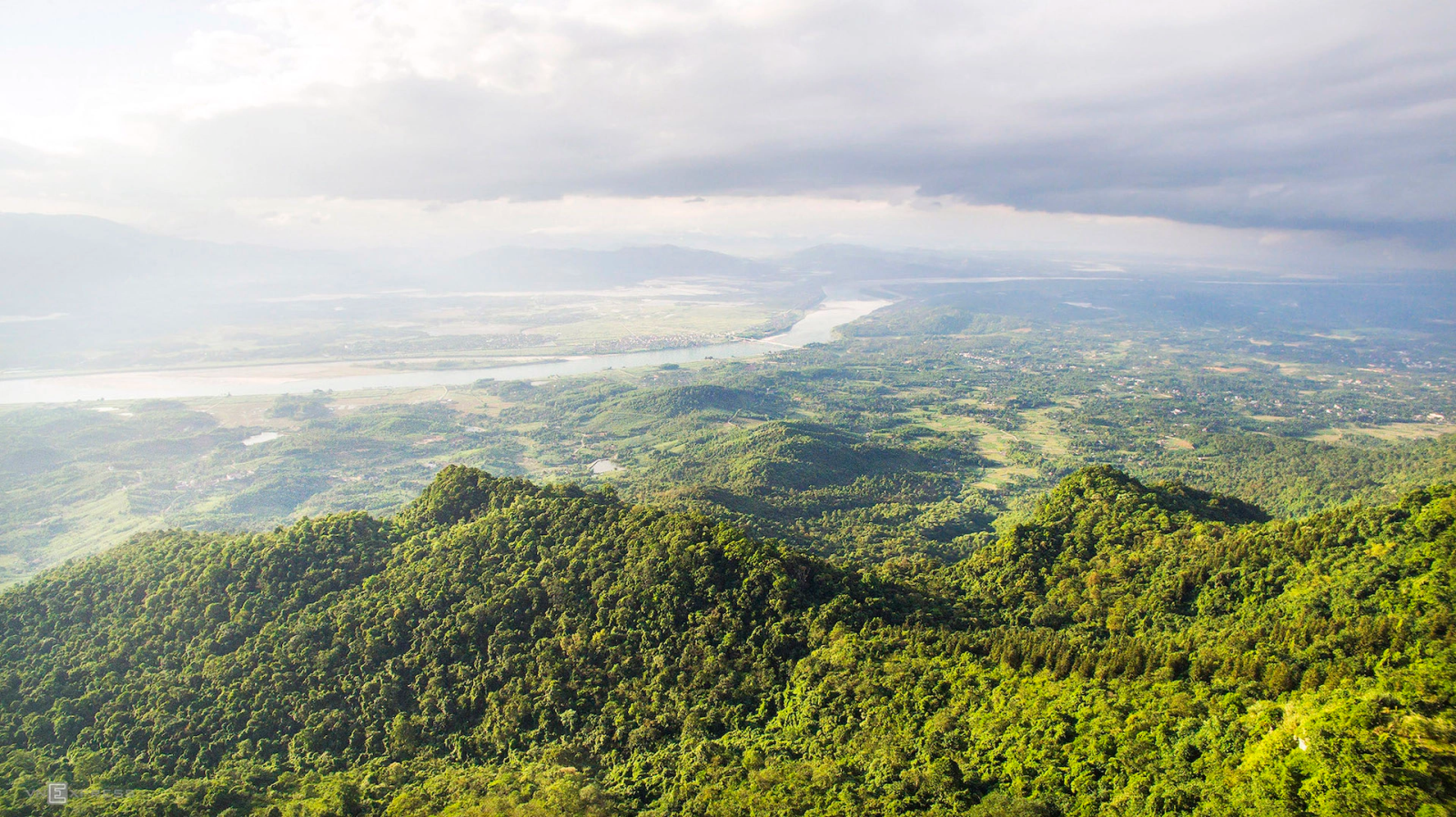
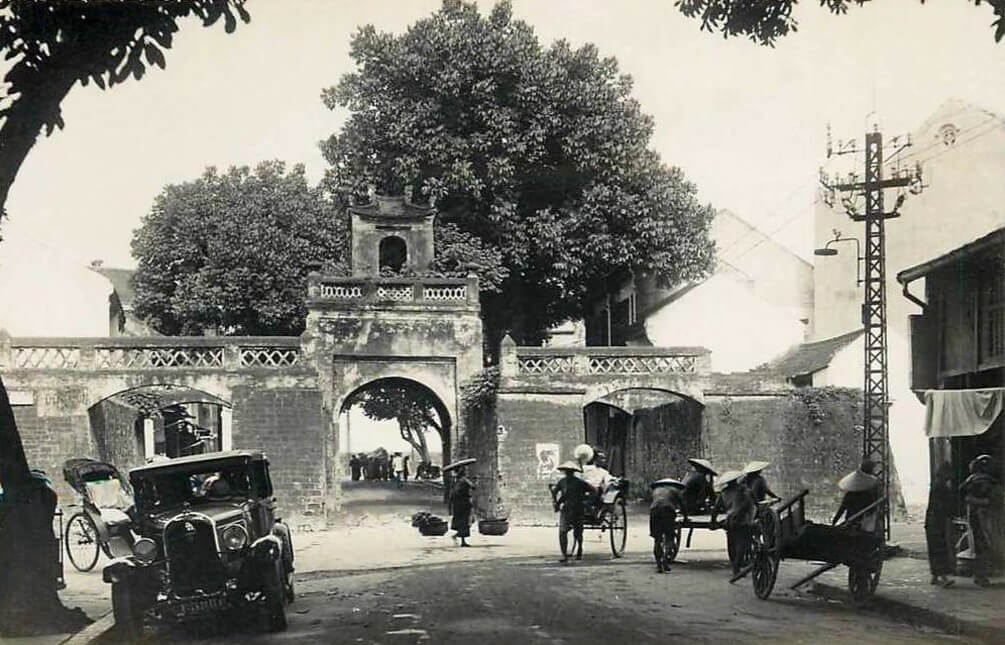
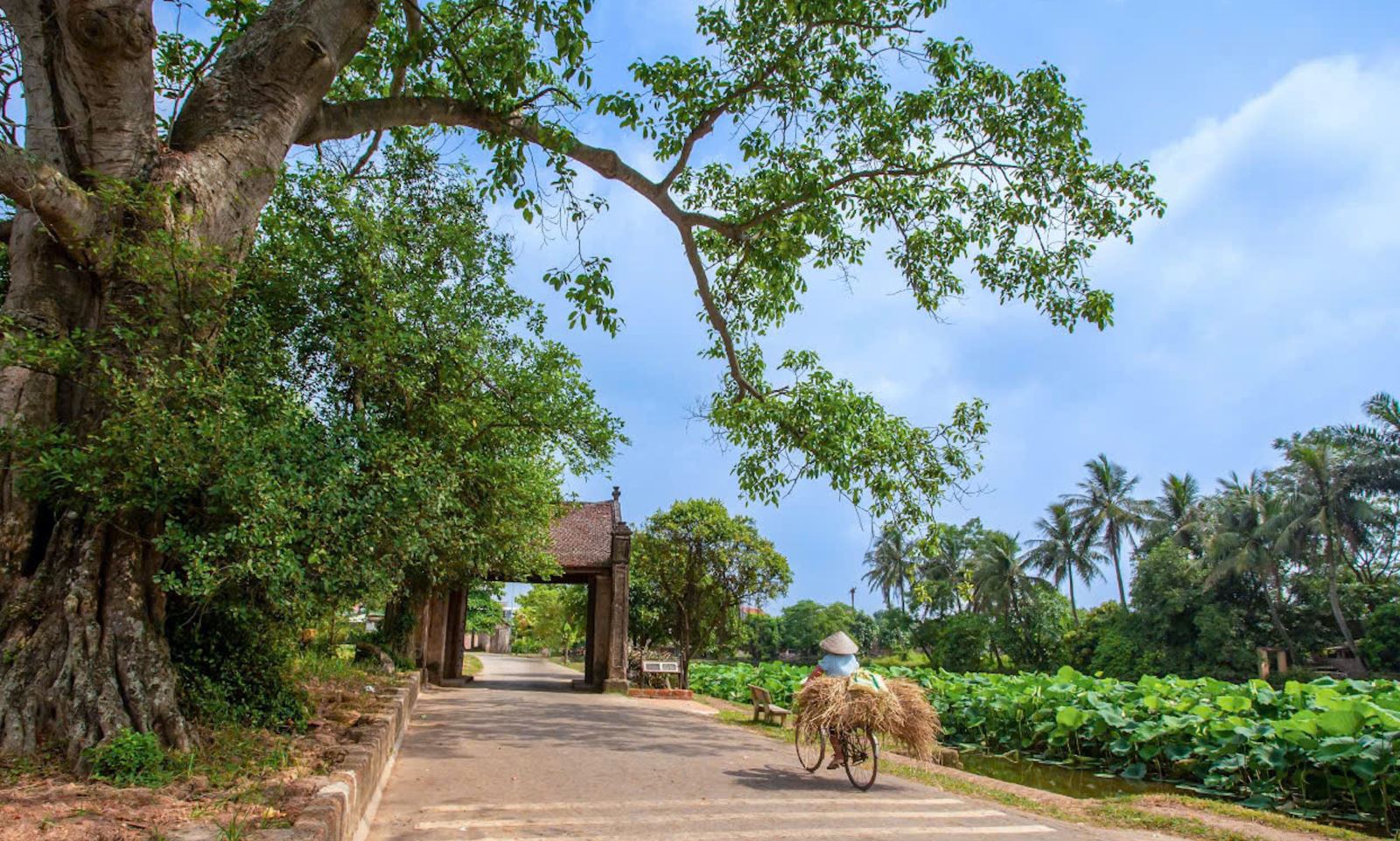
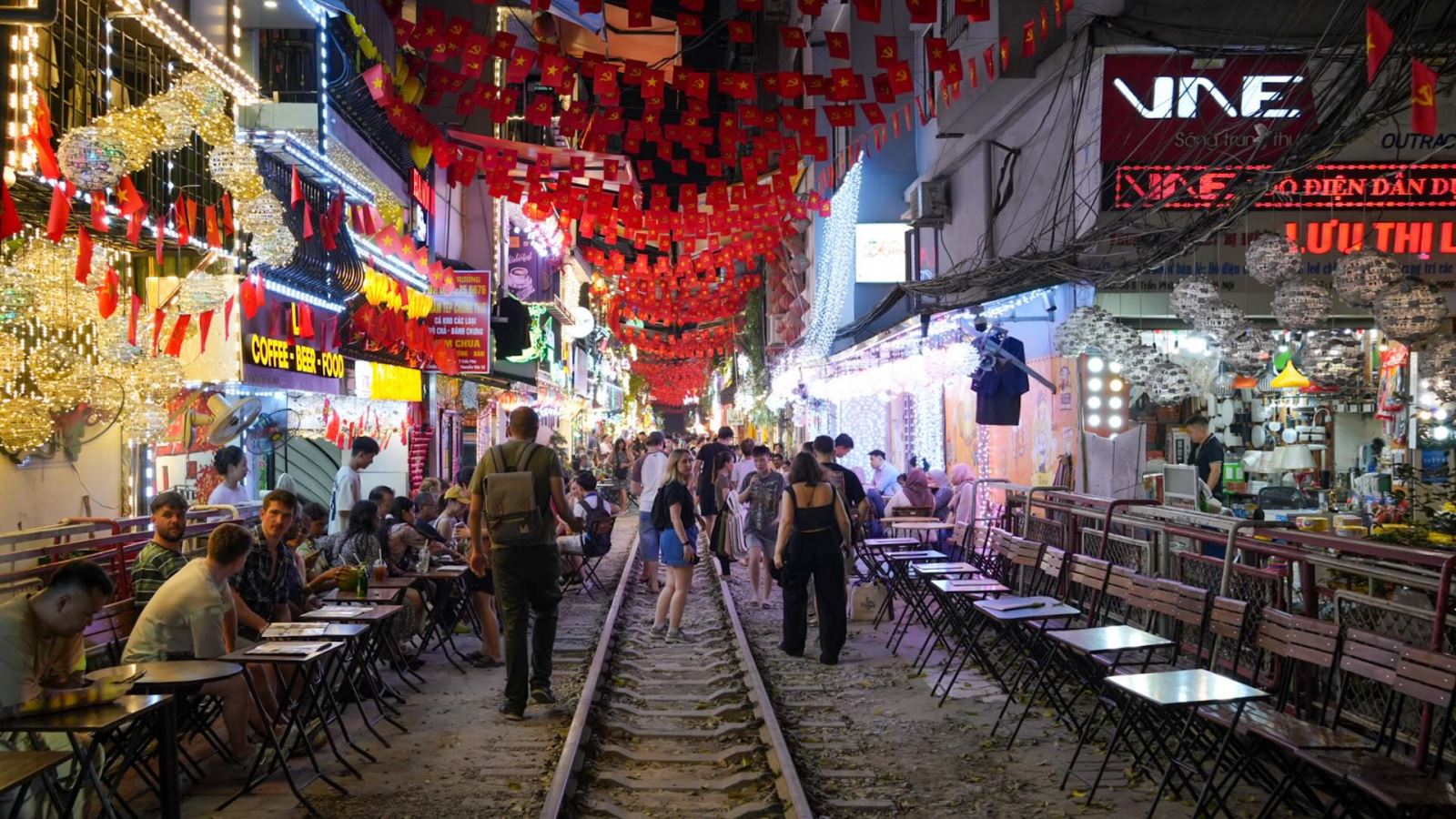
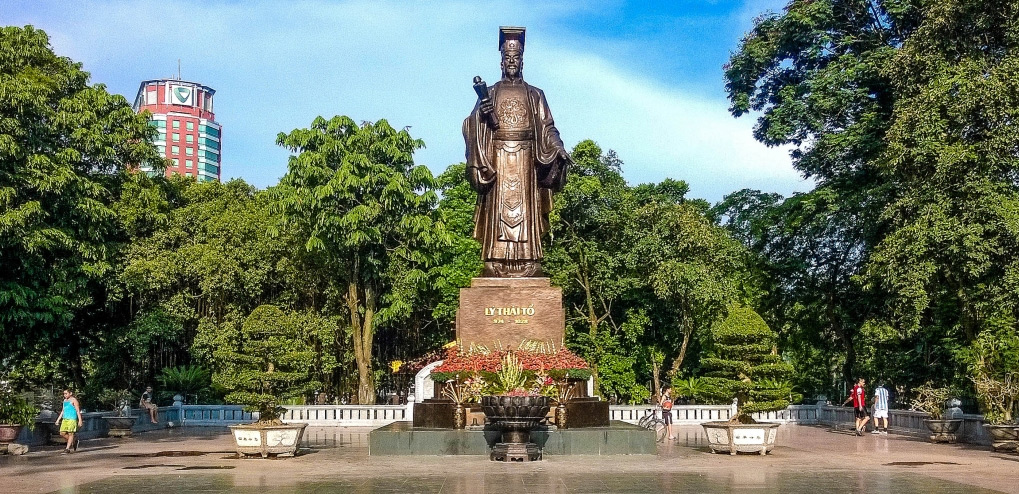
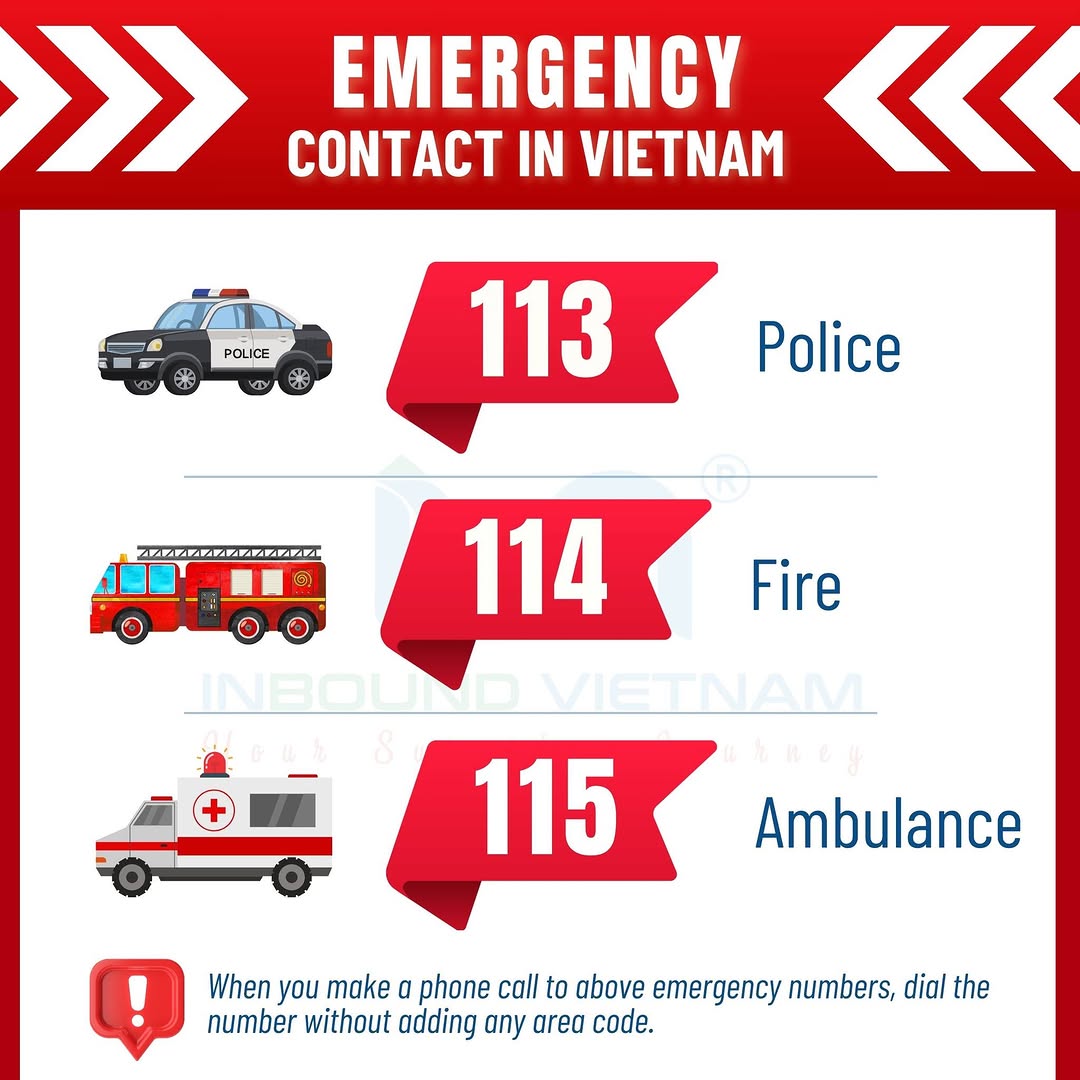

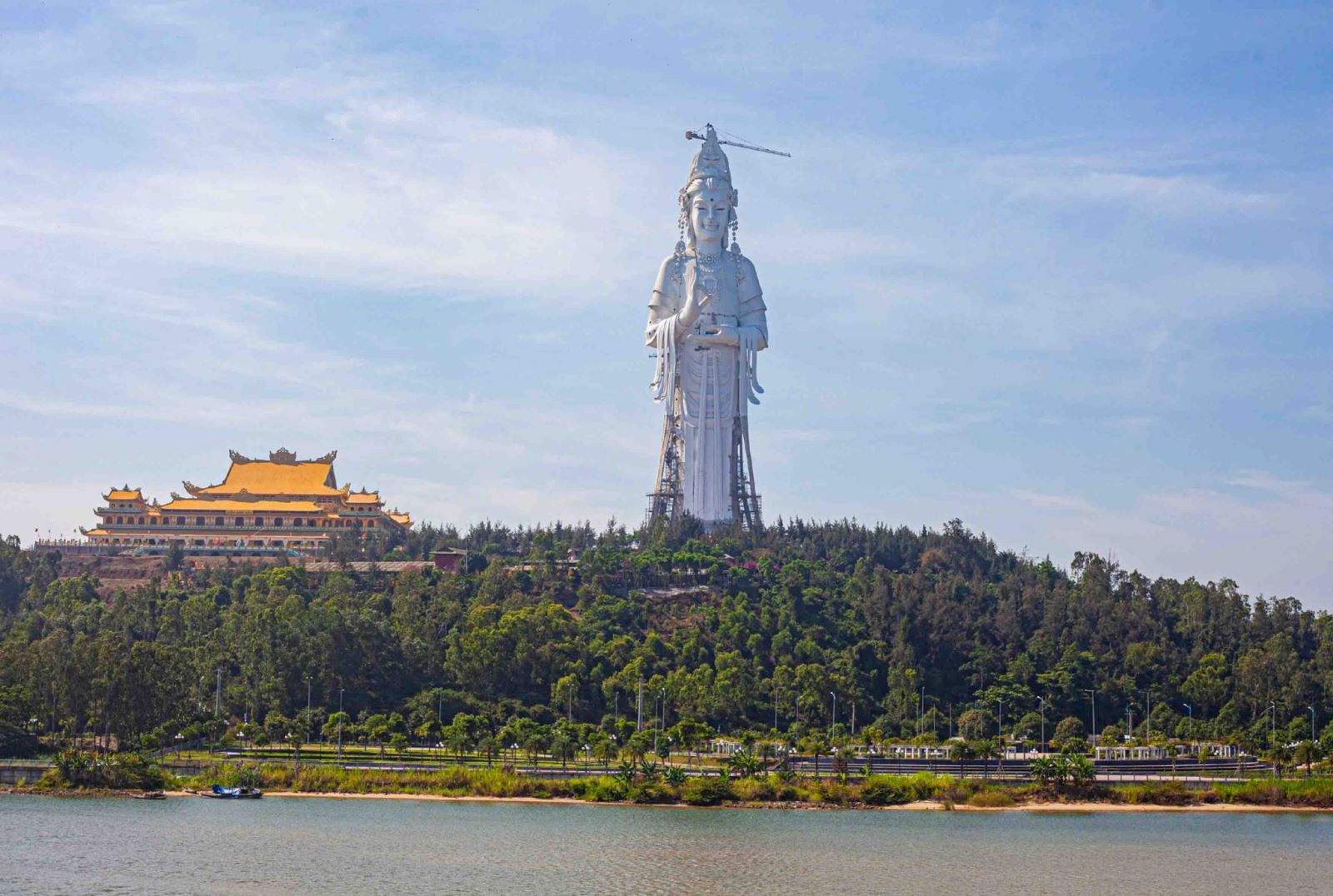
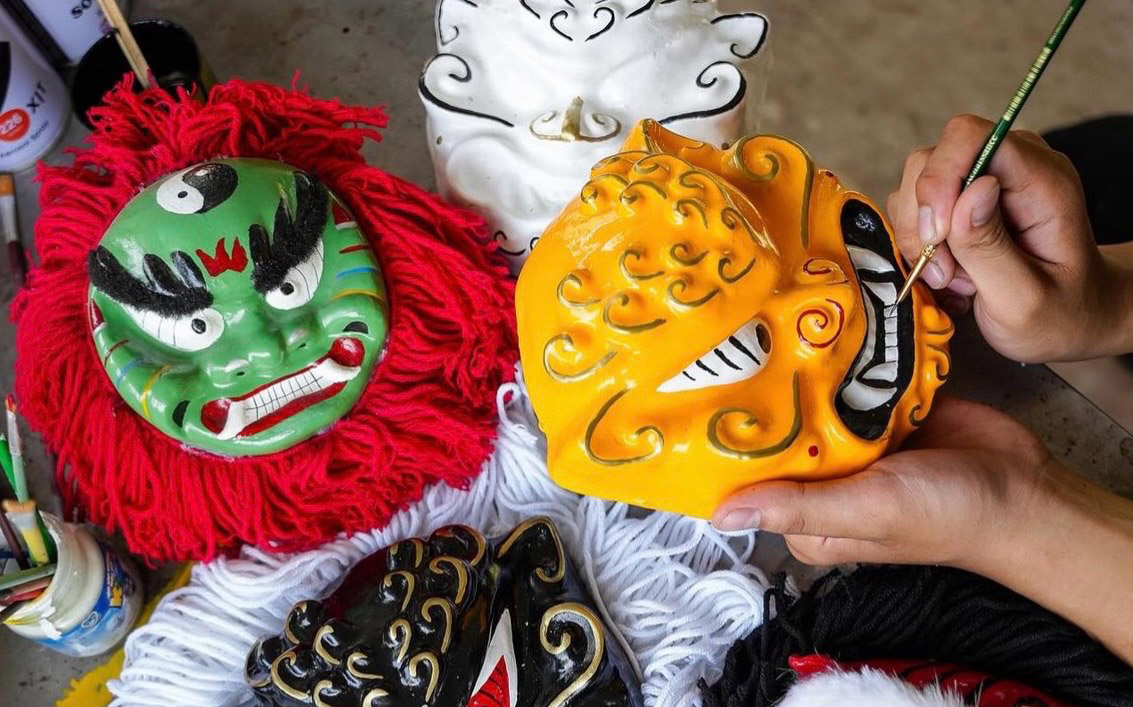
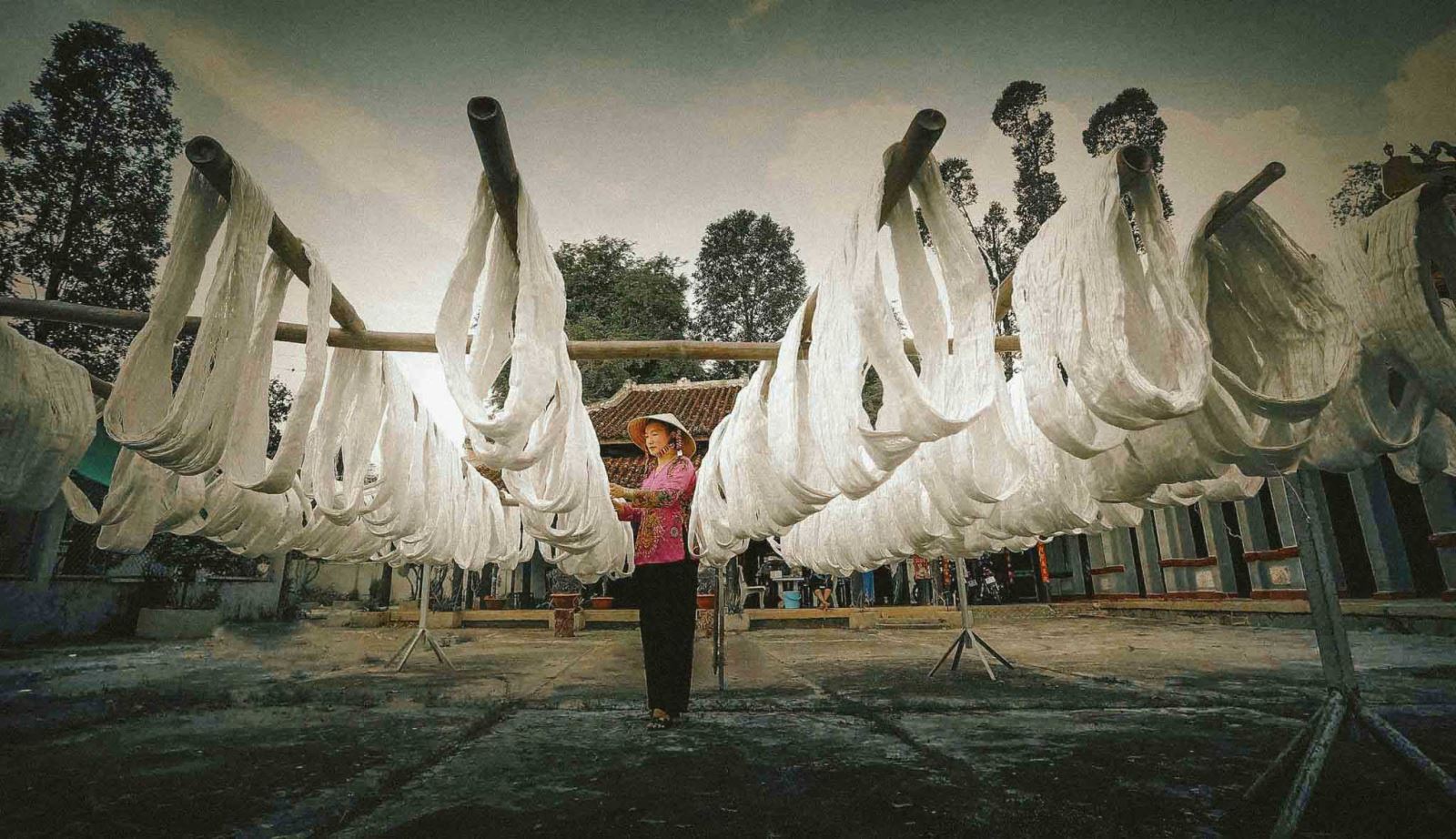
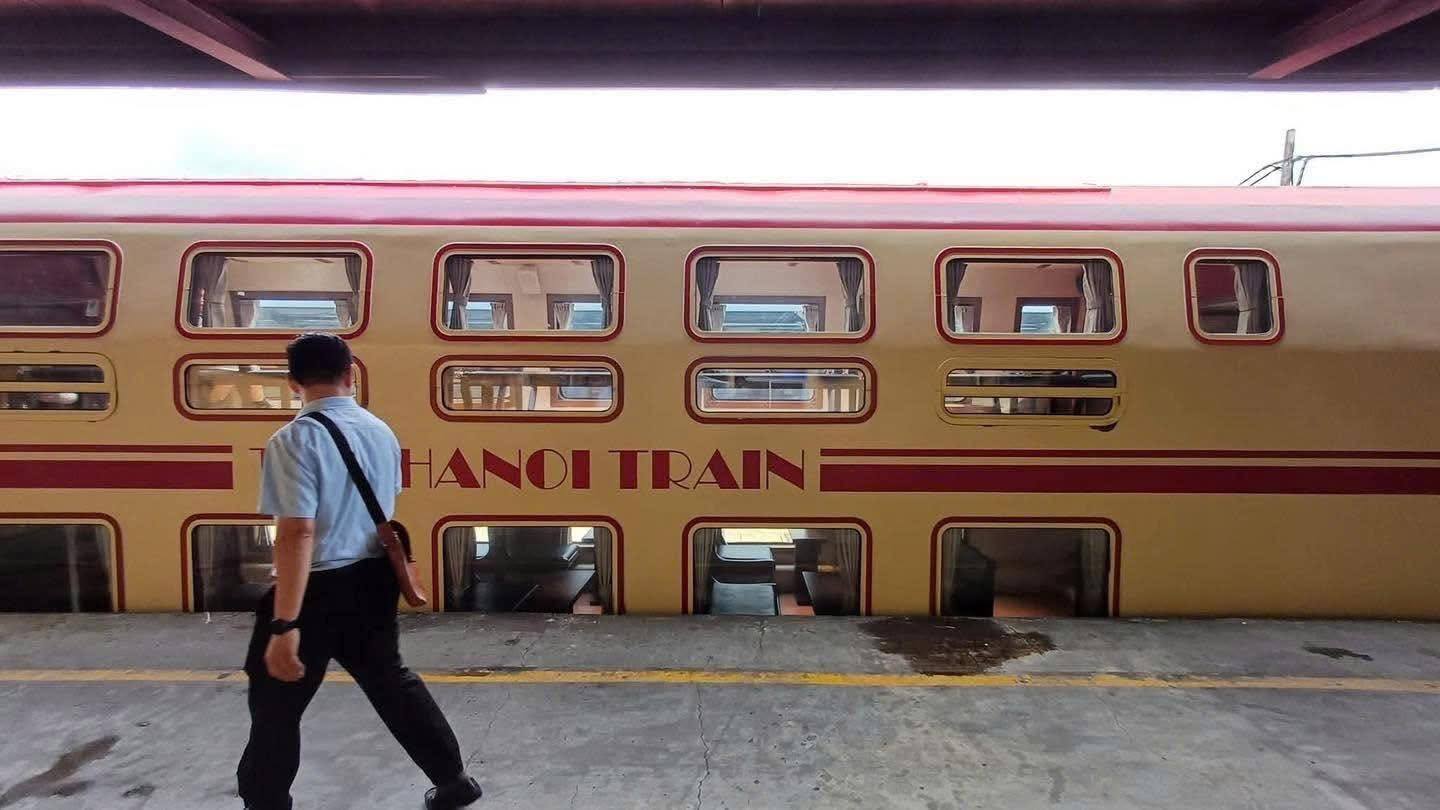
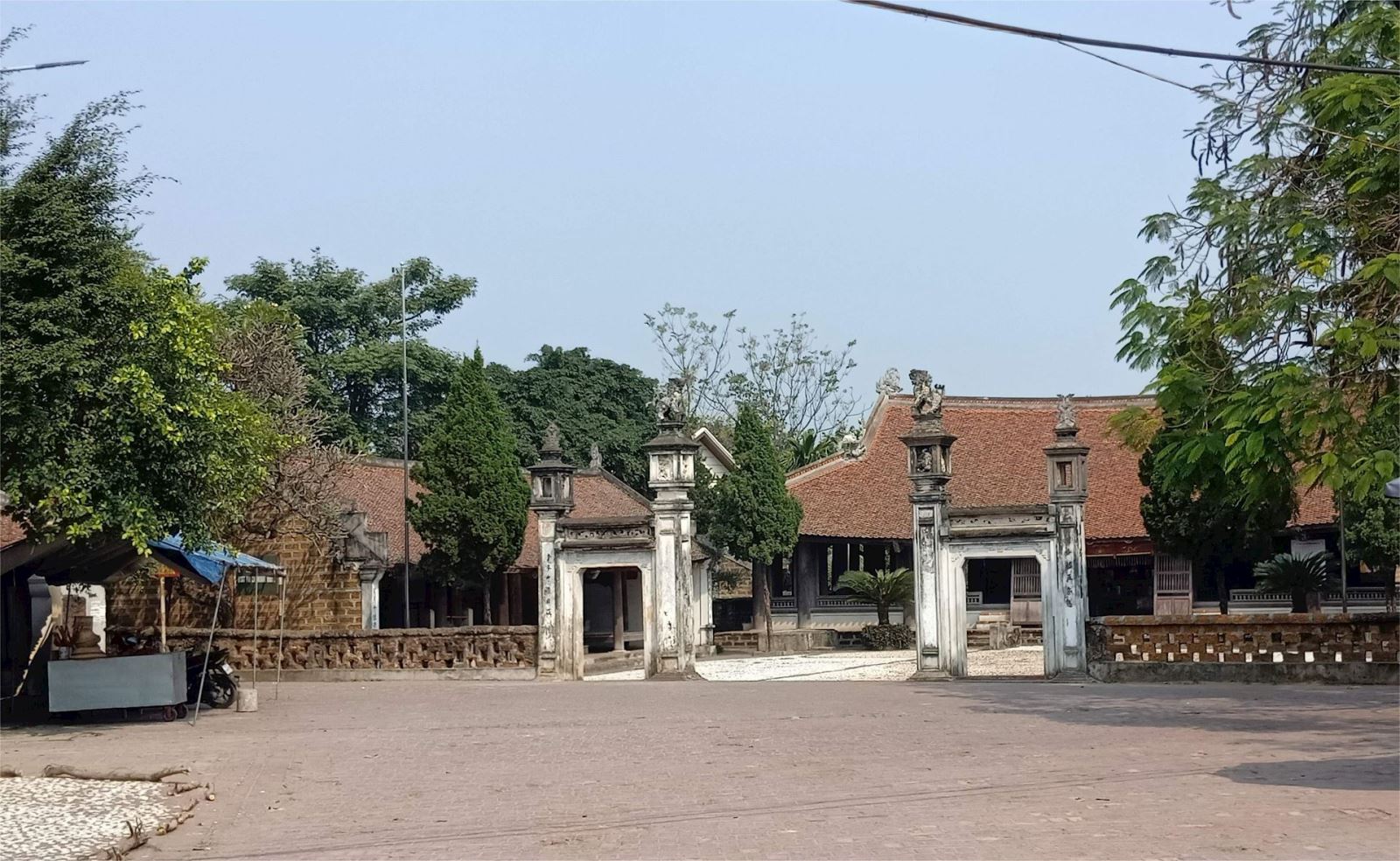
.png)